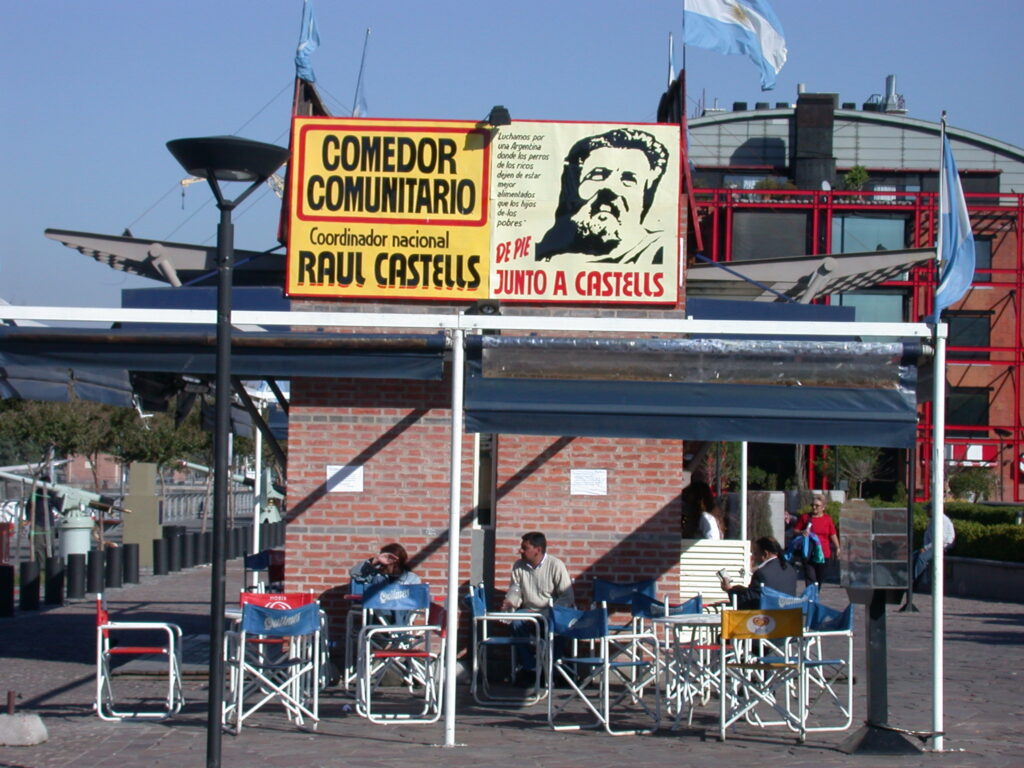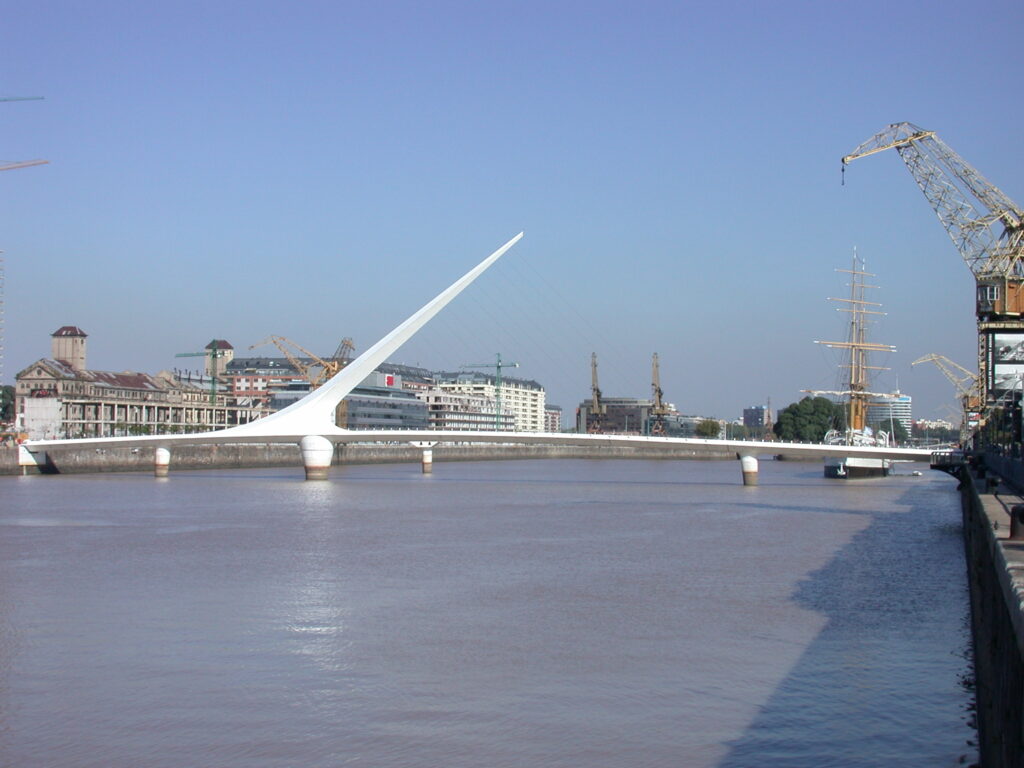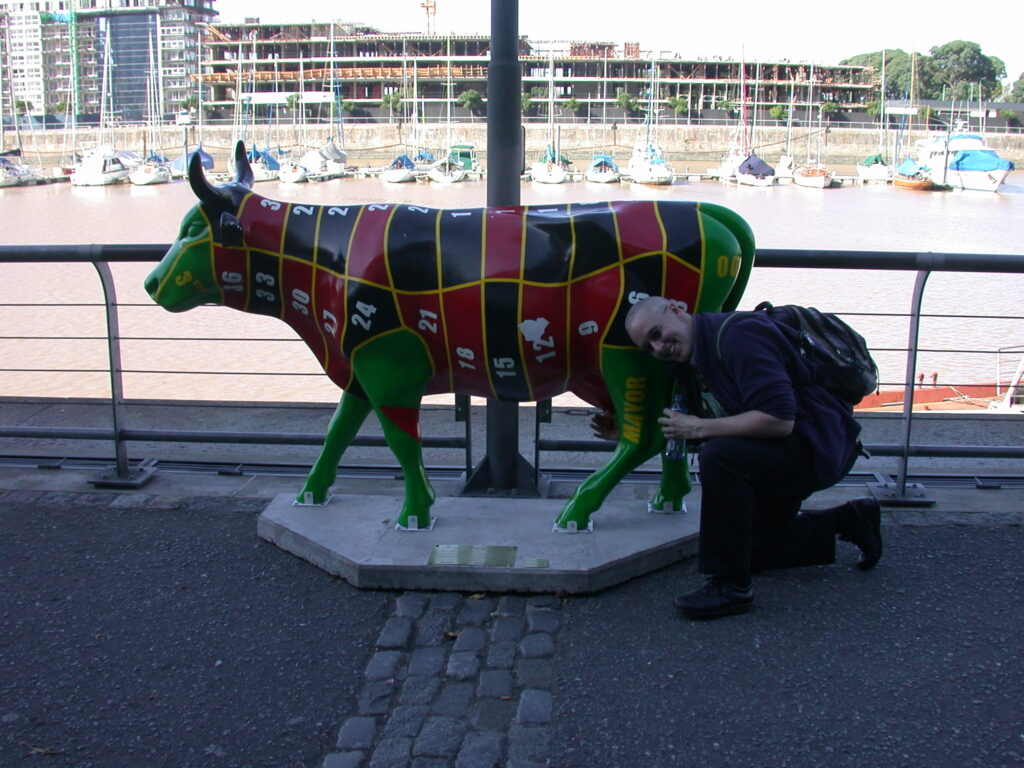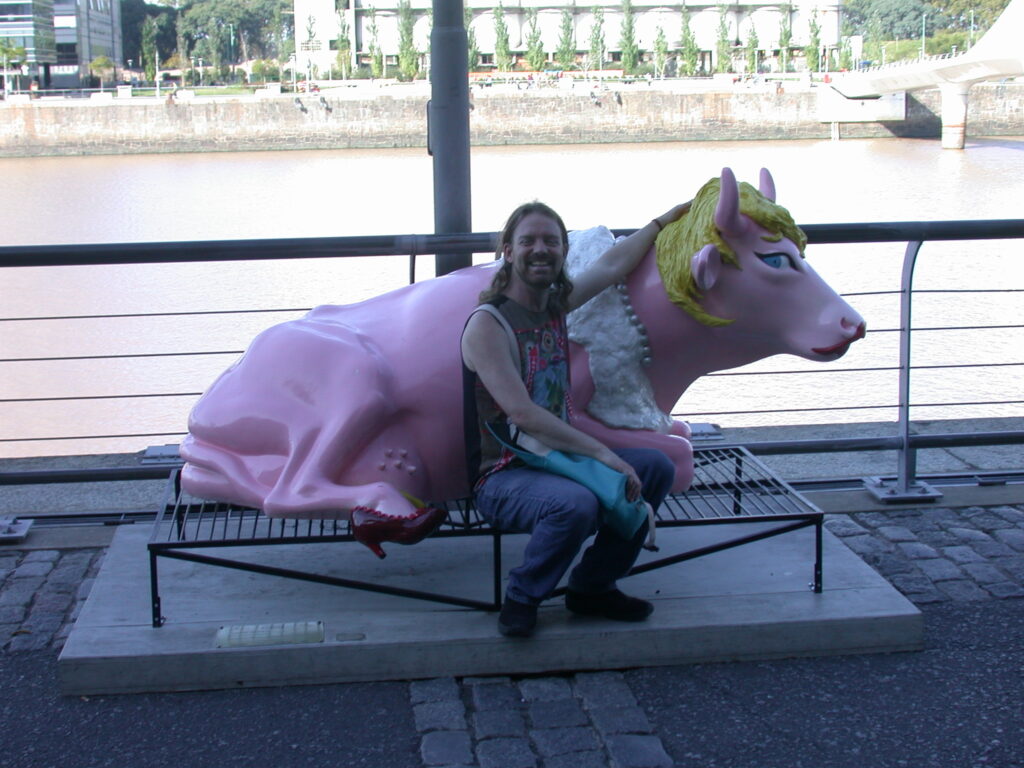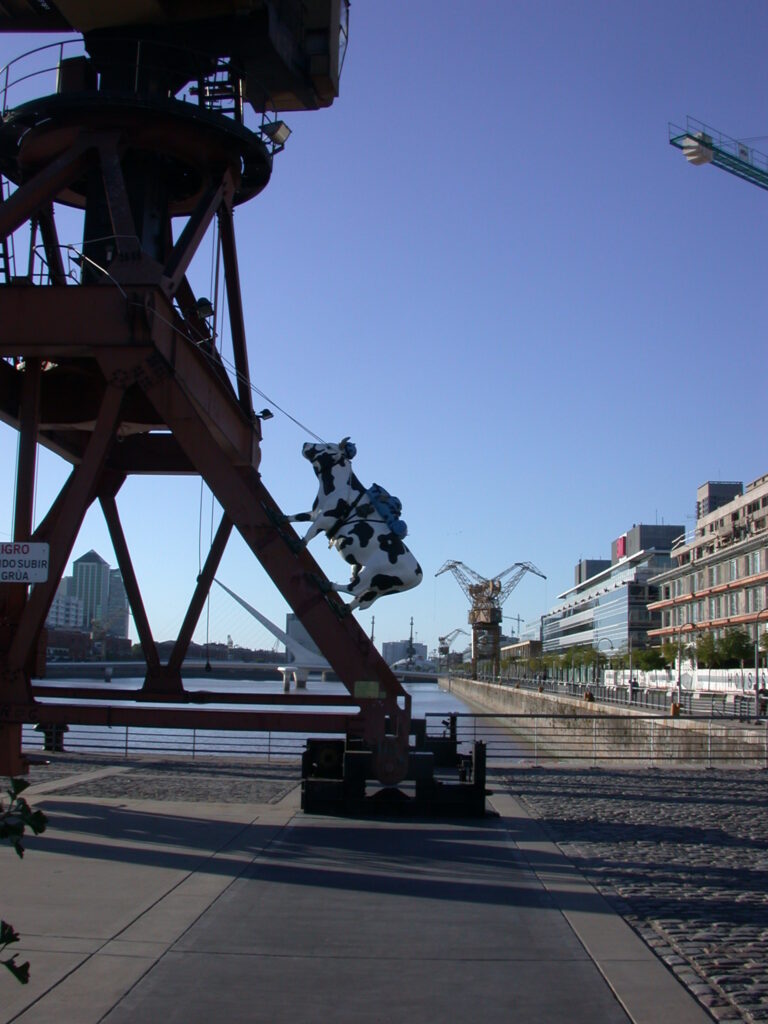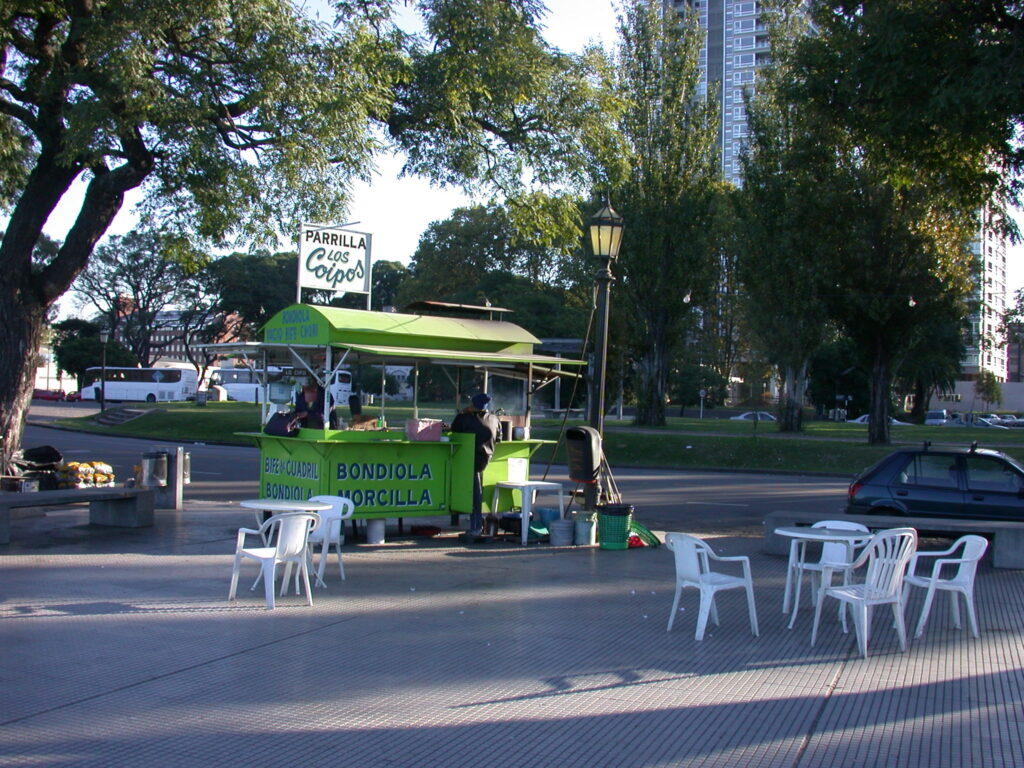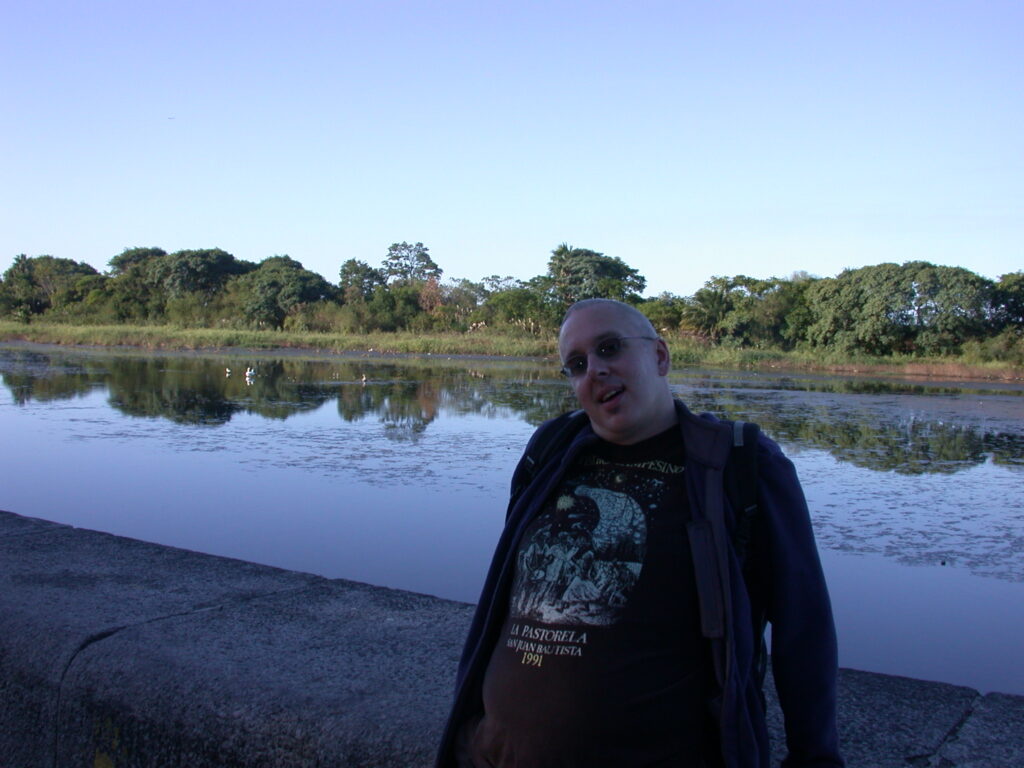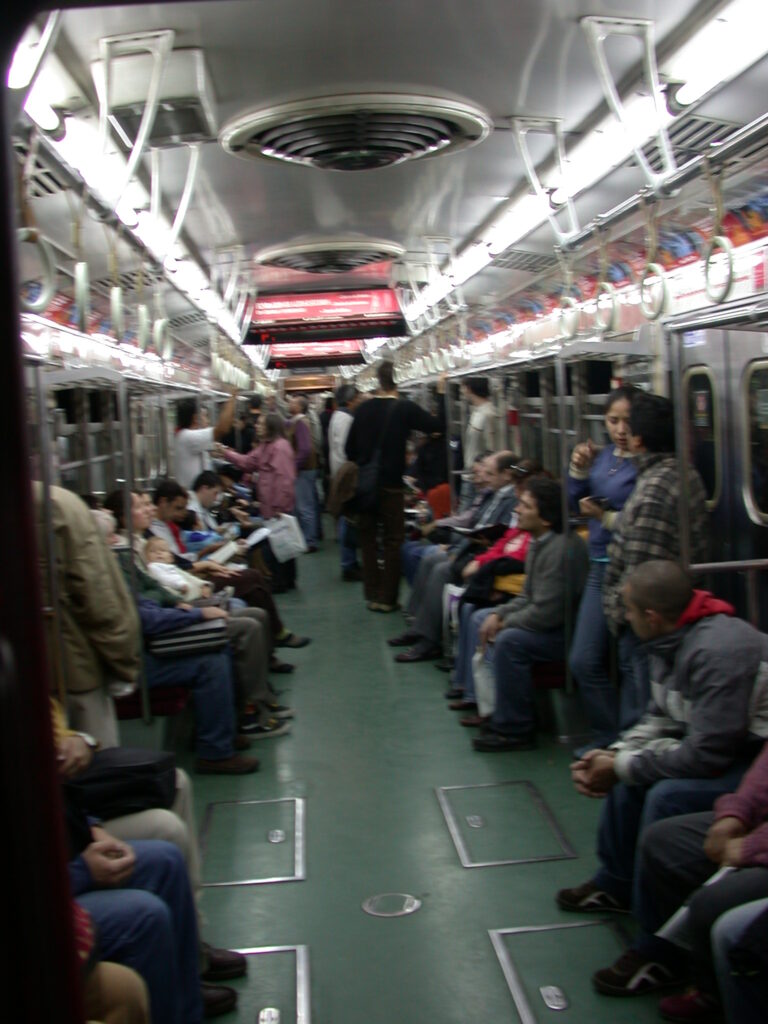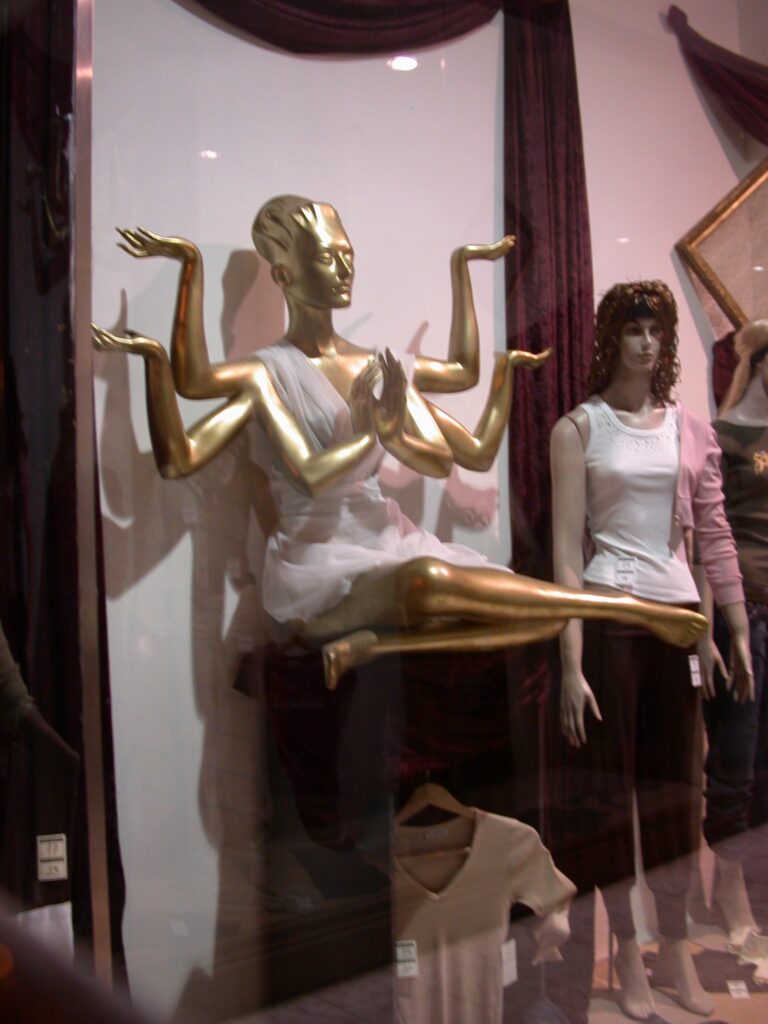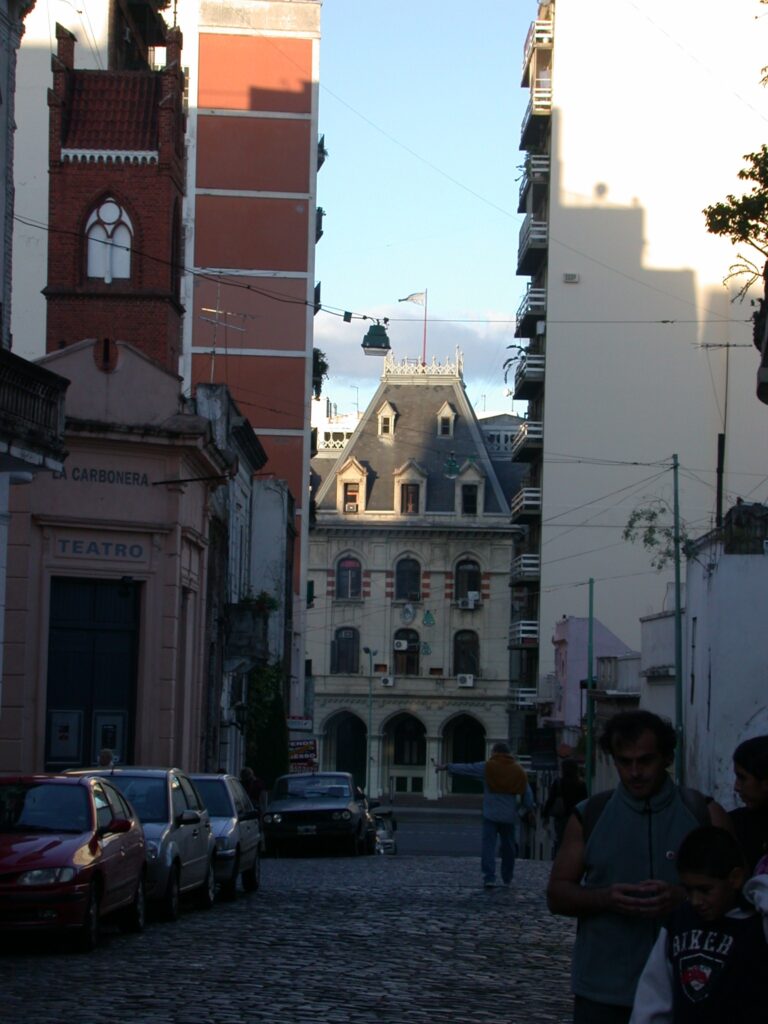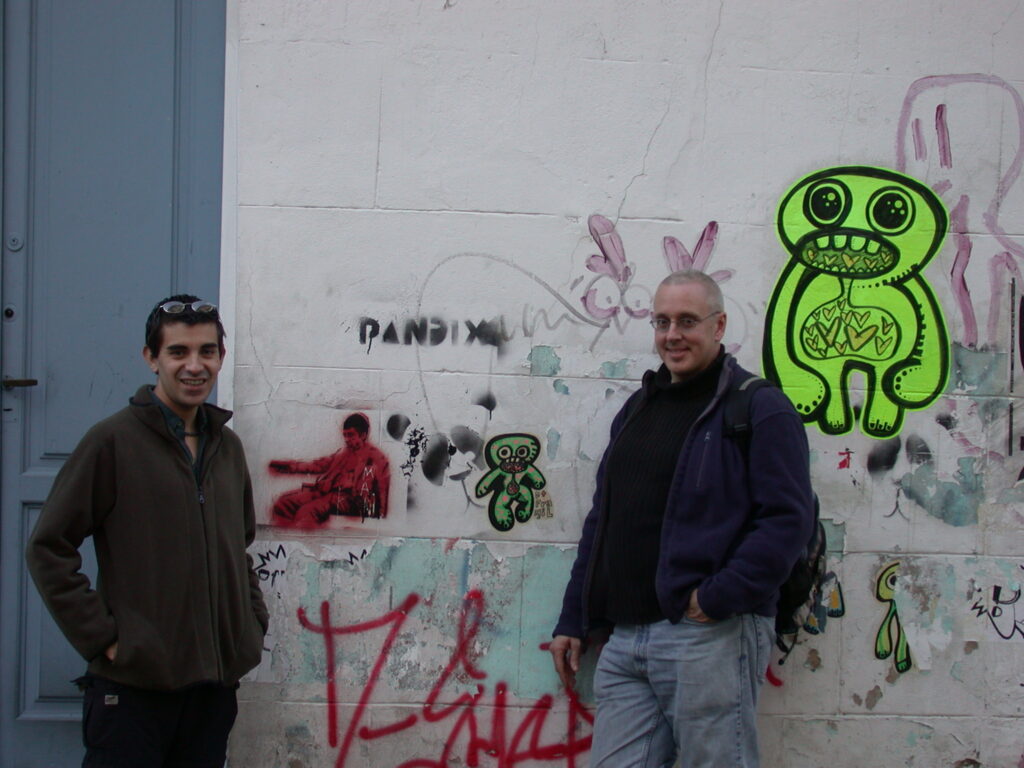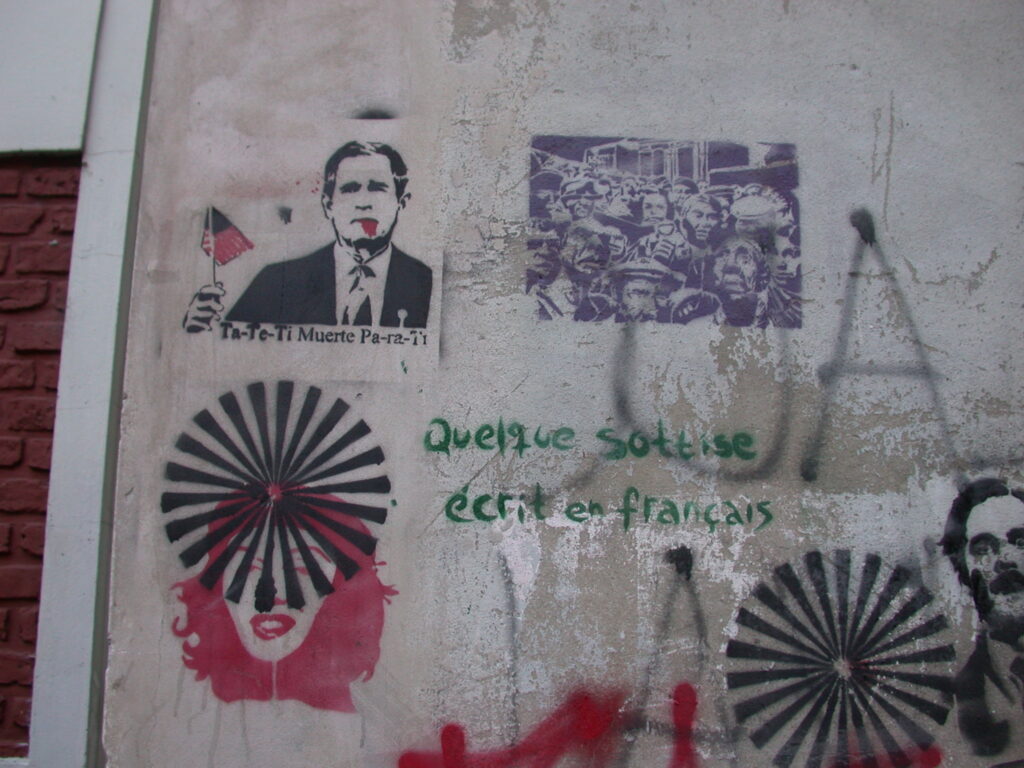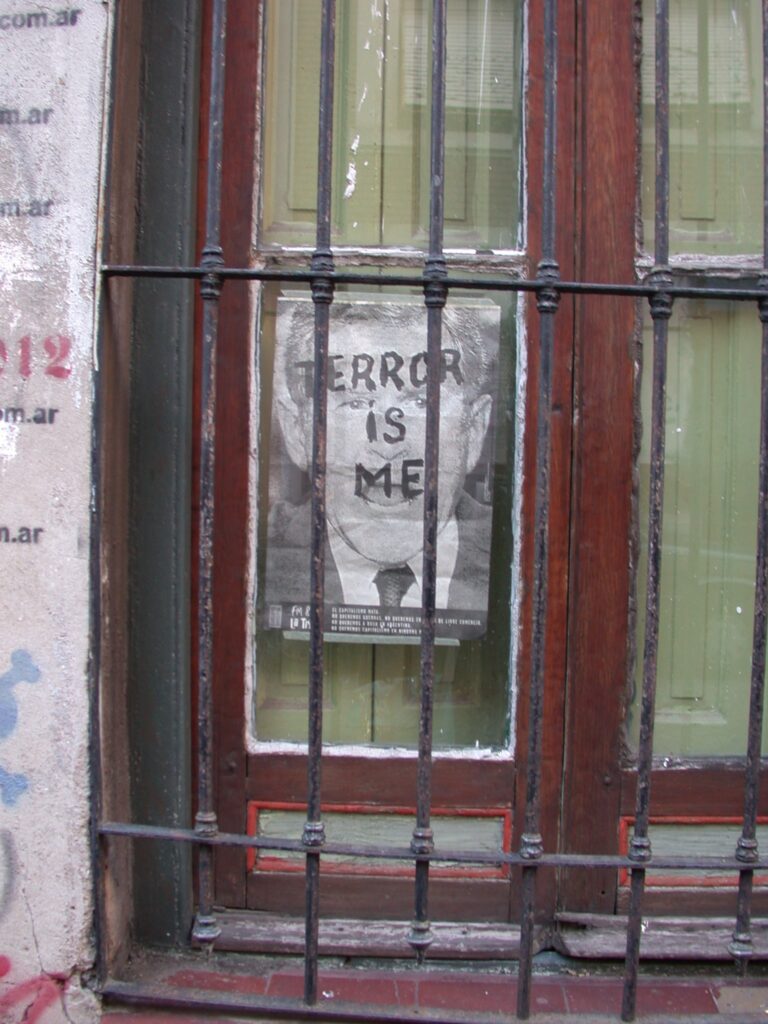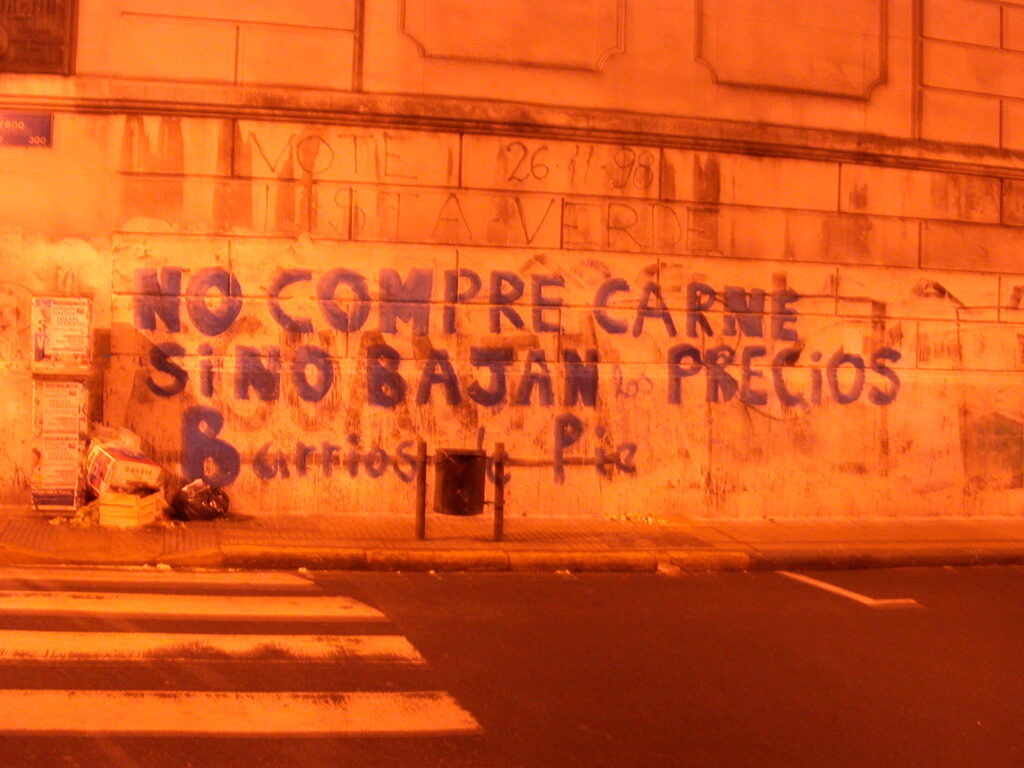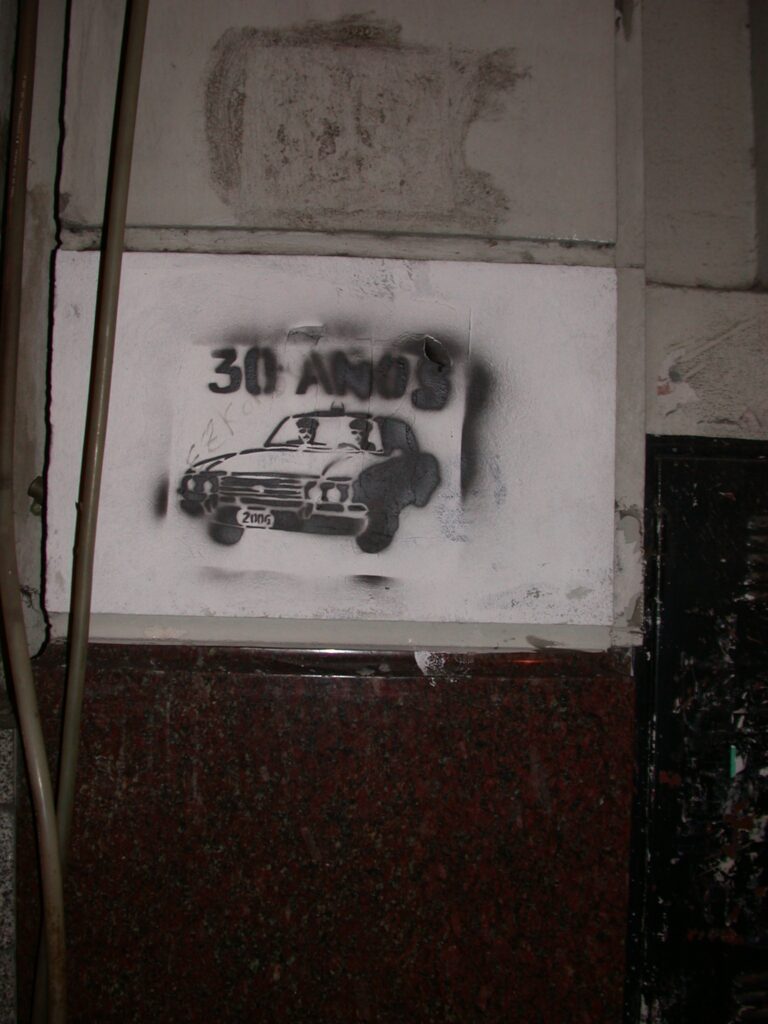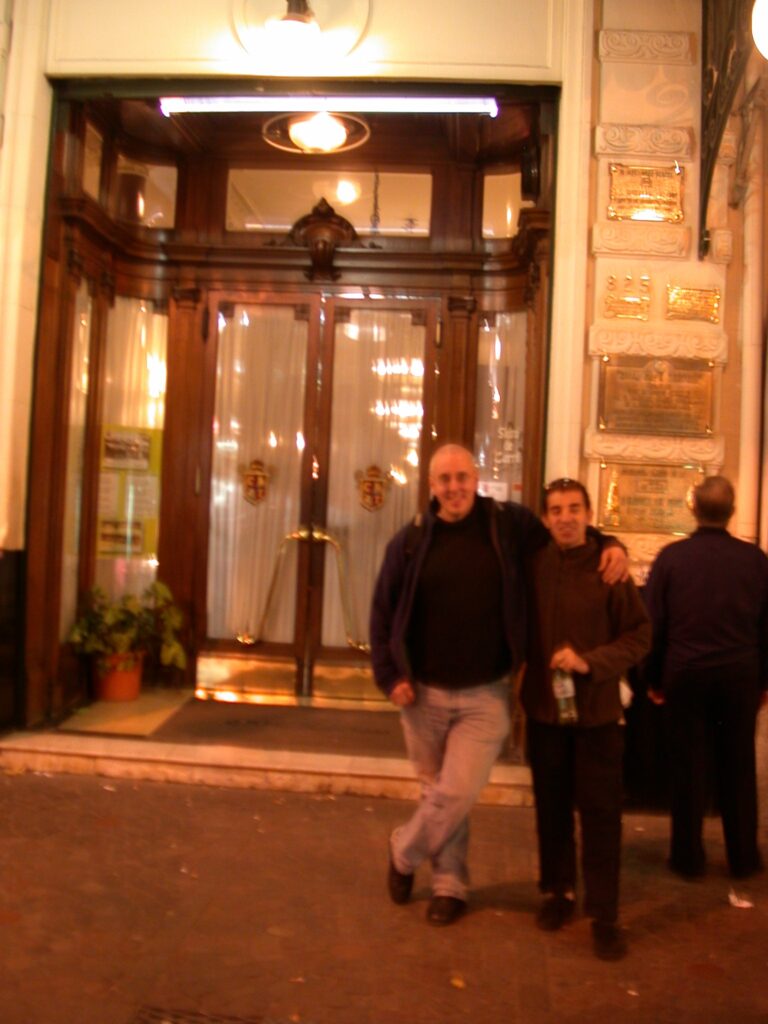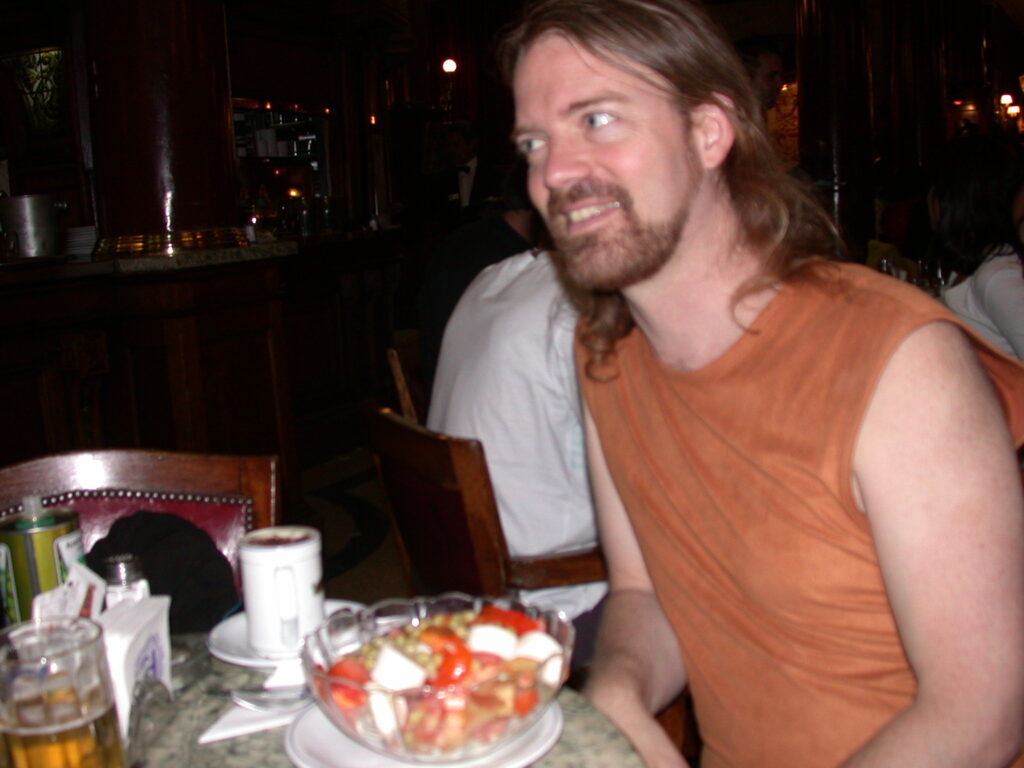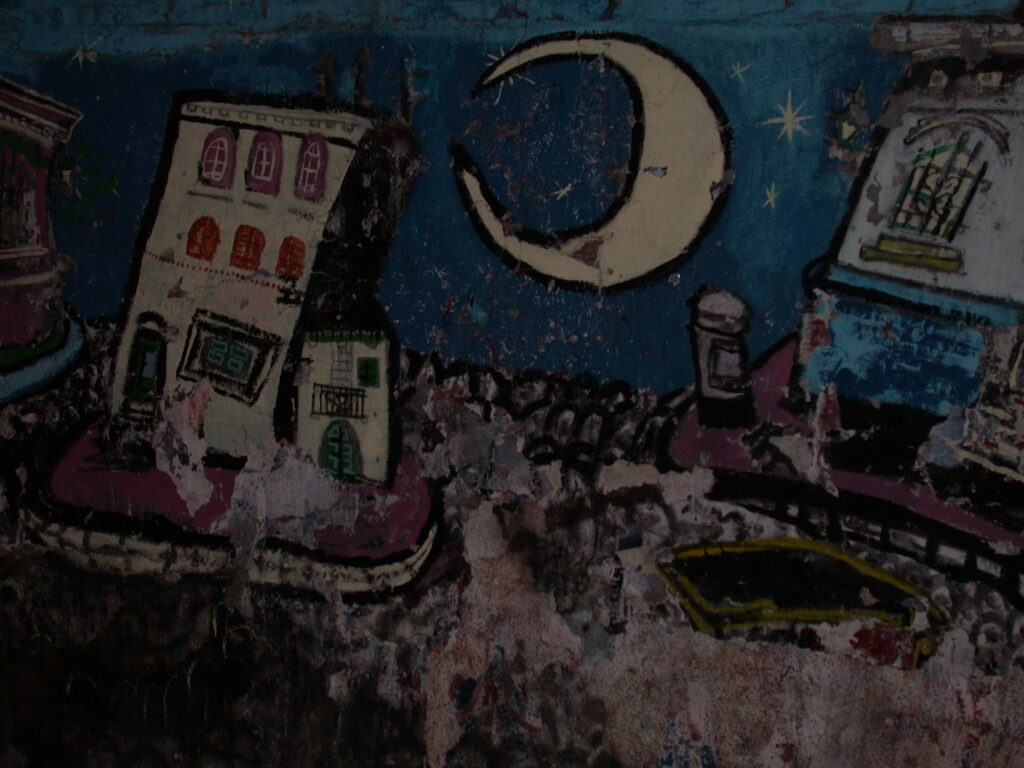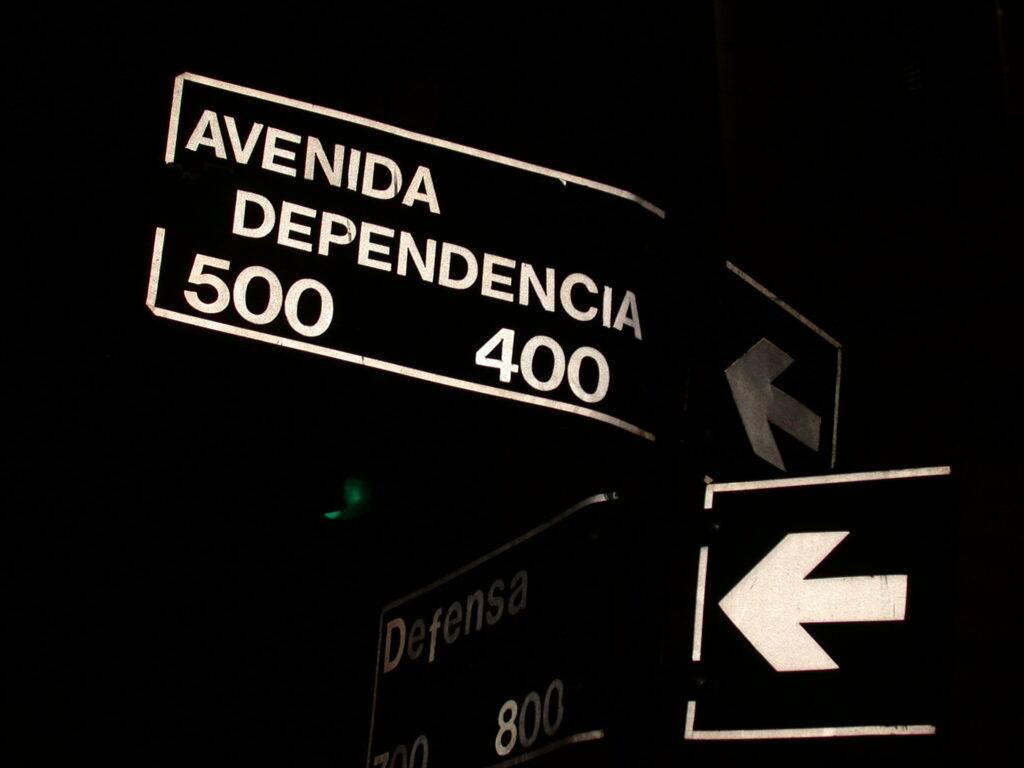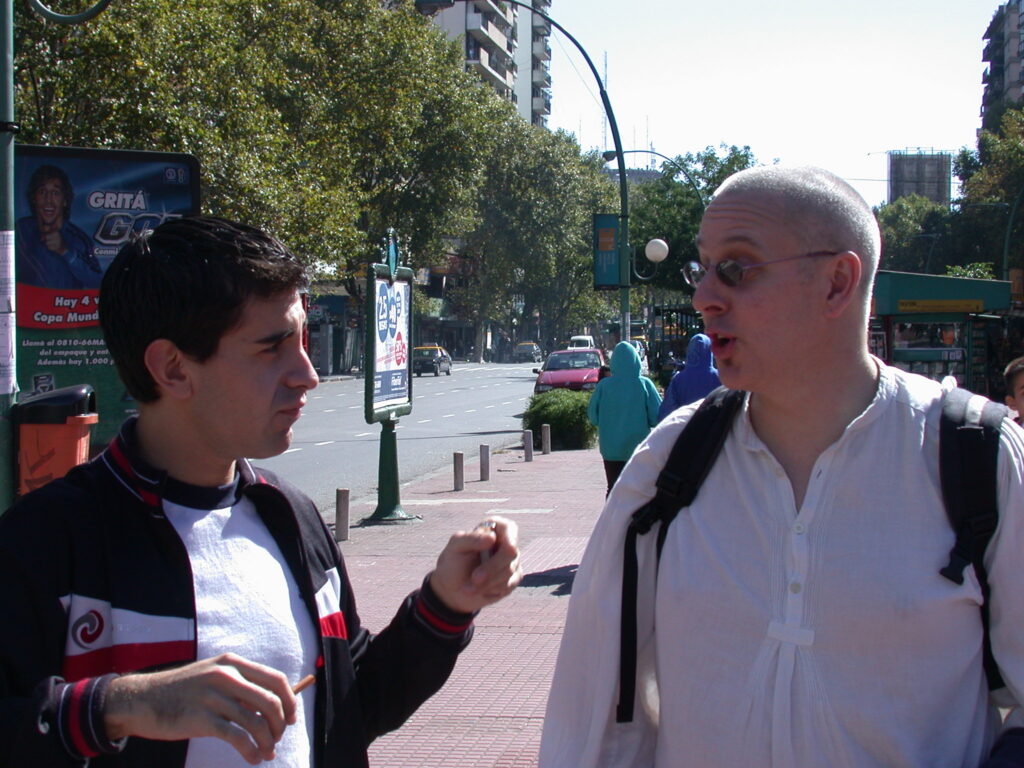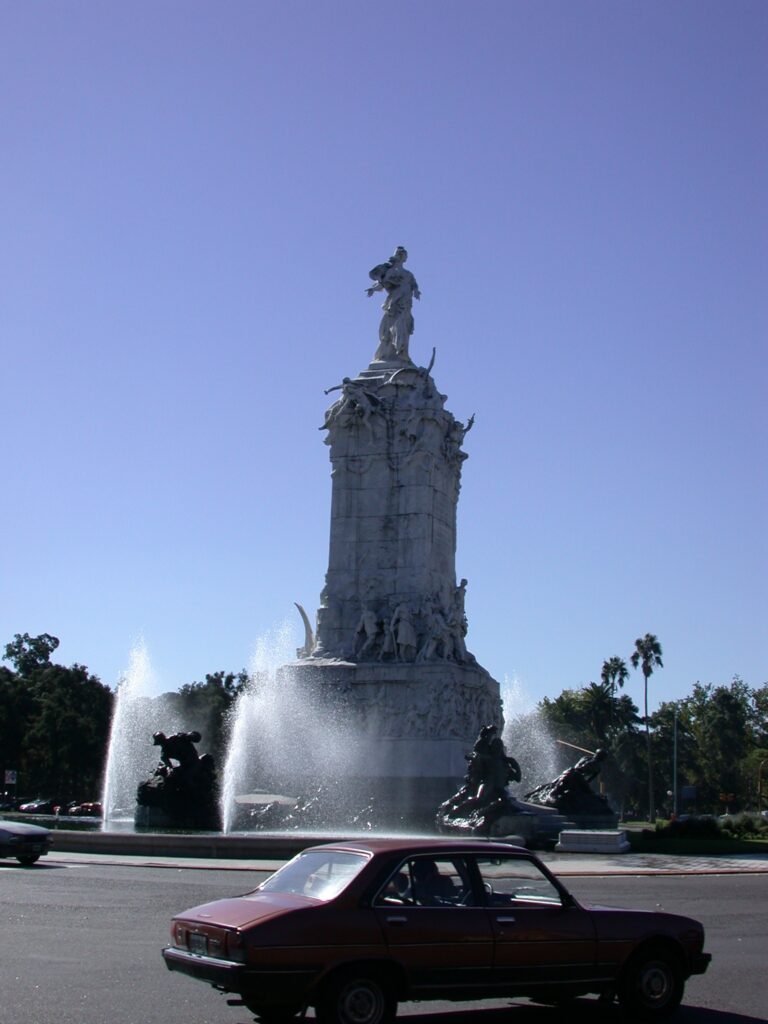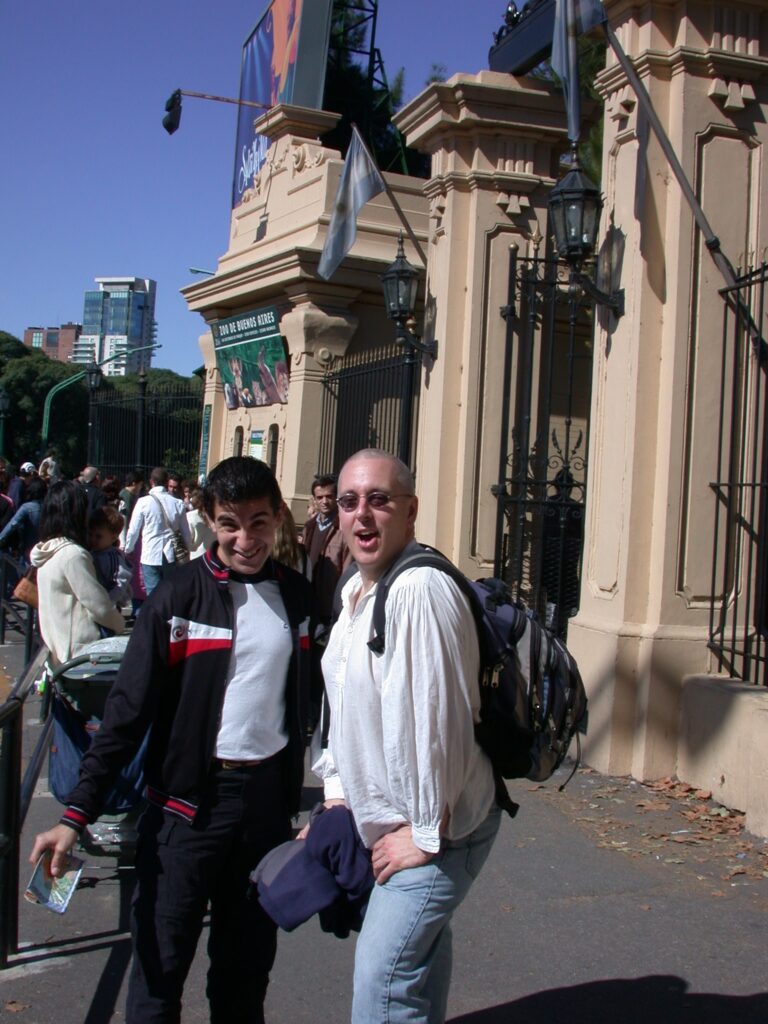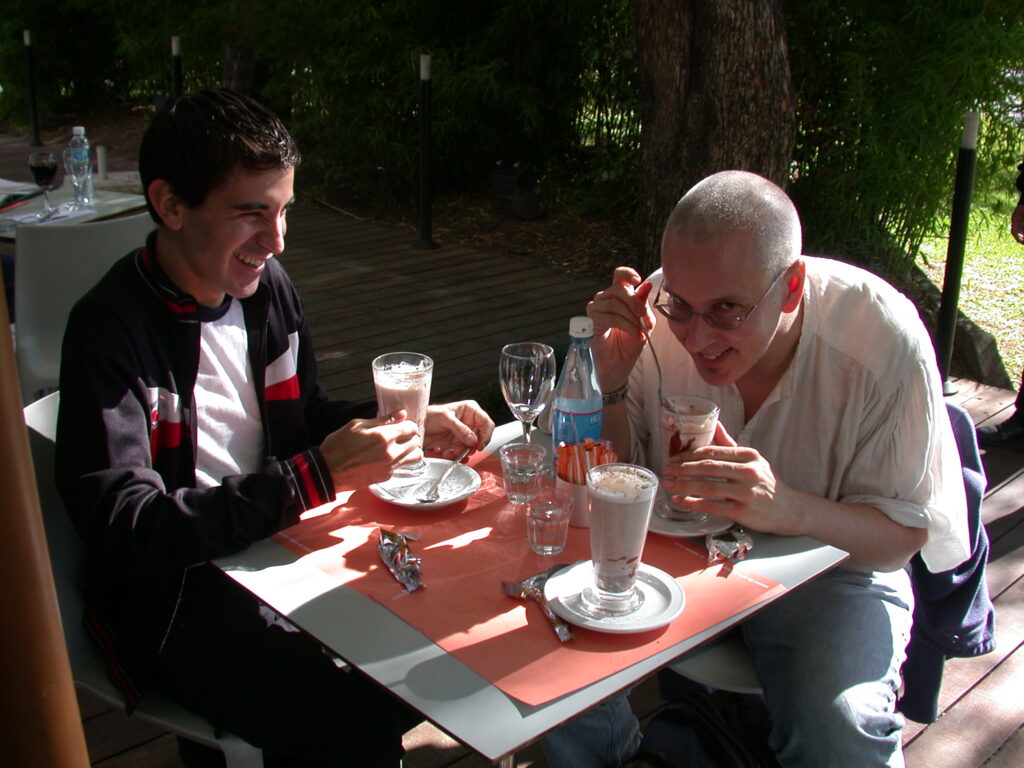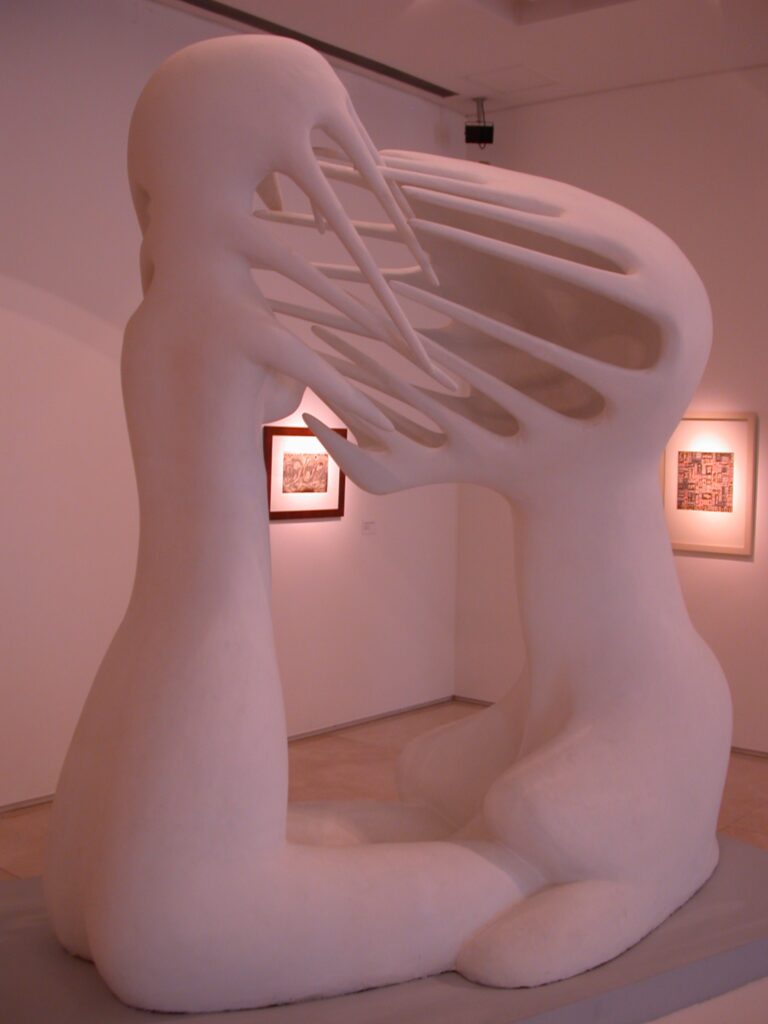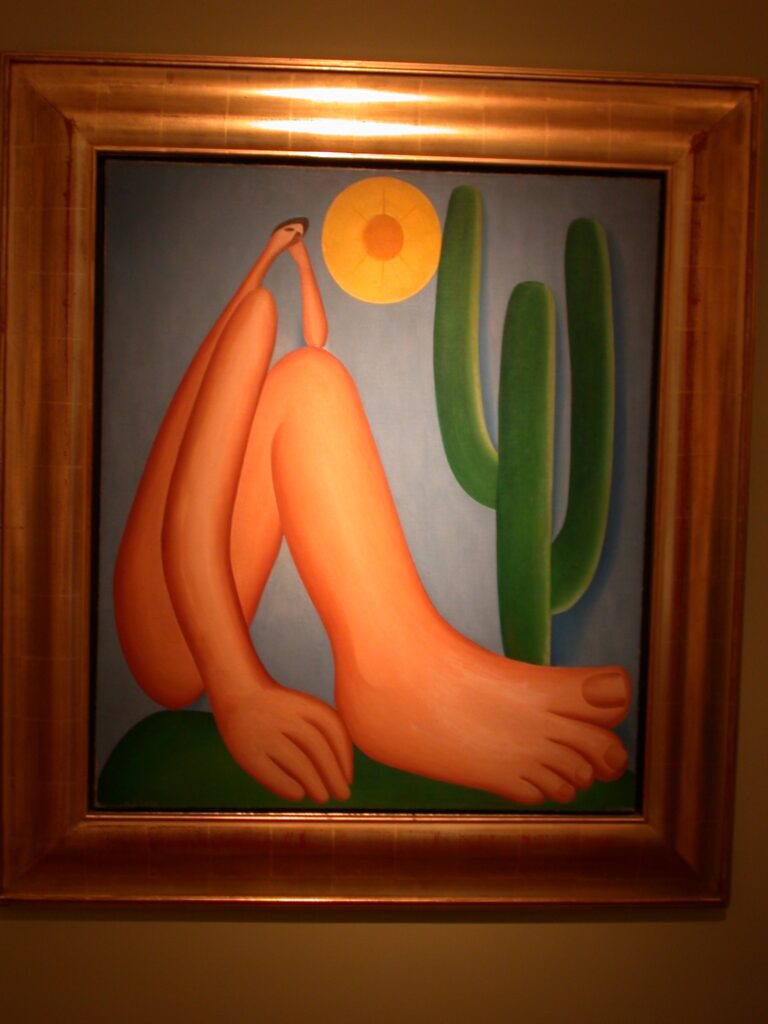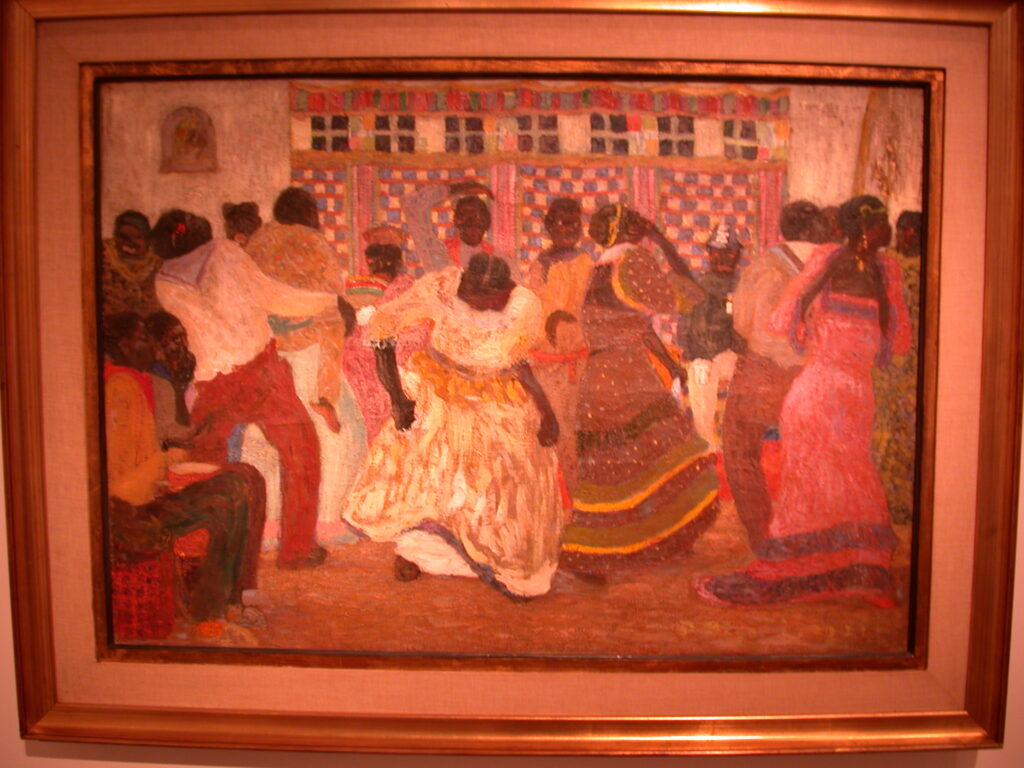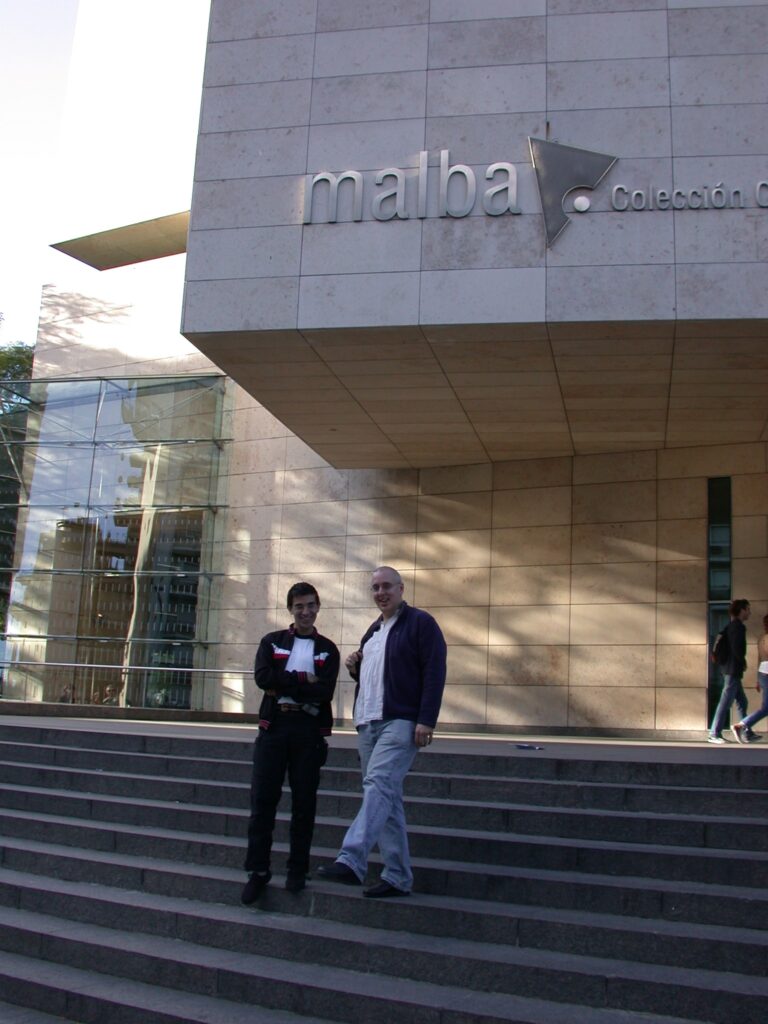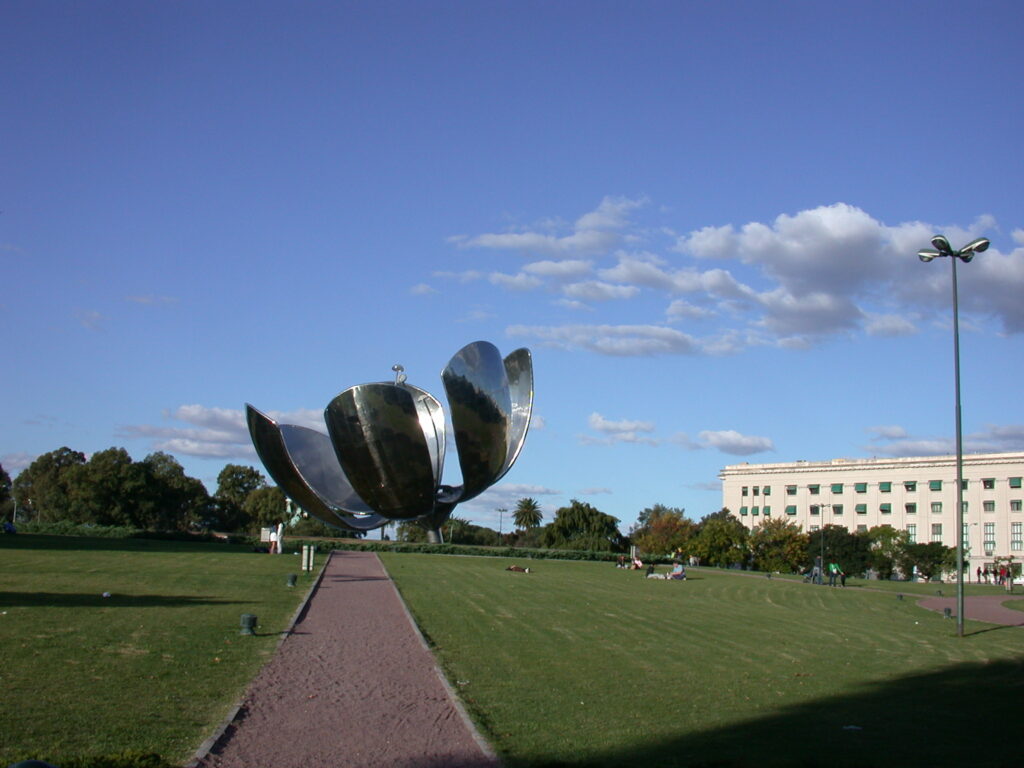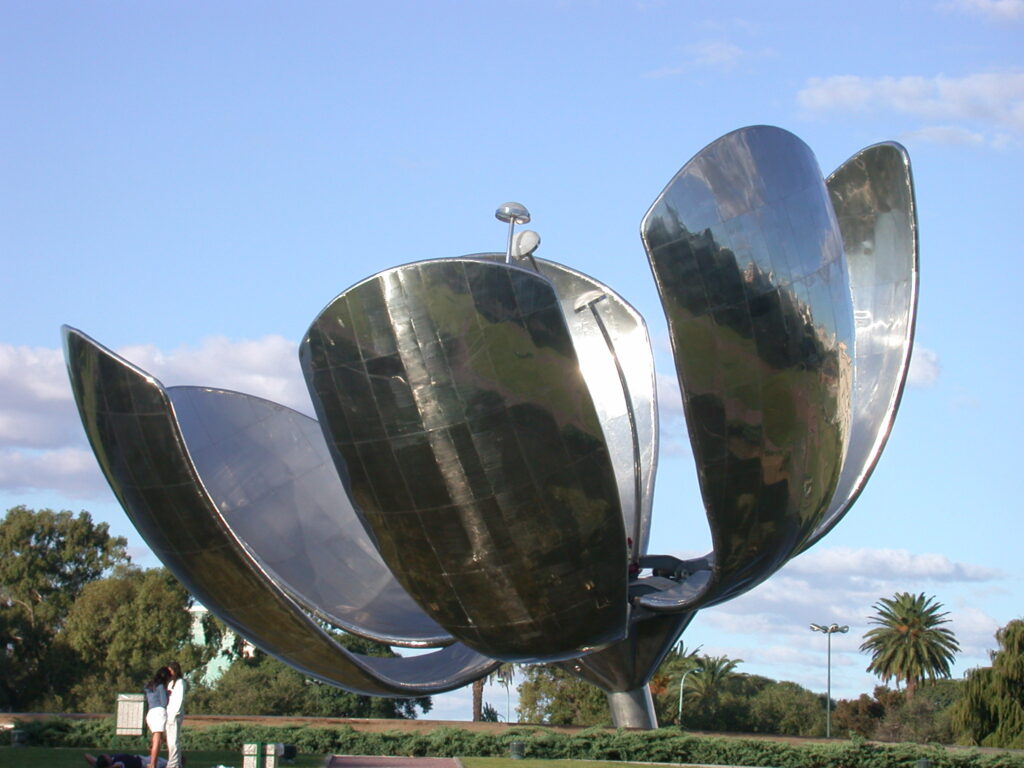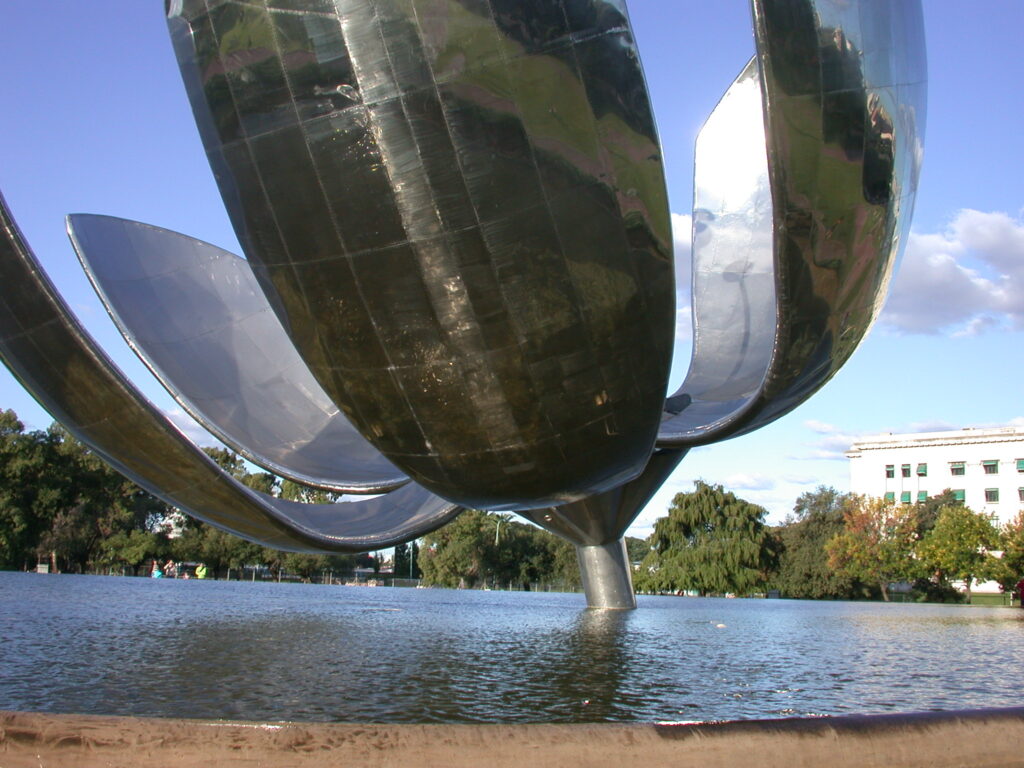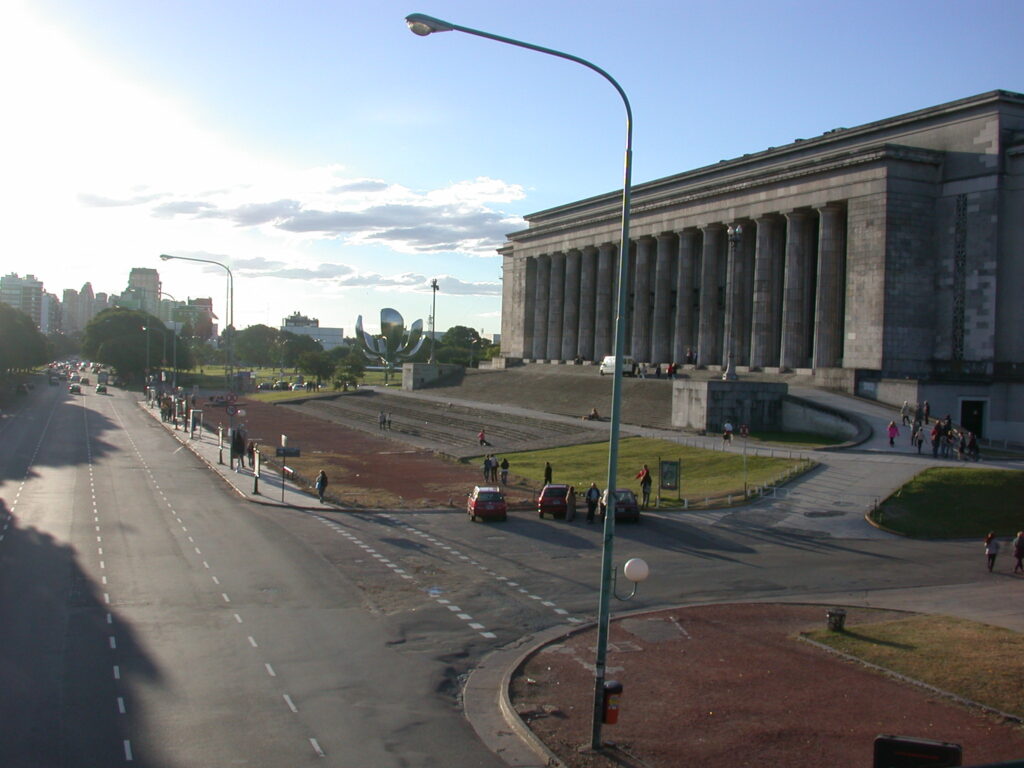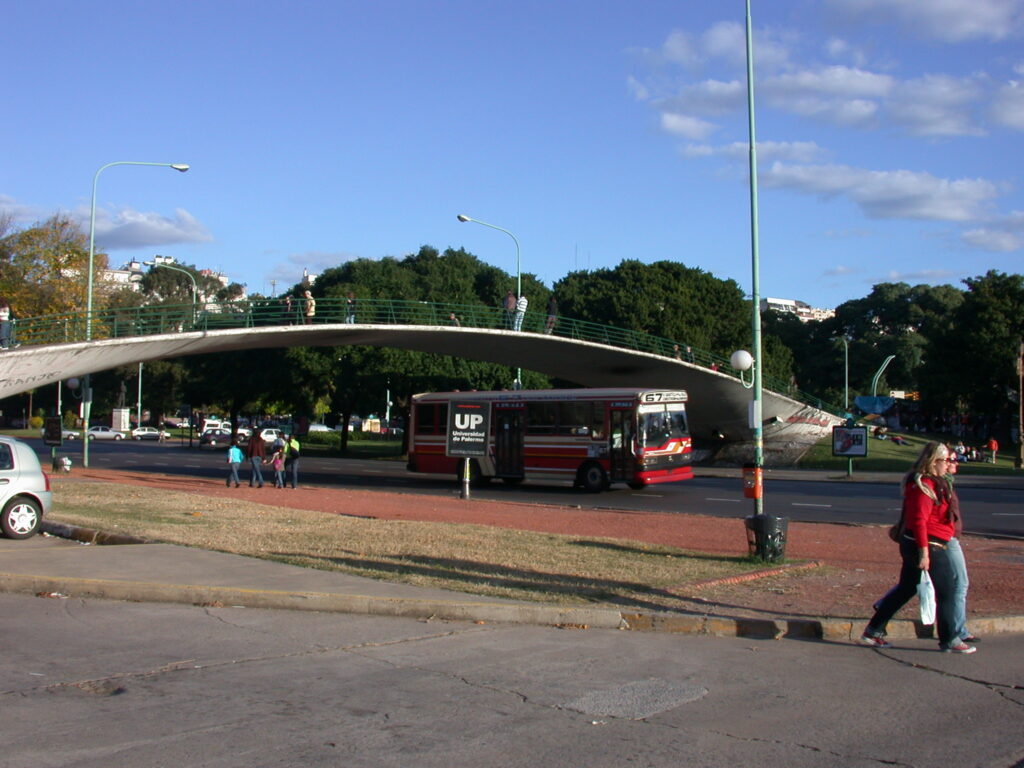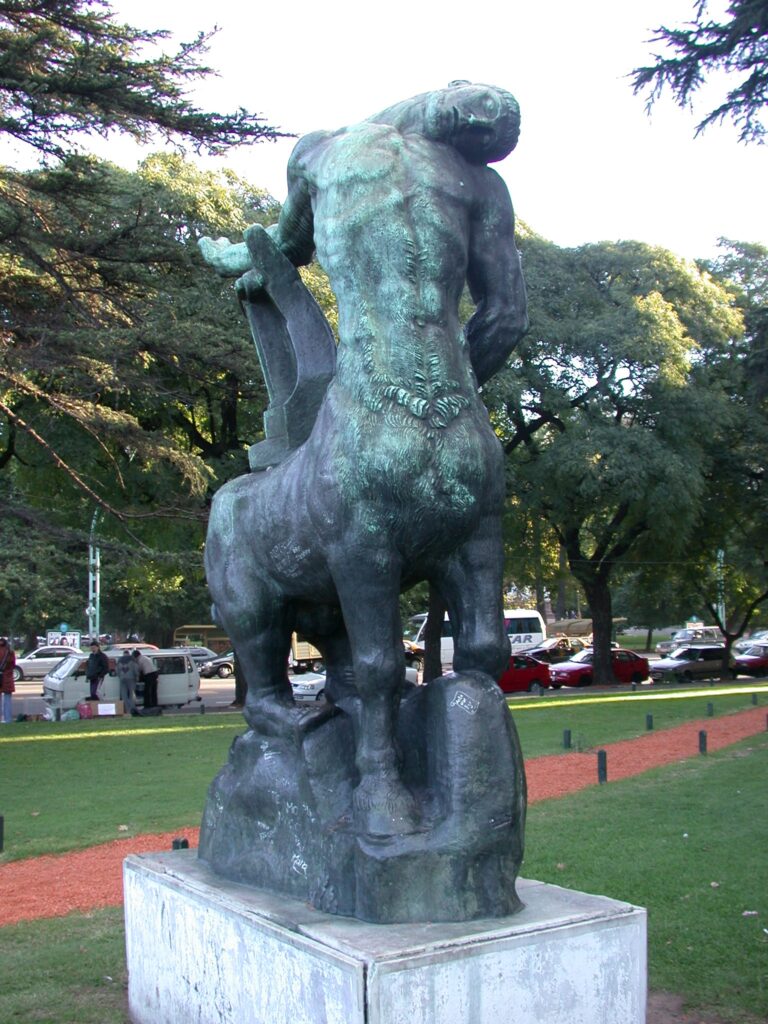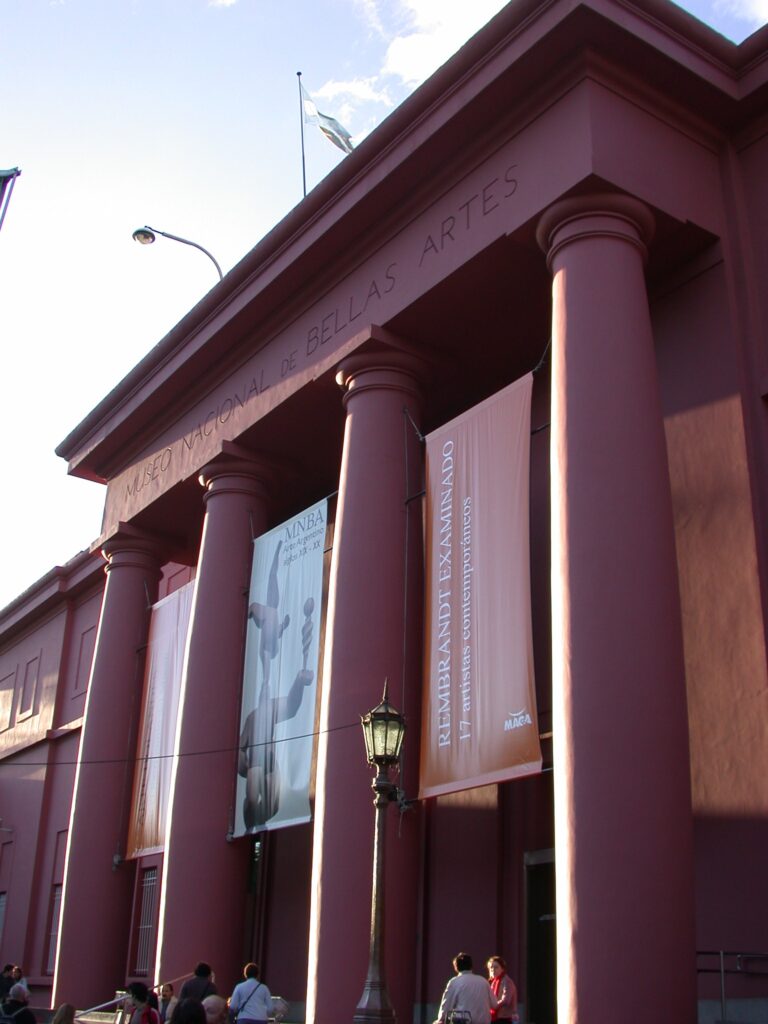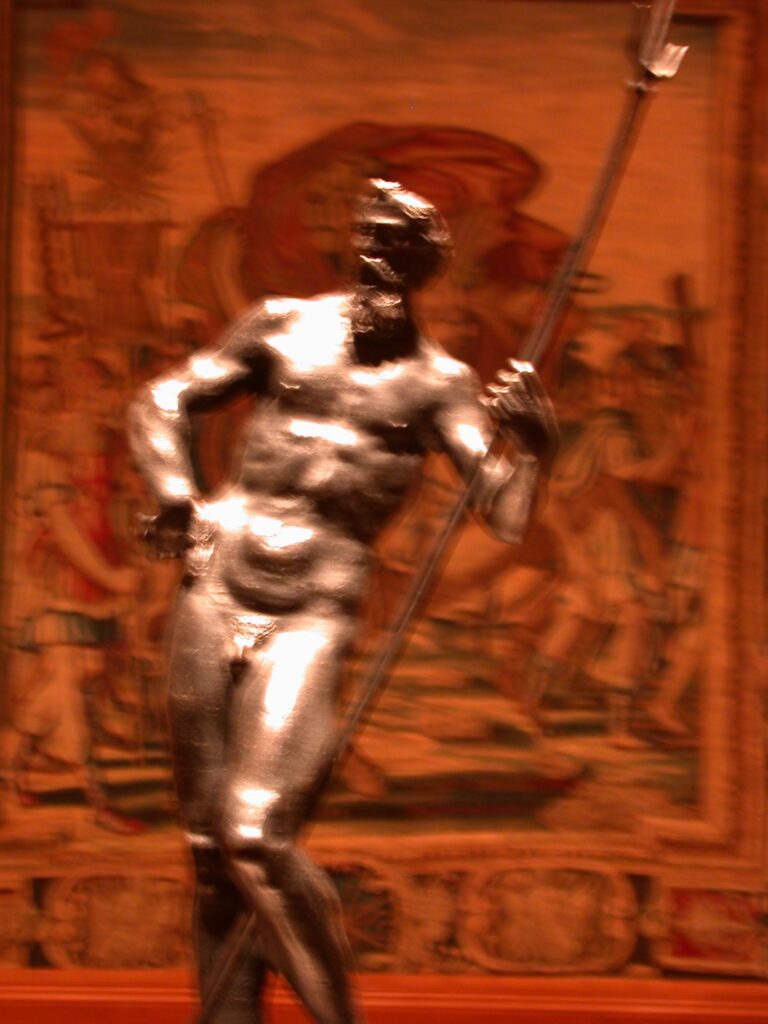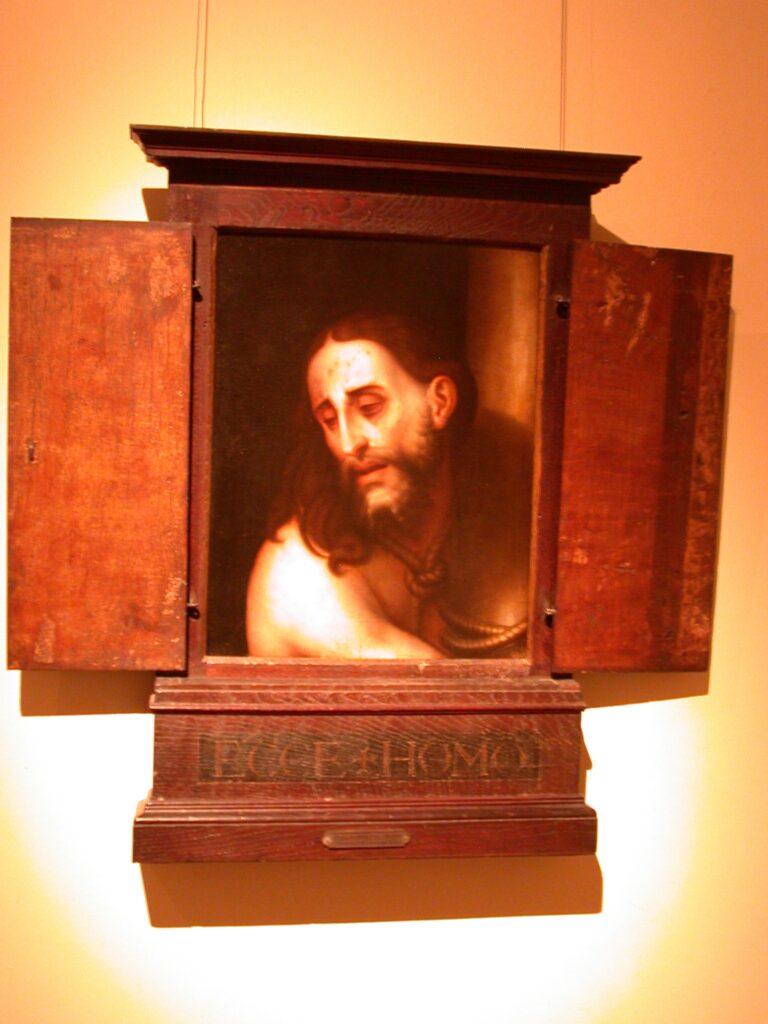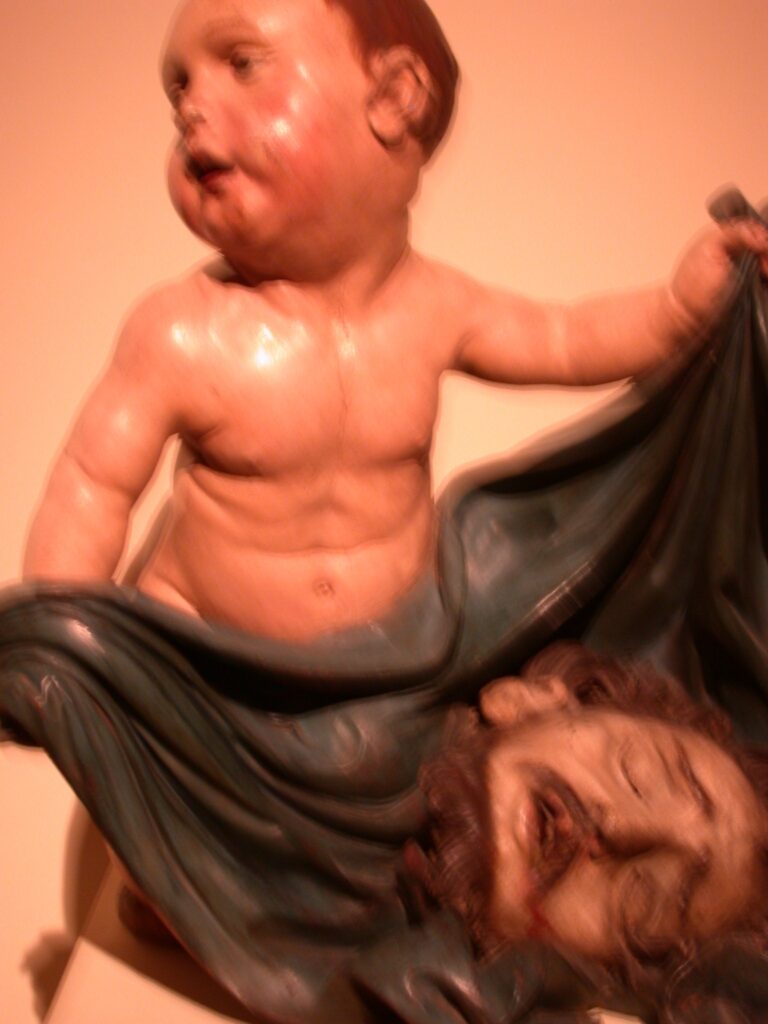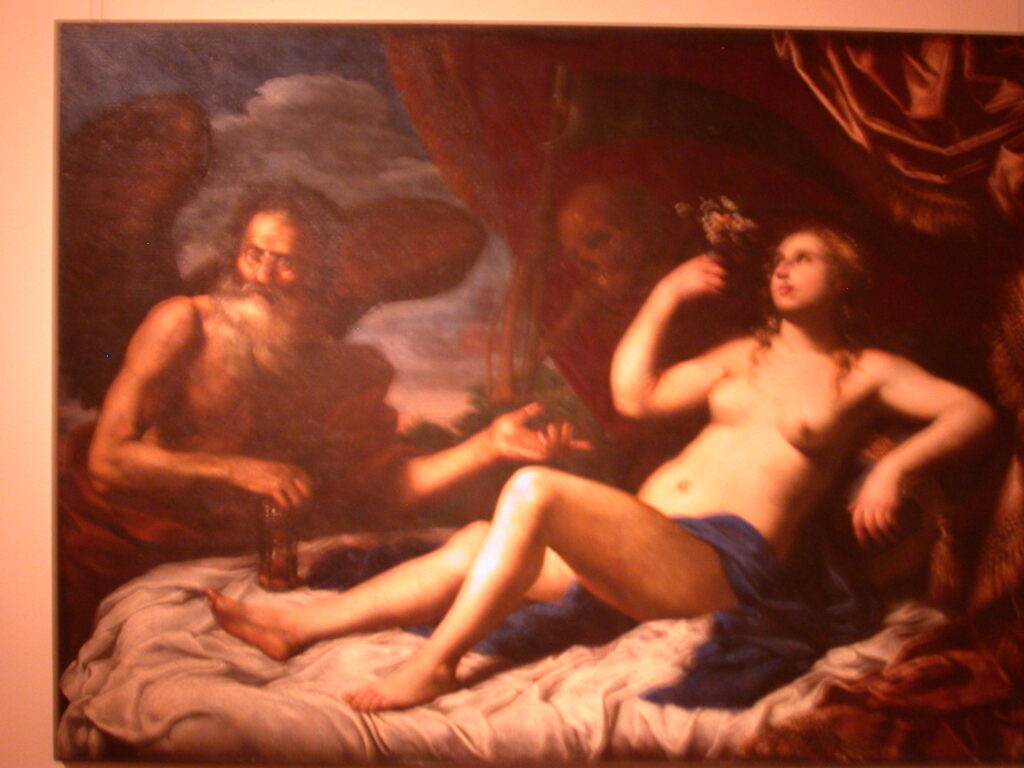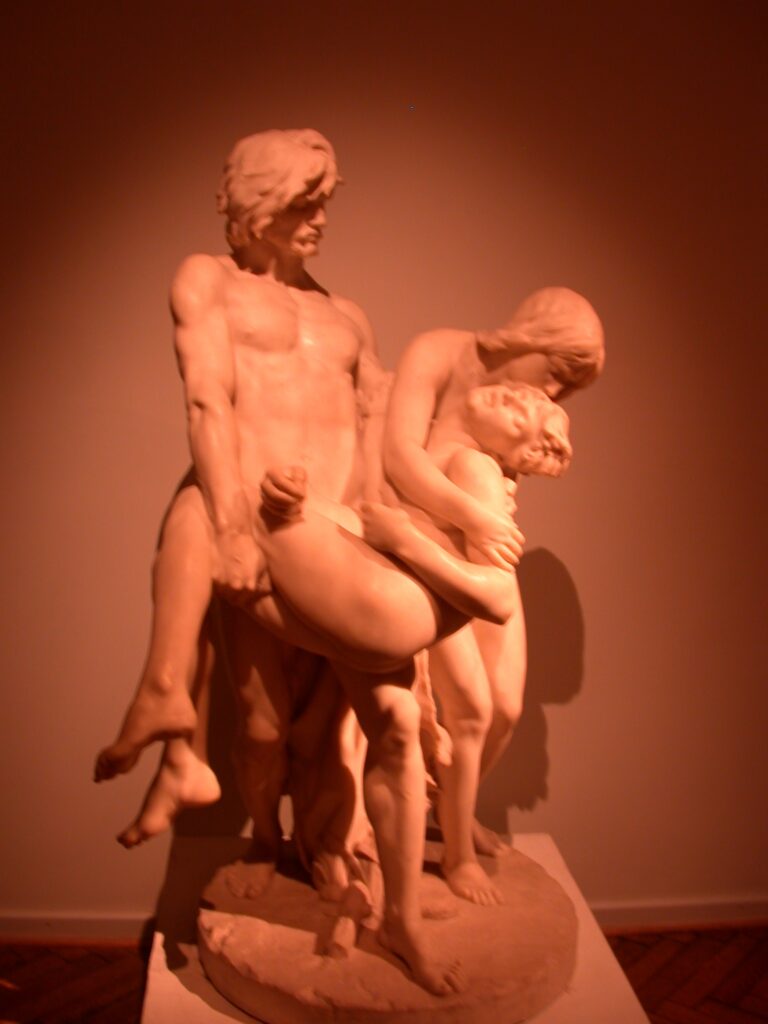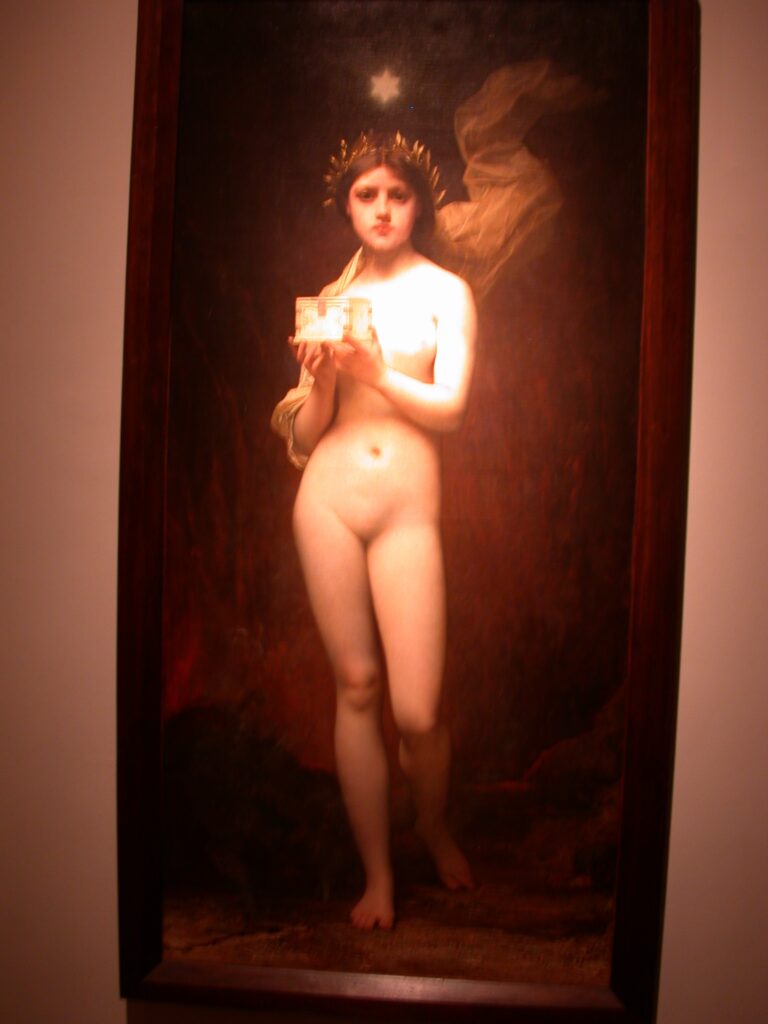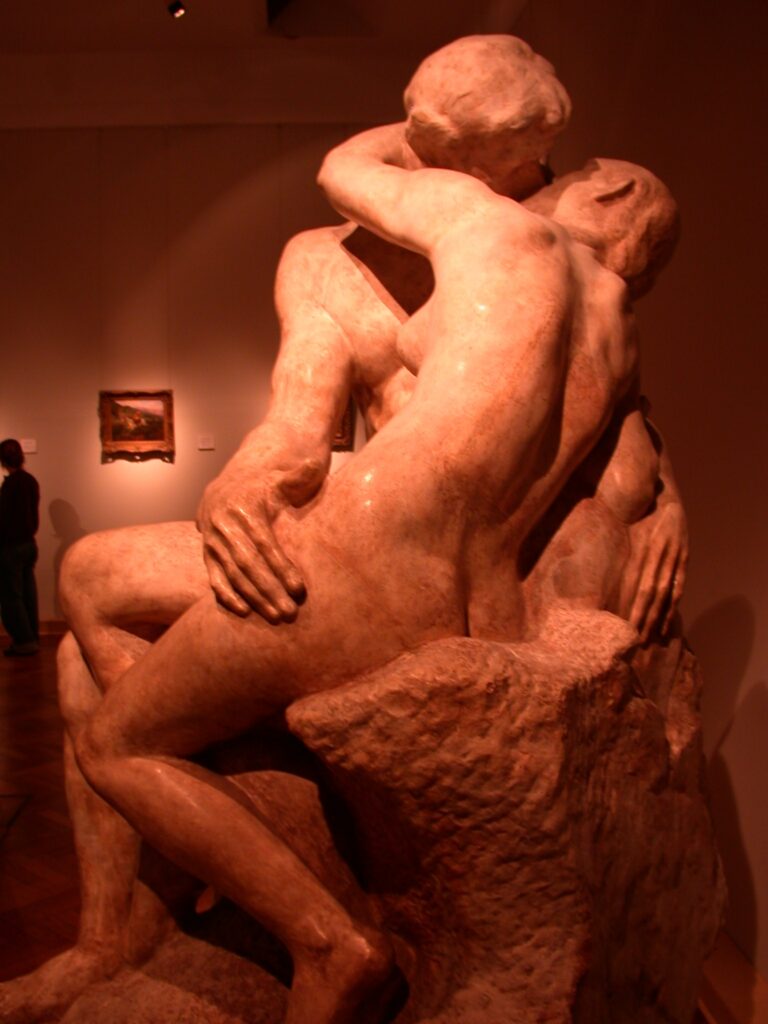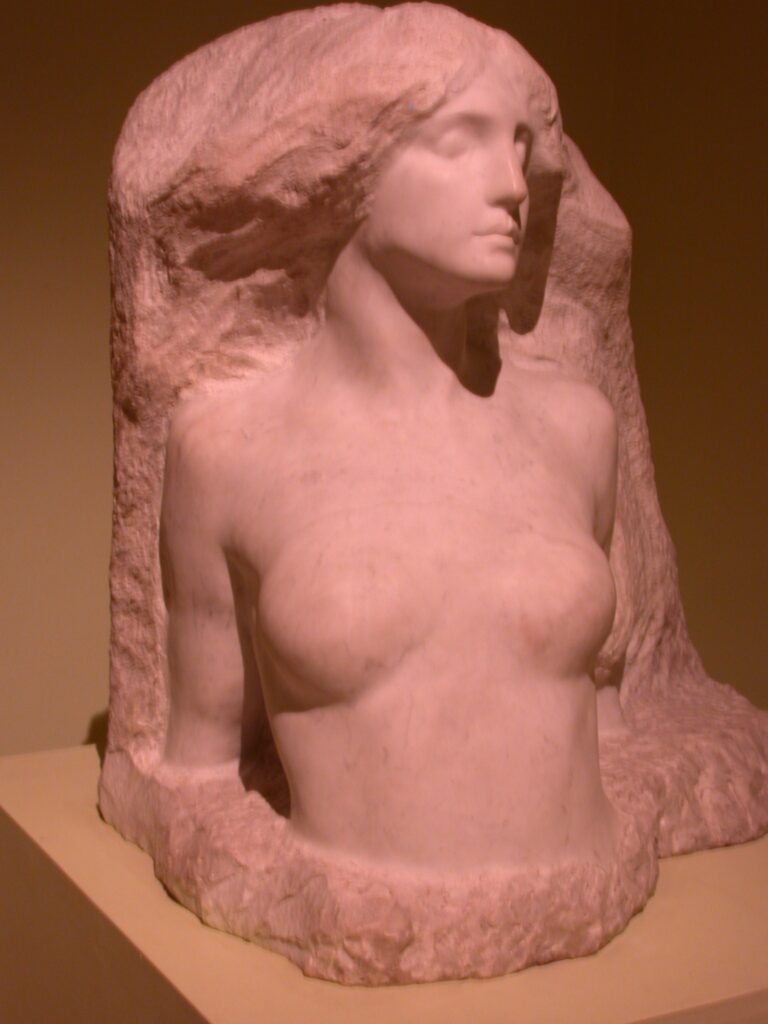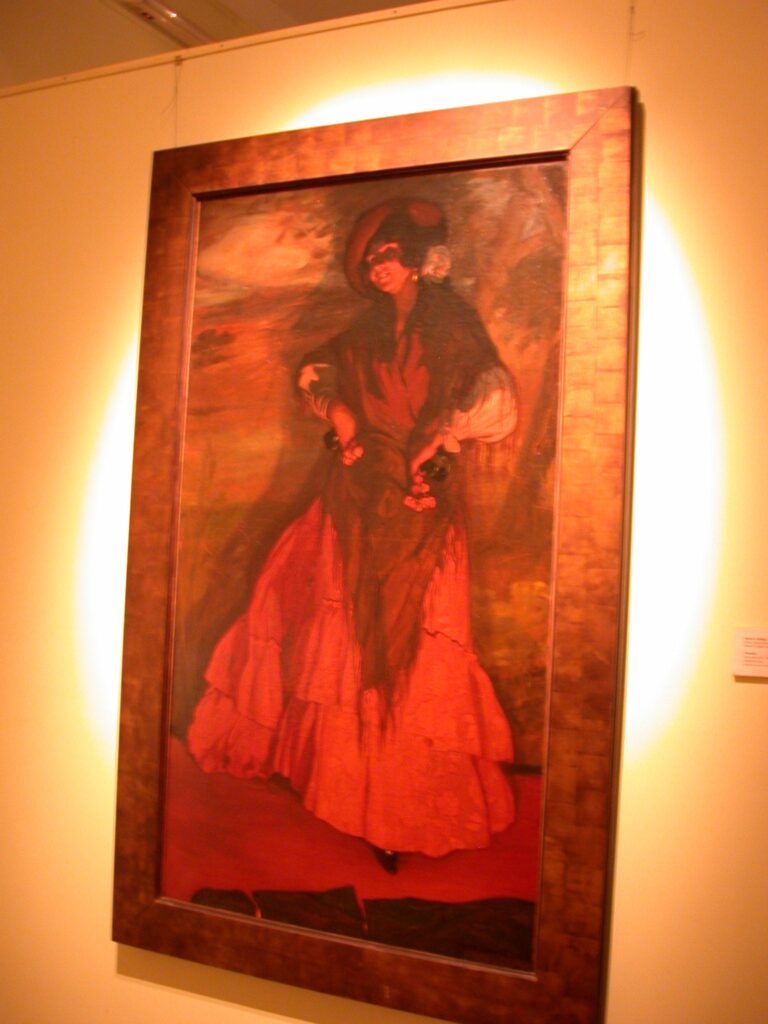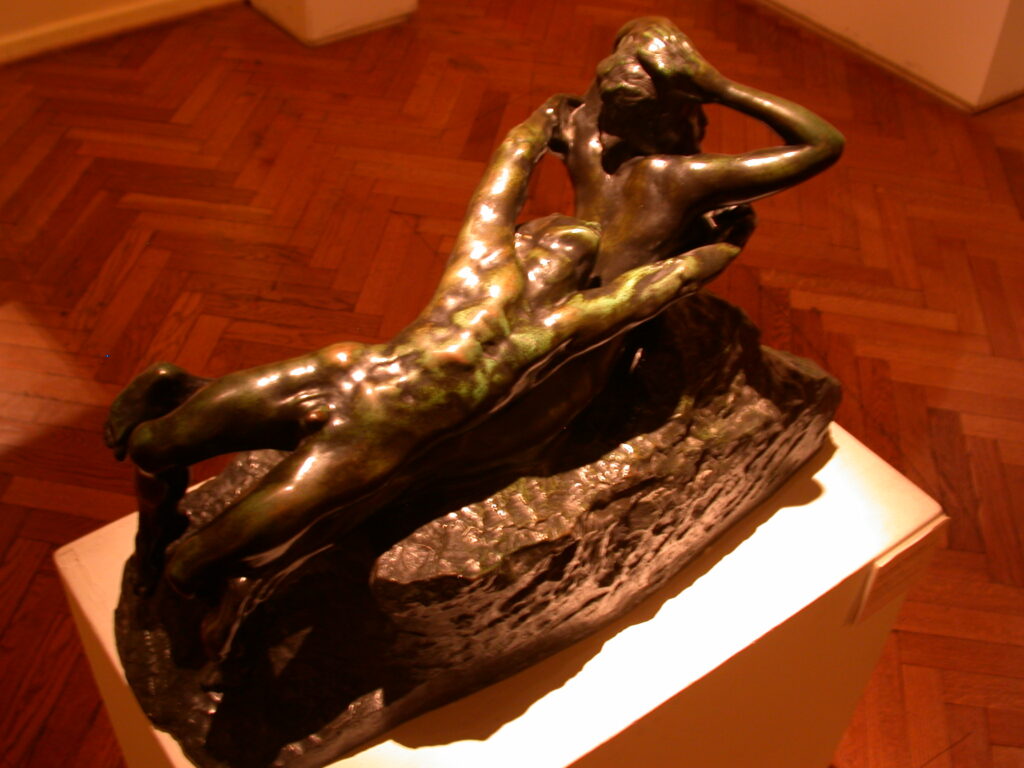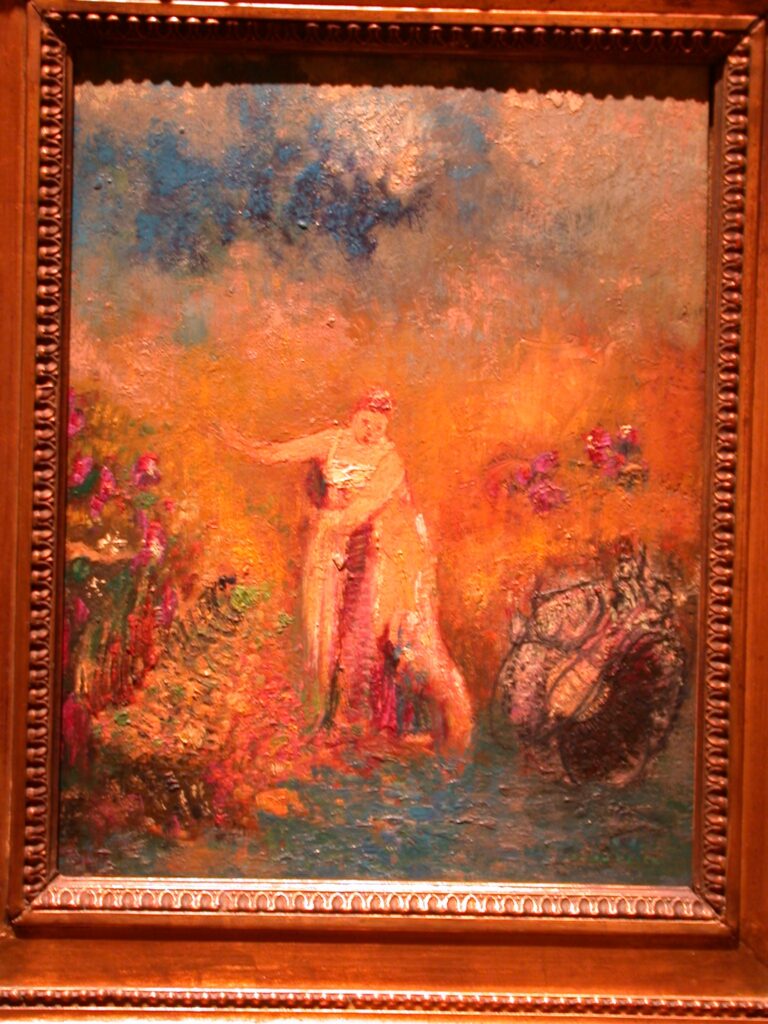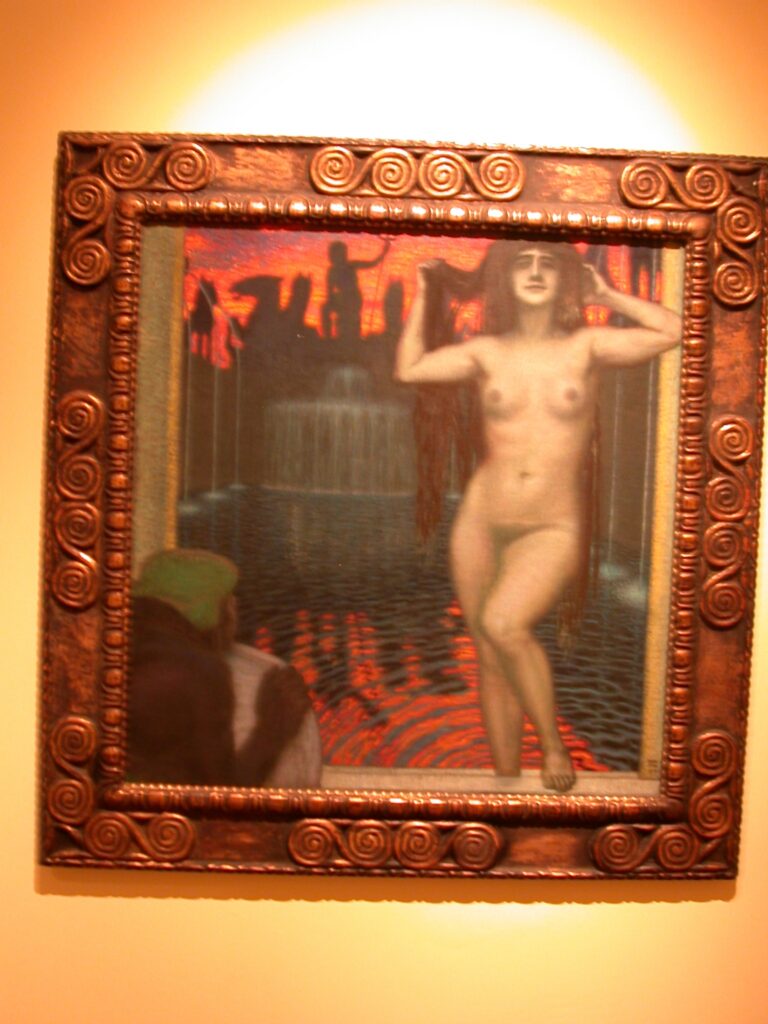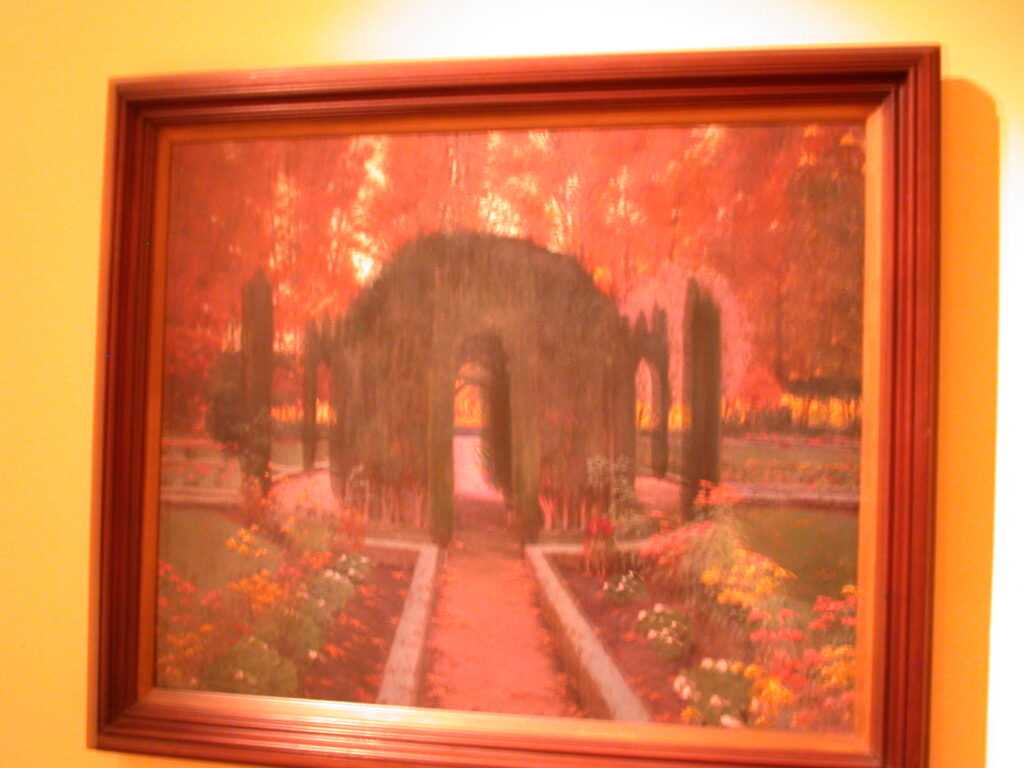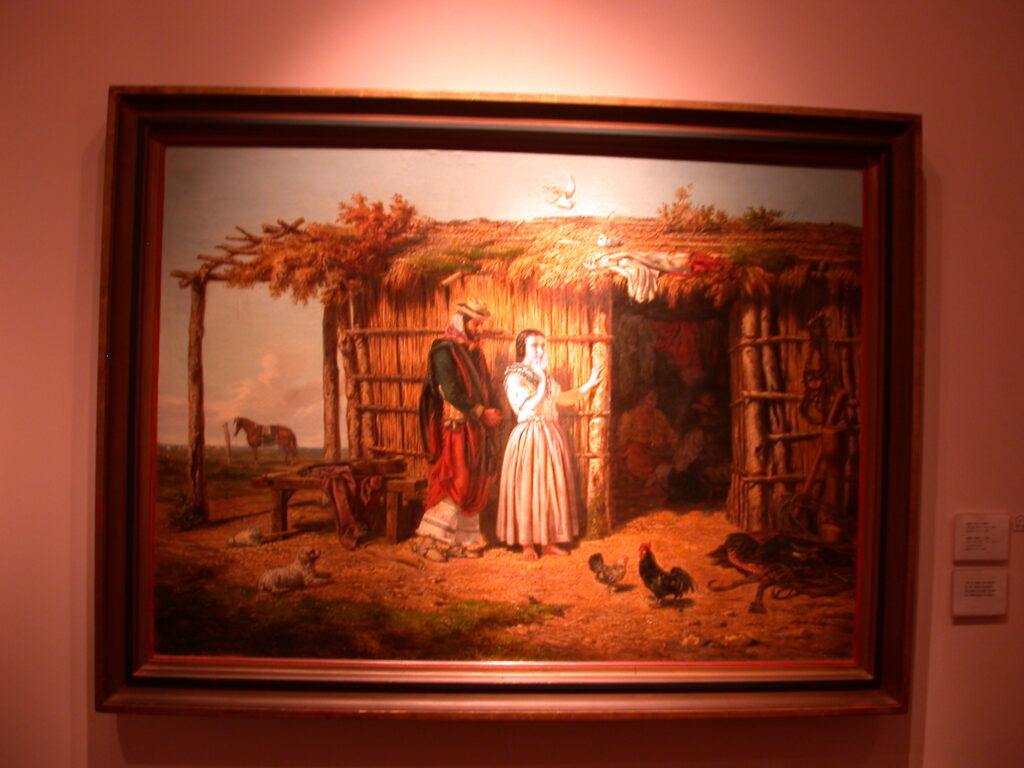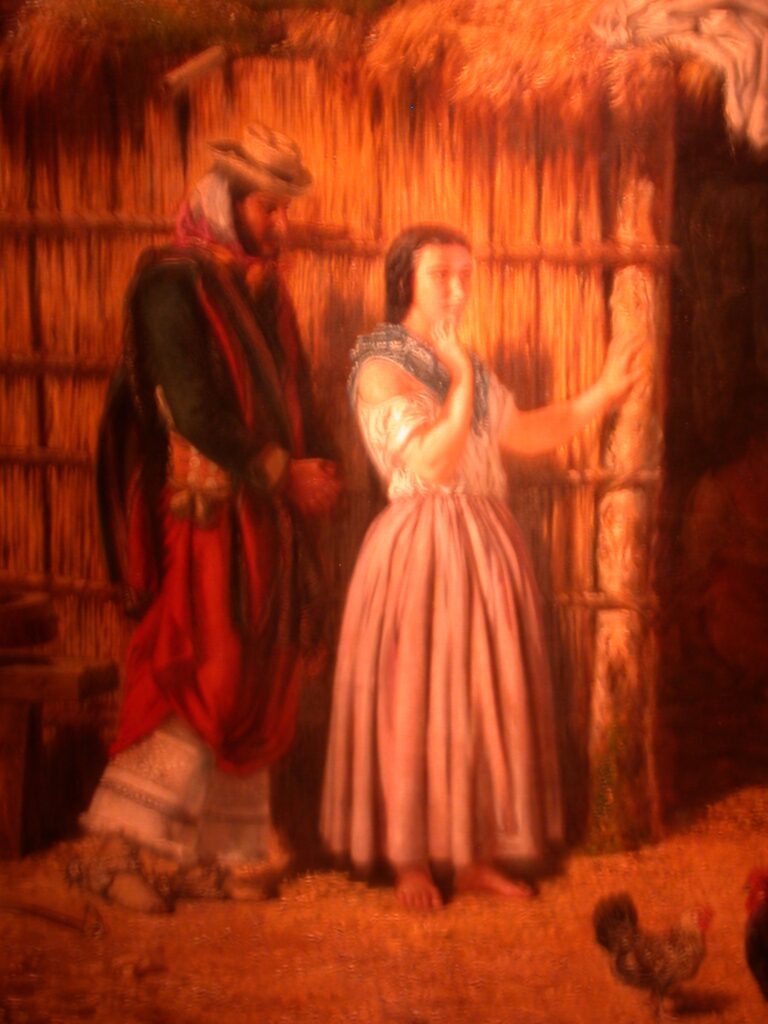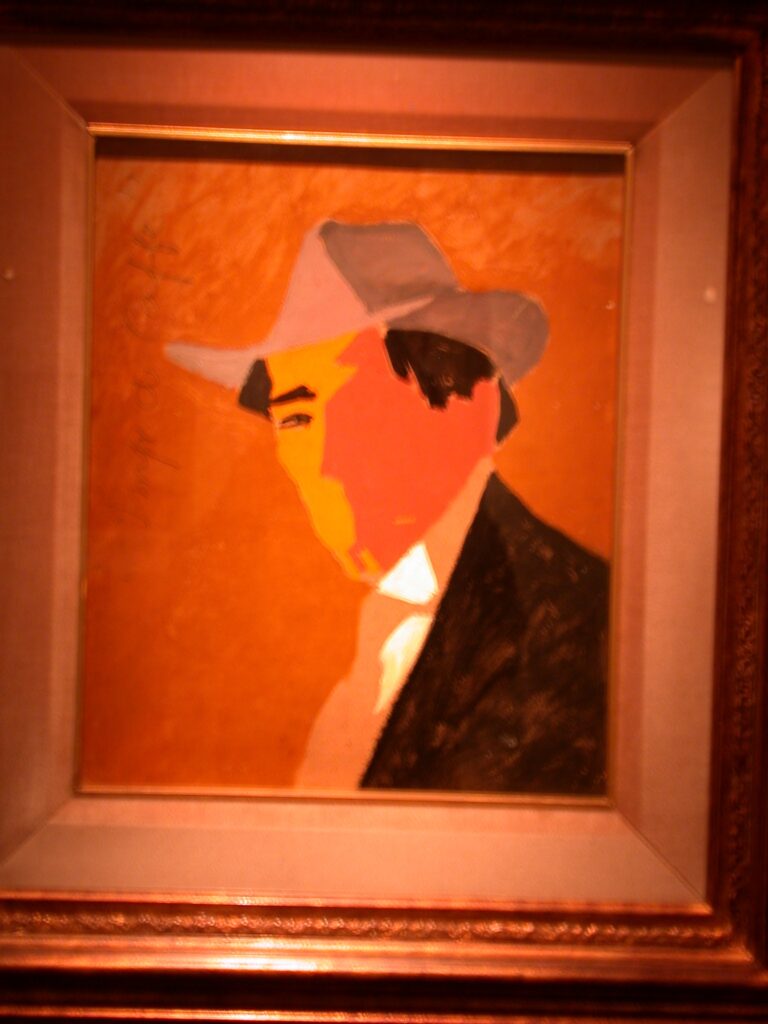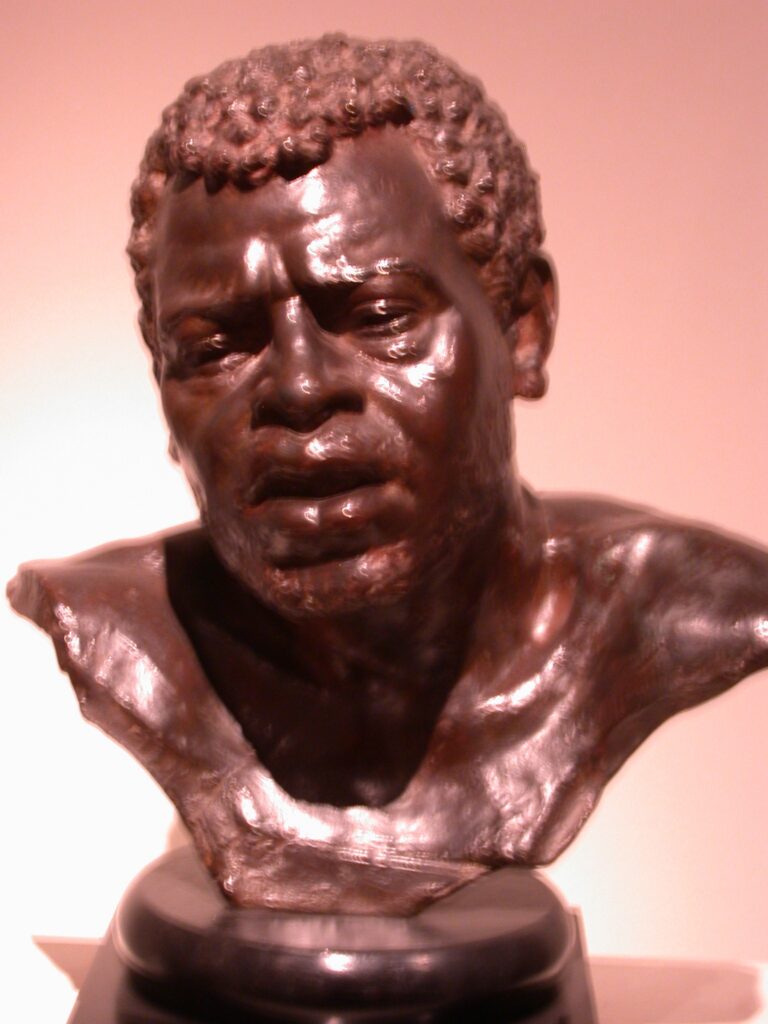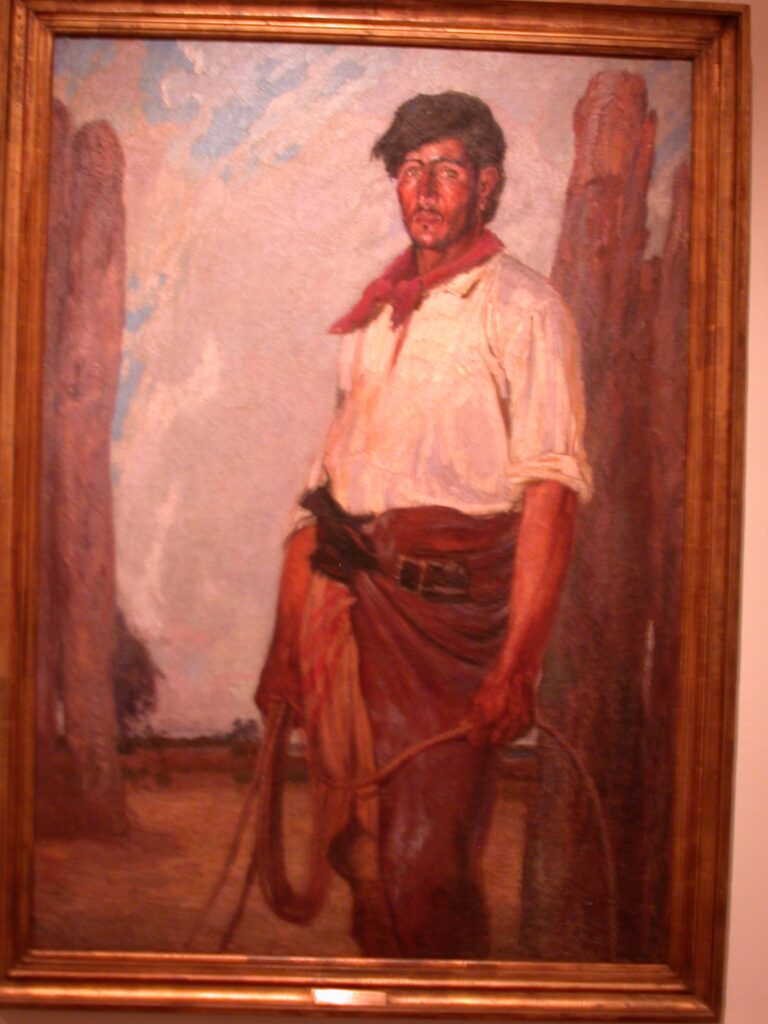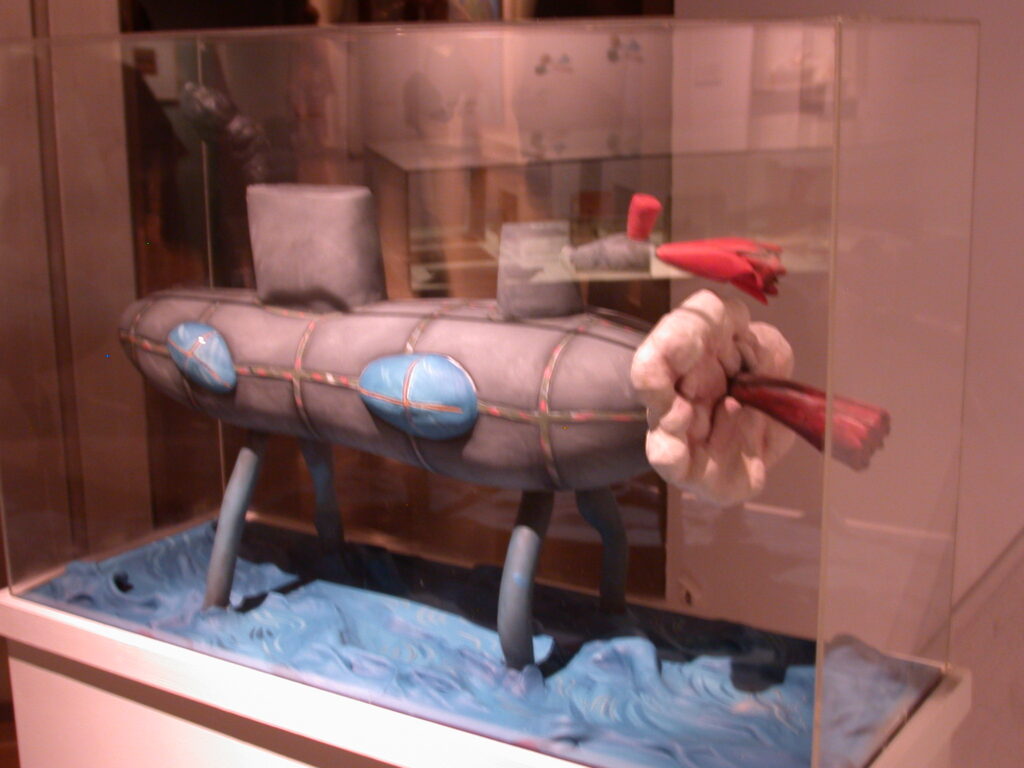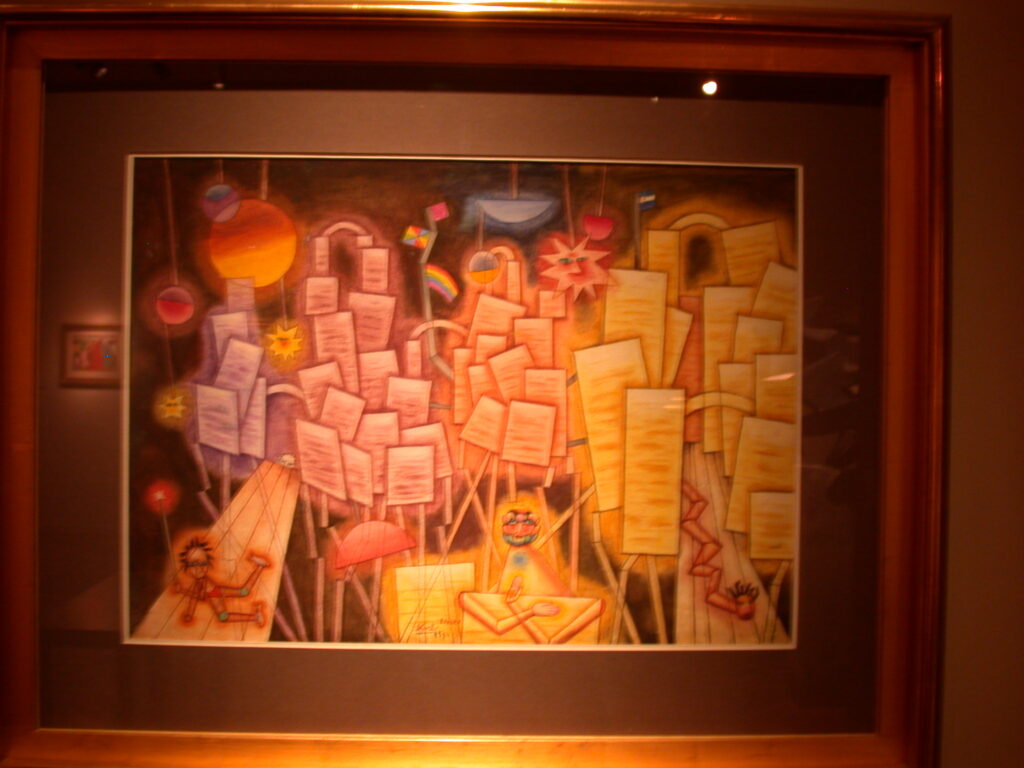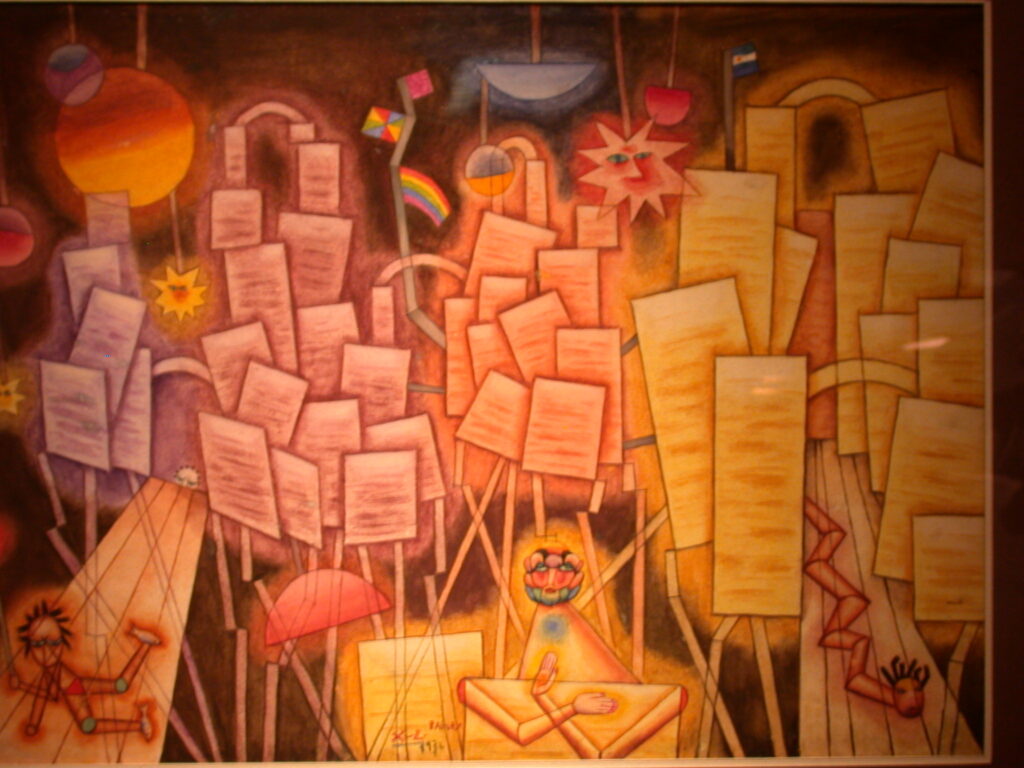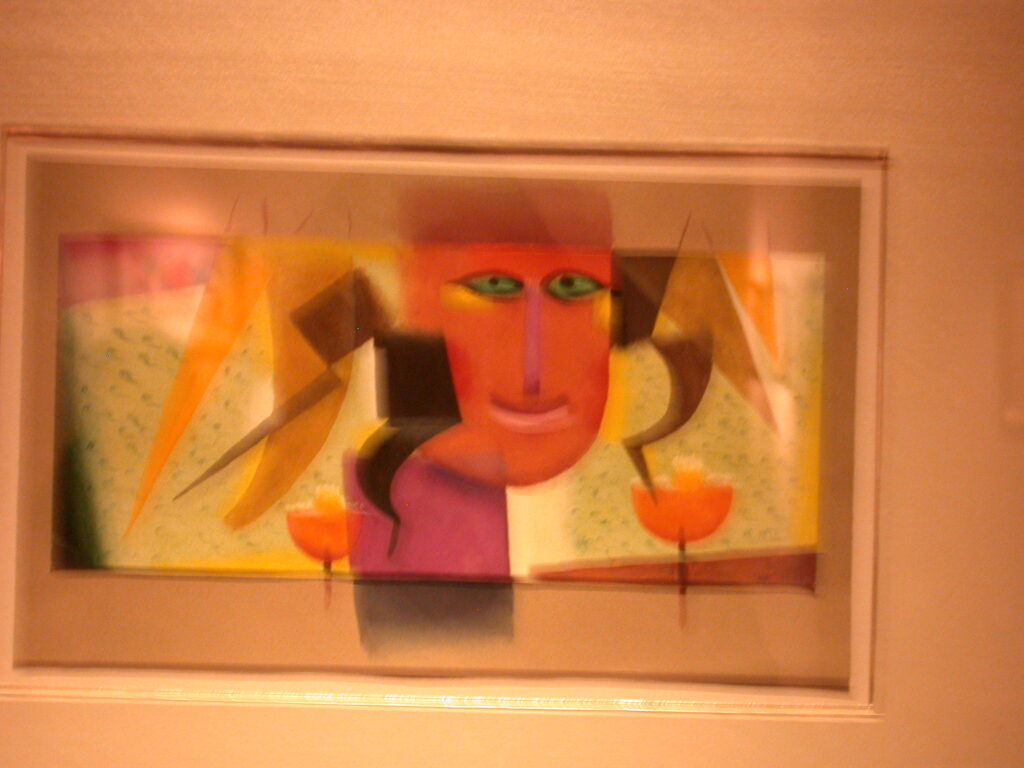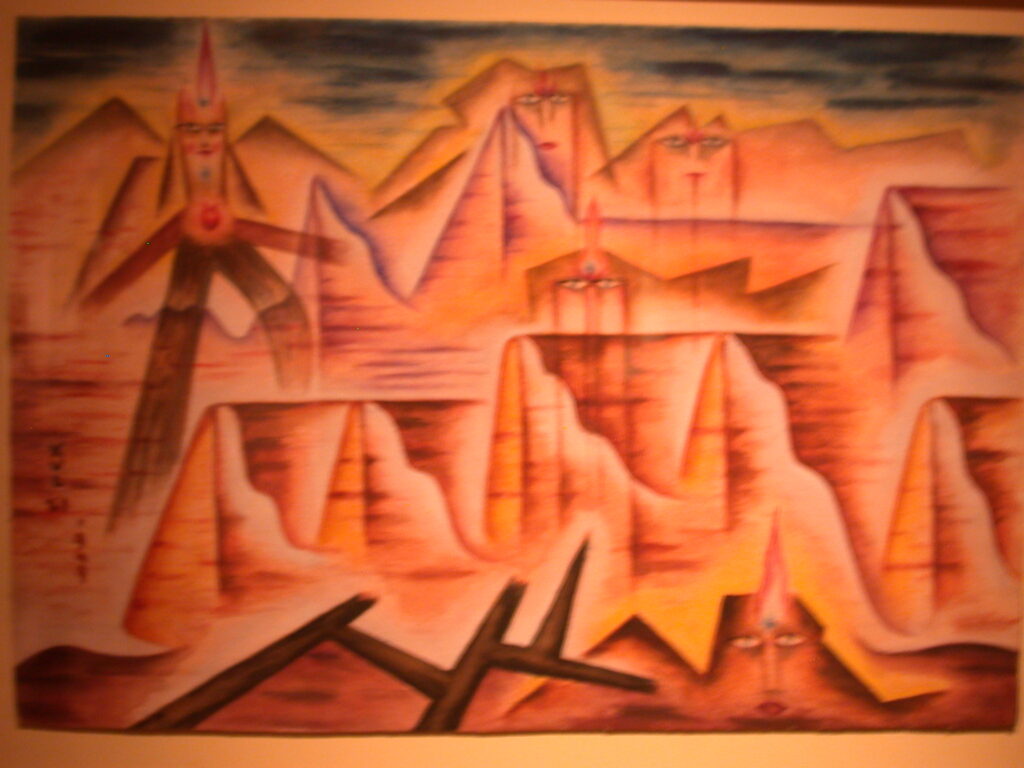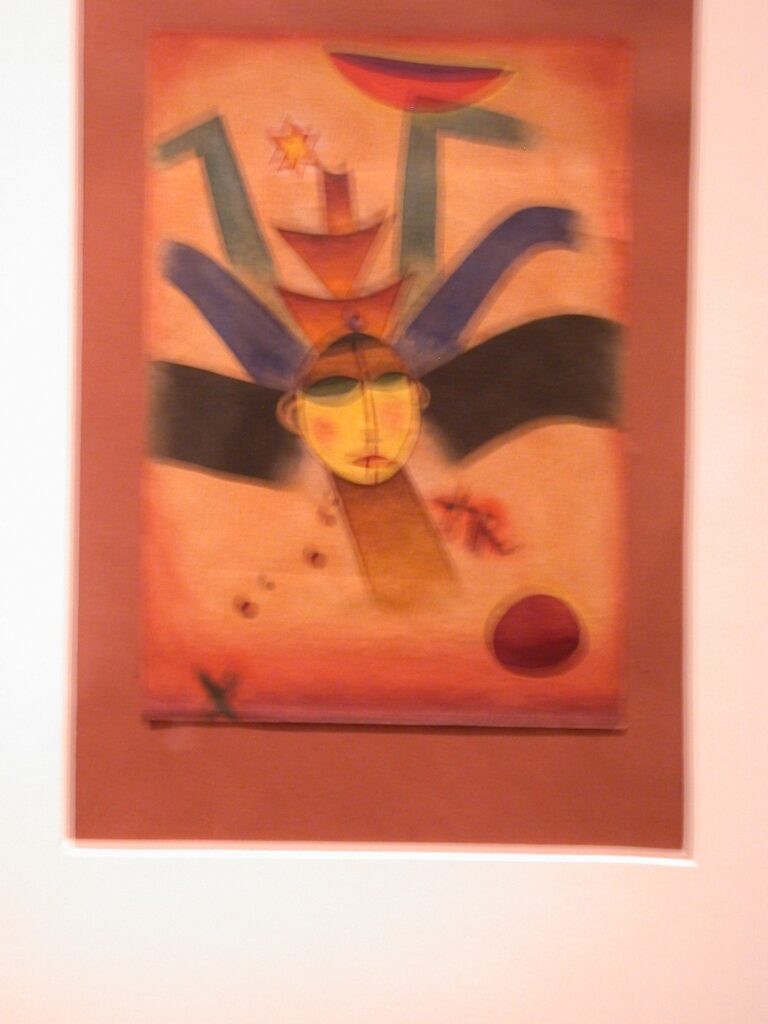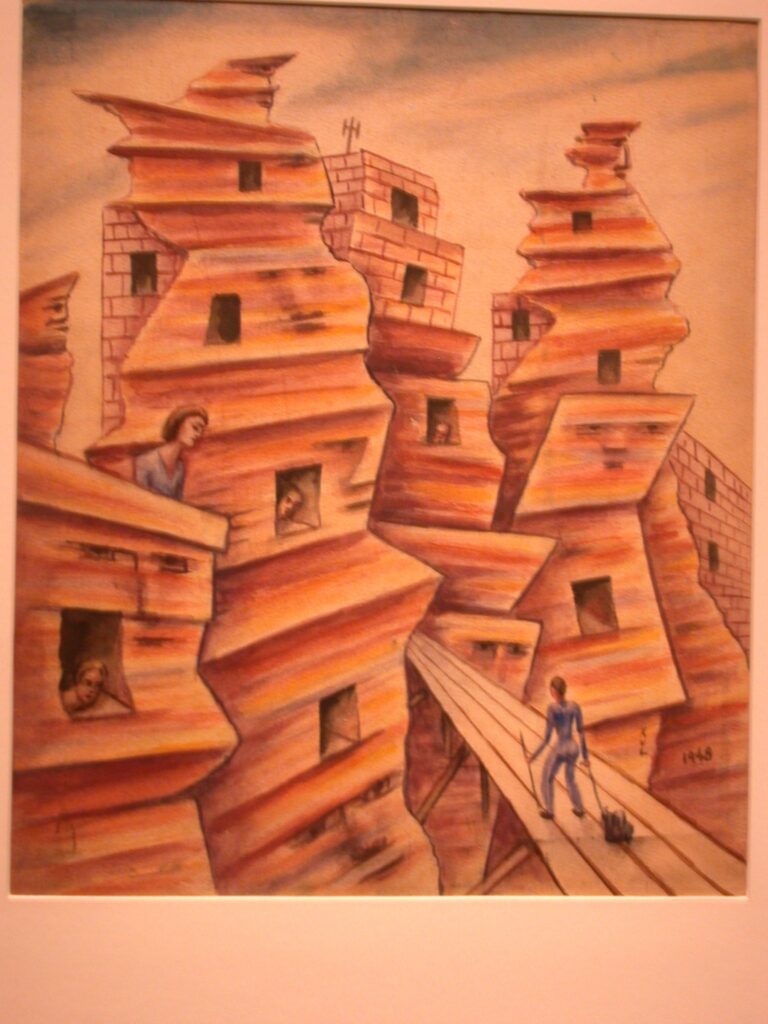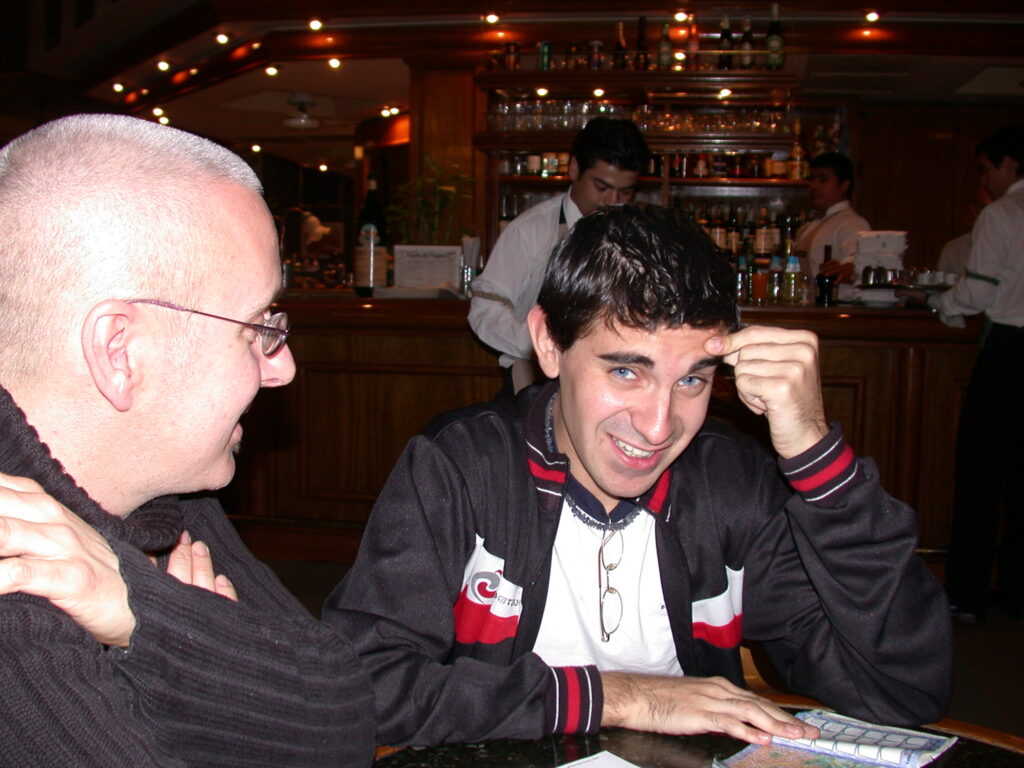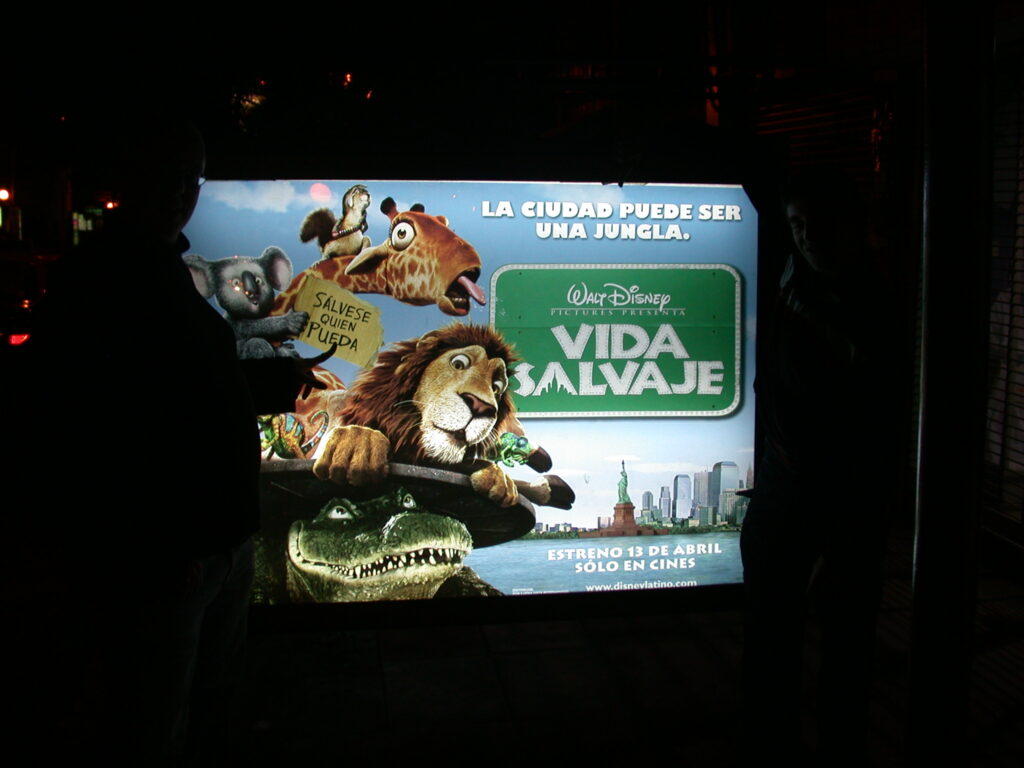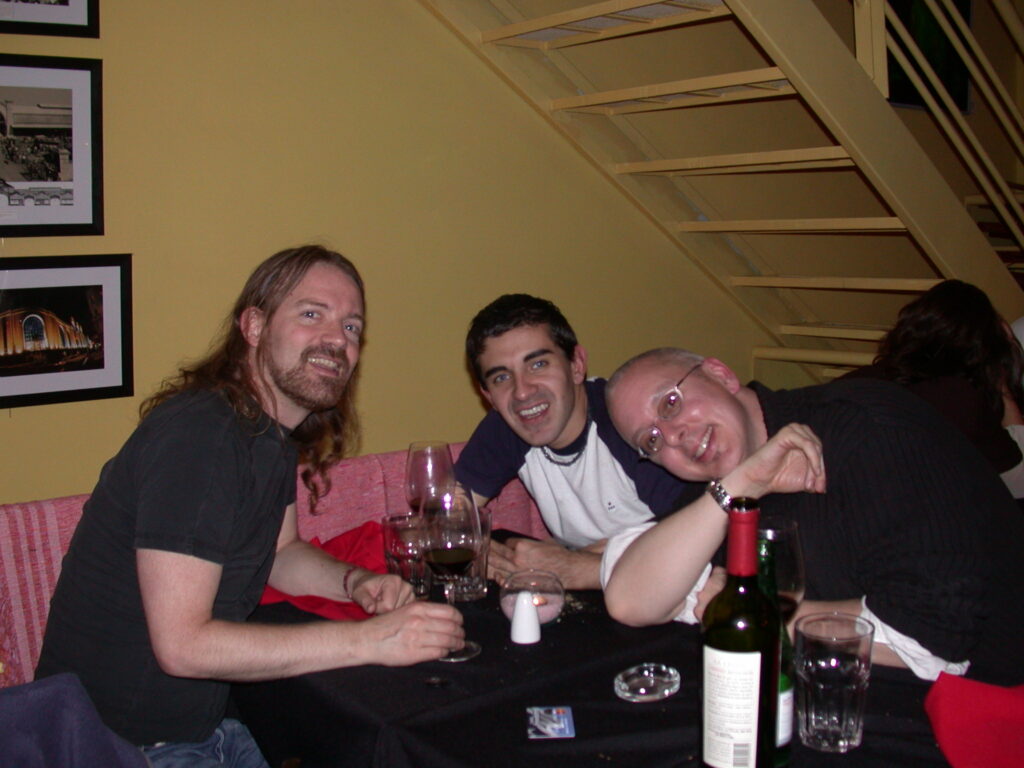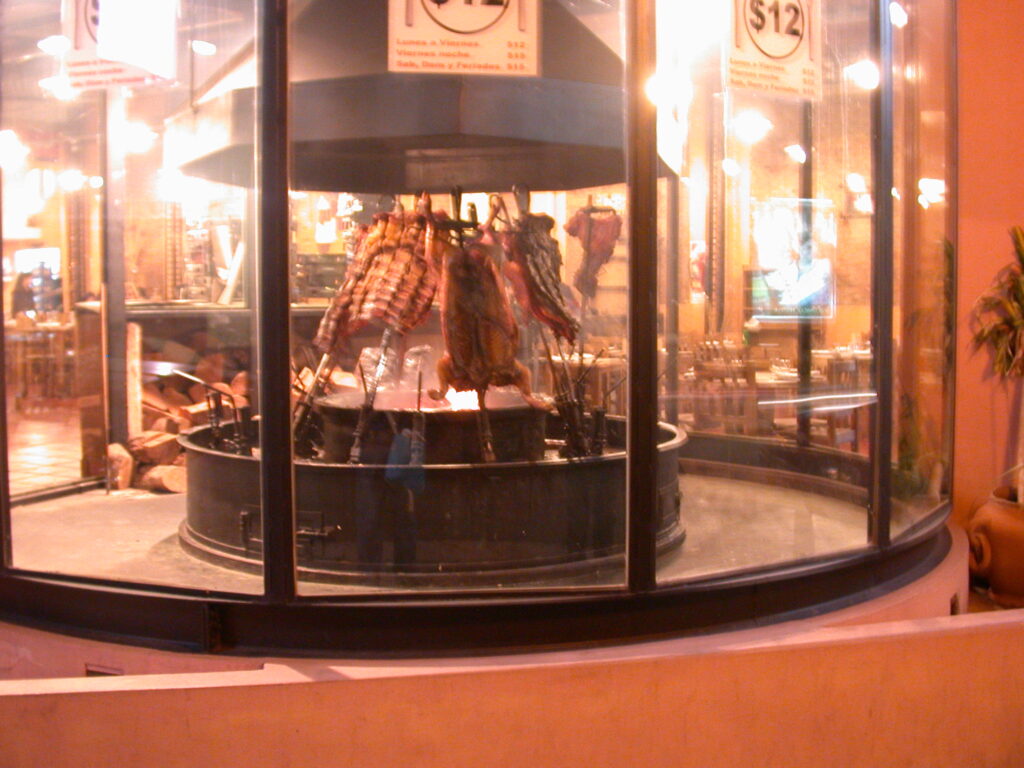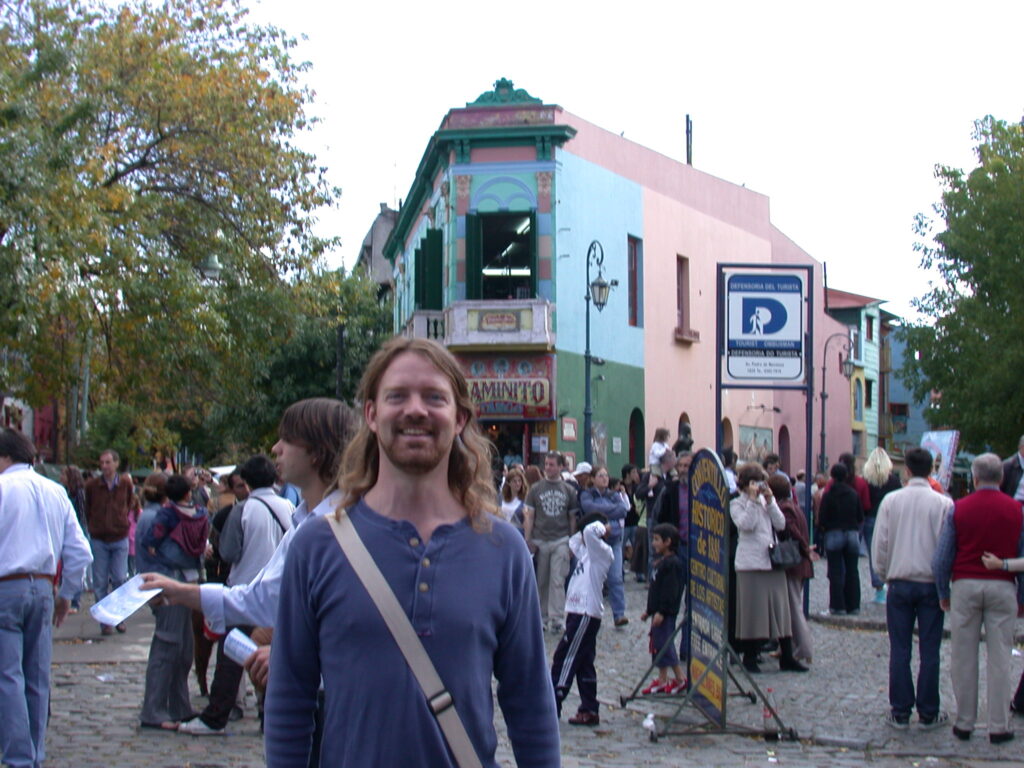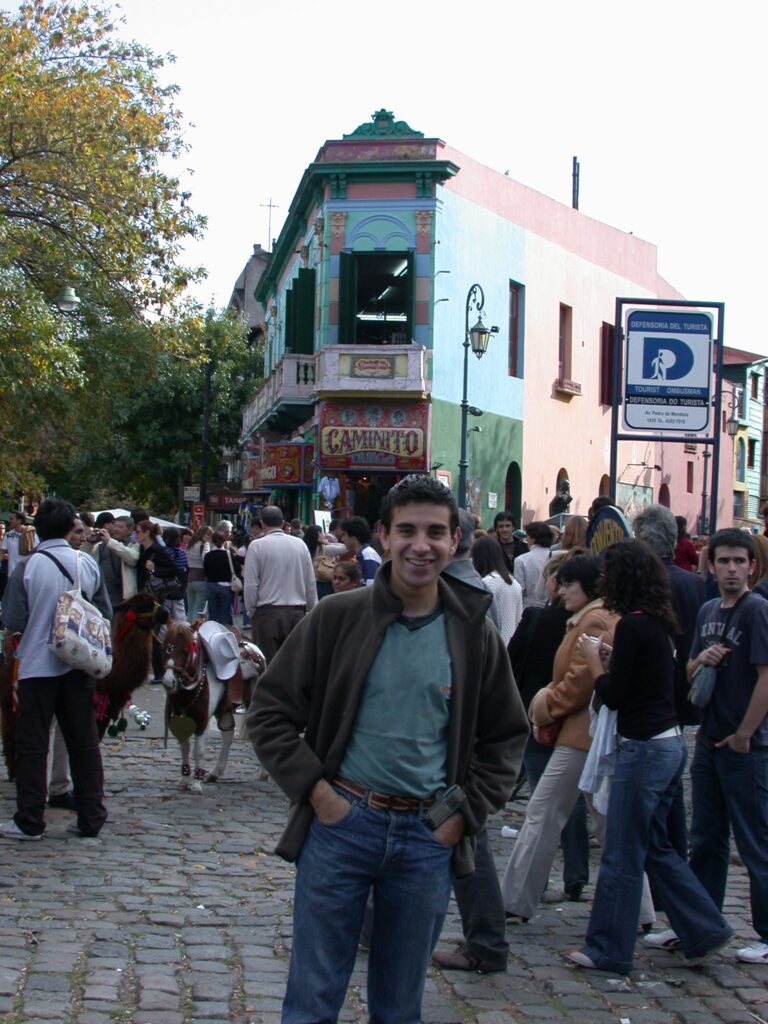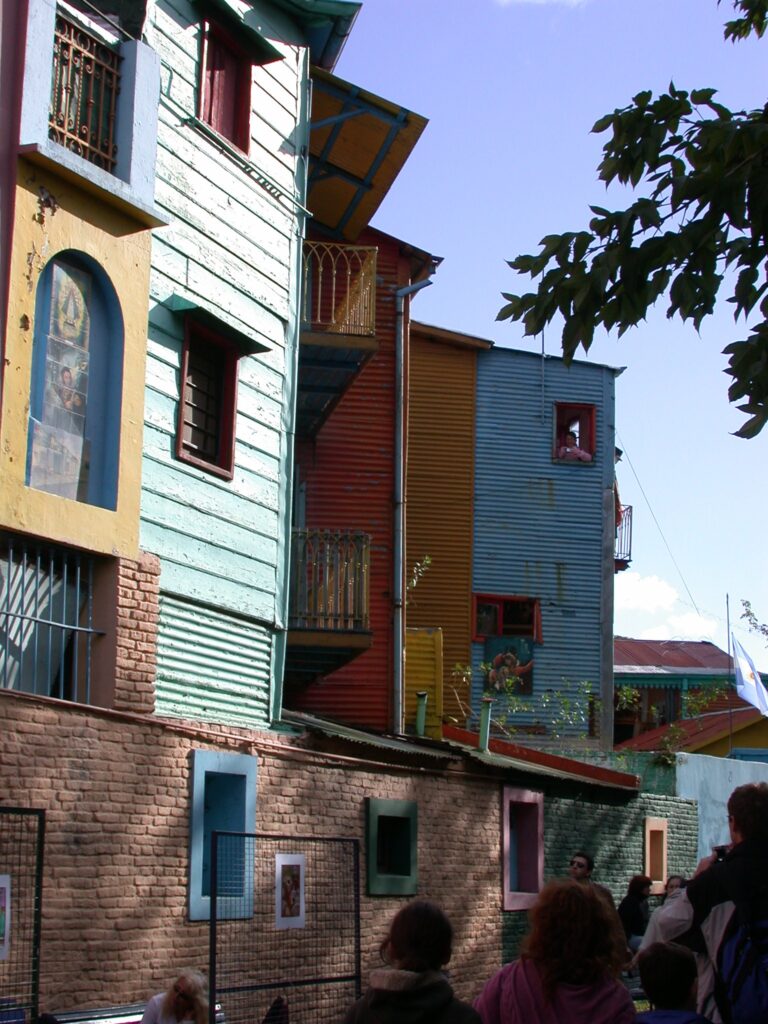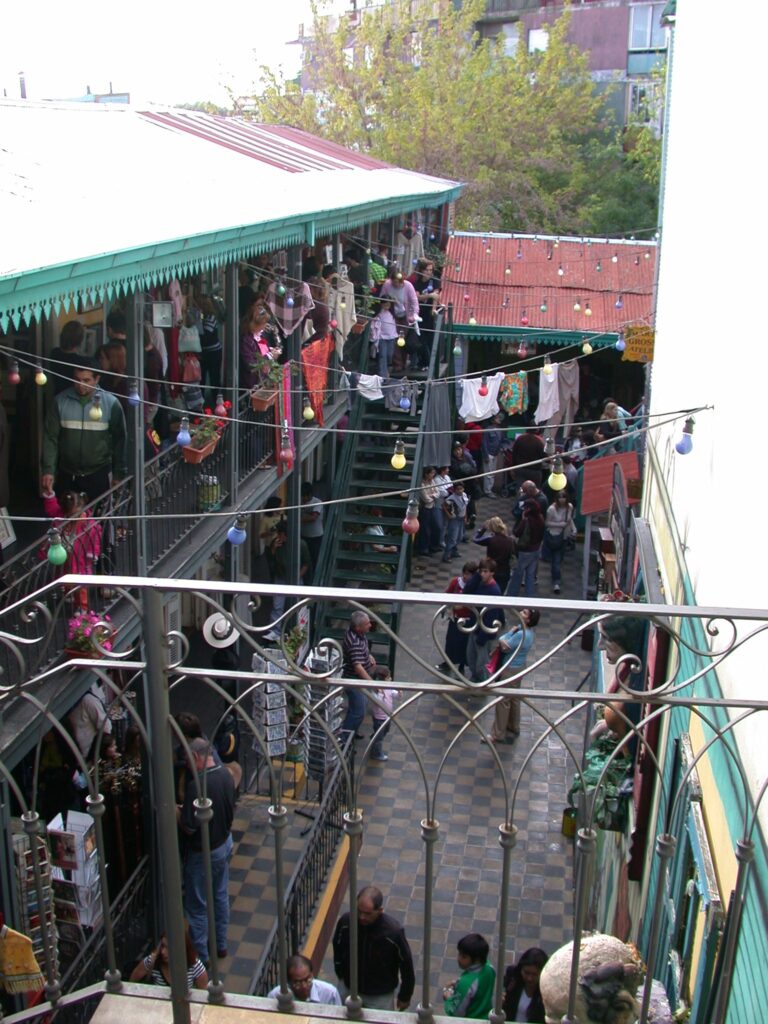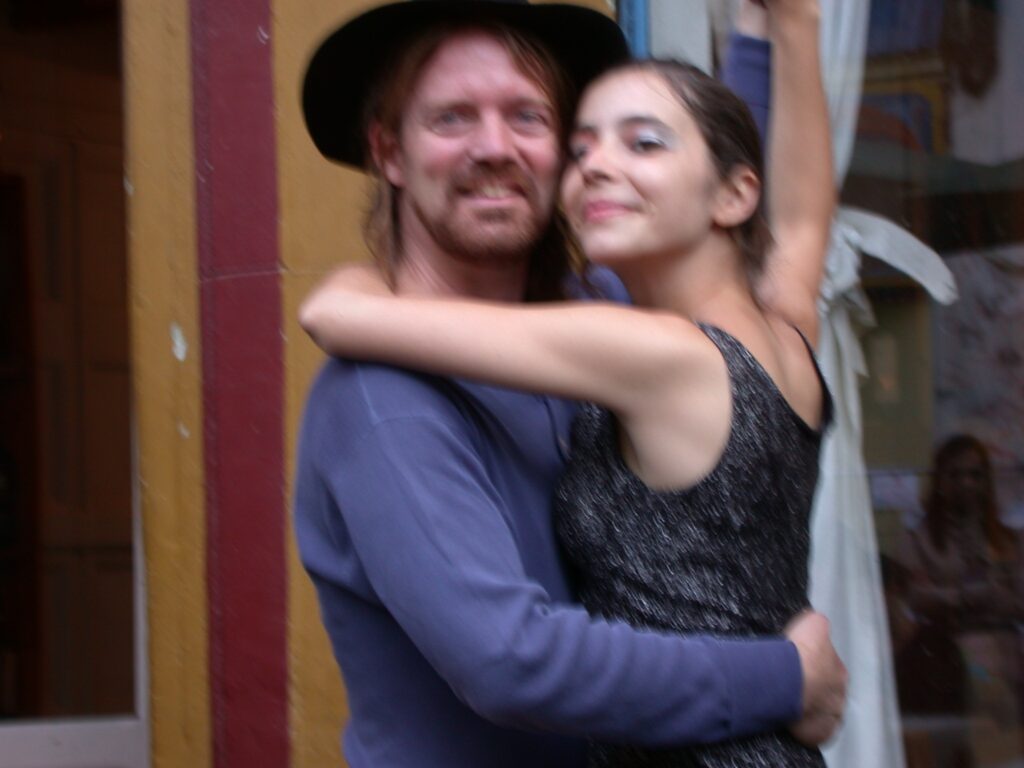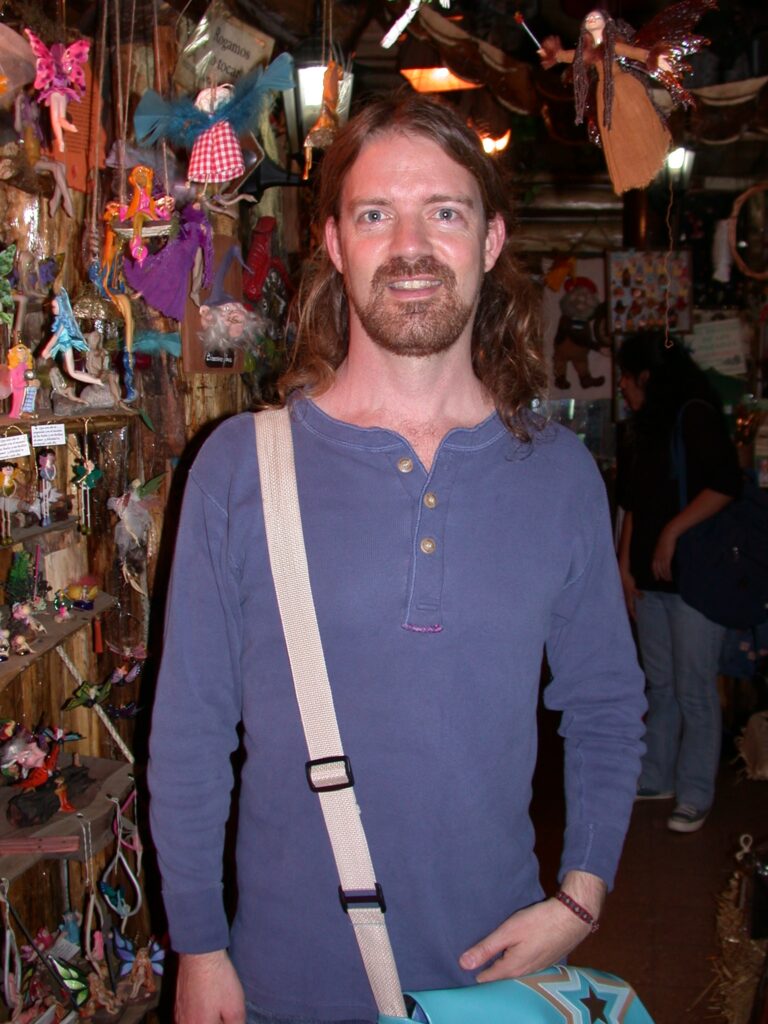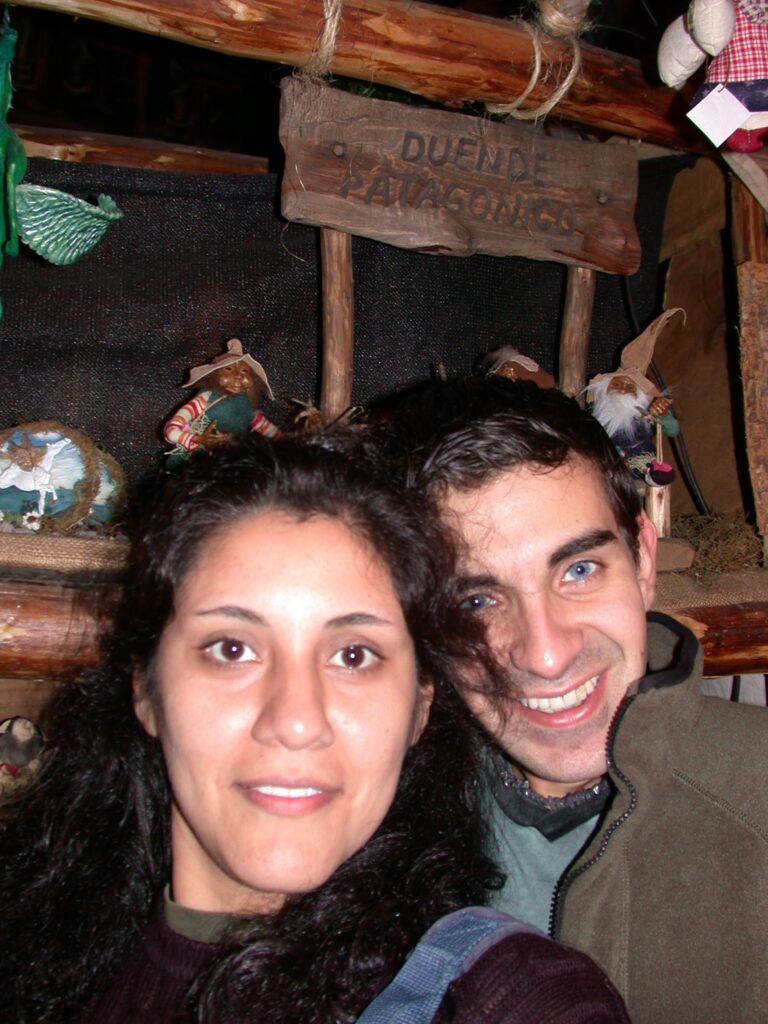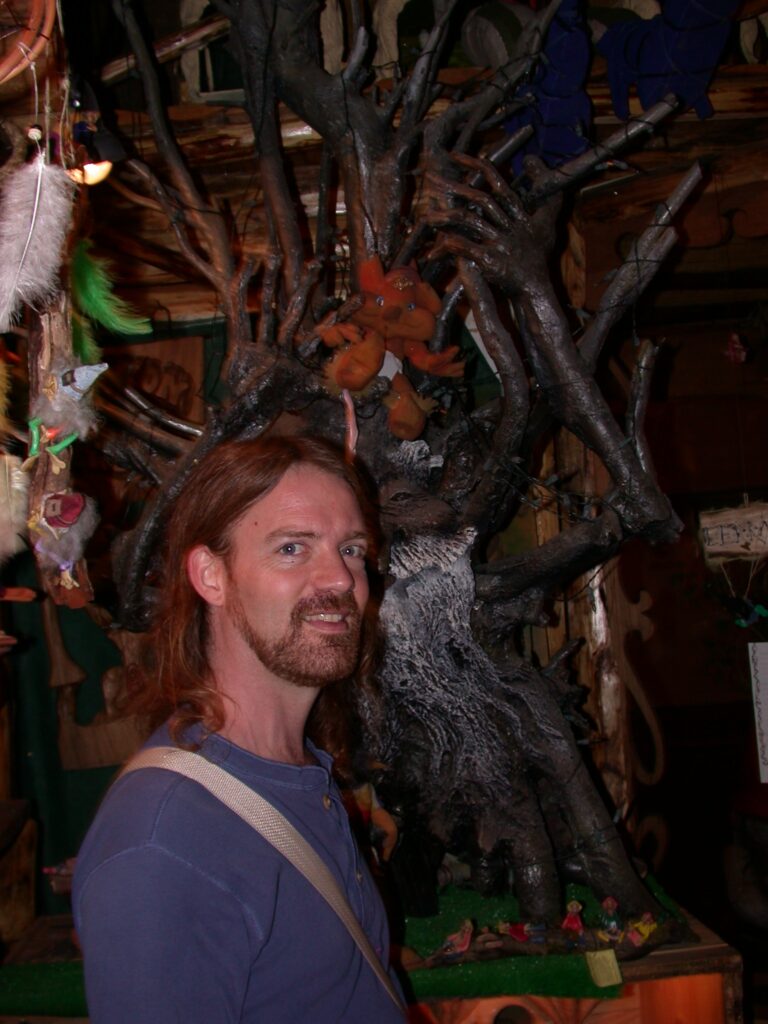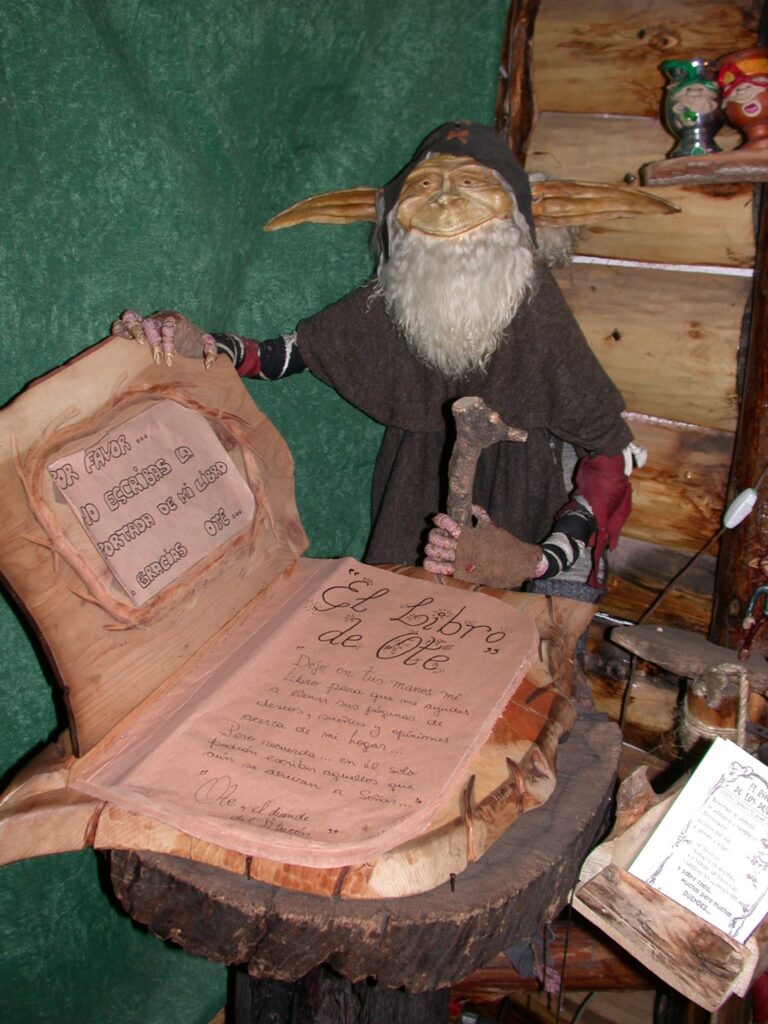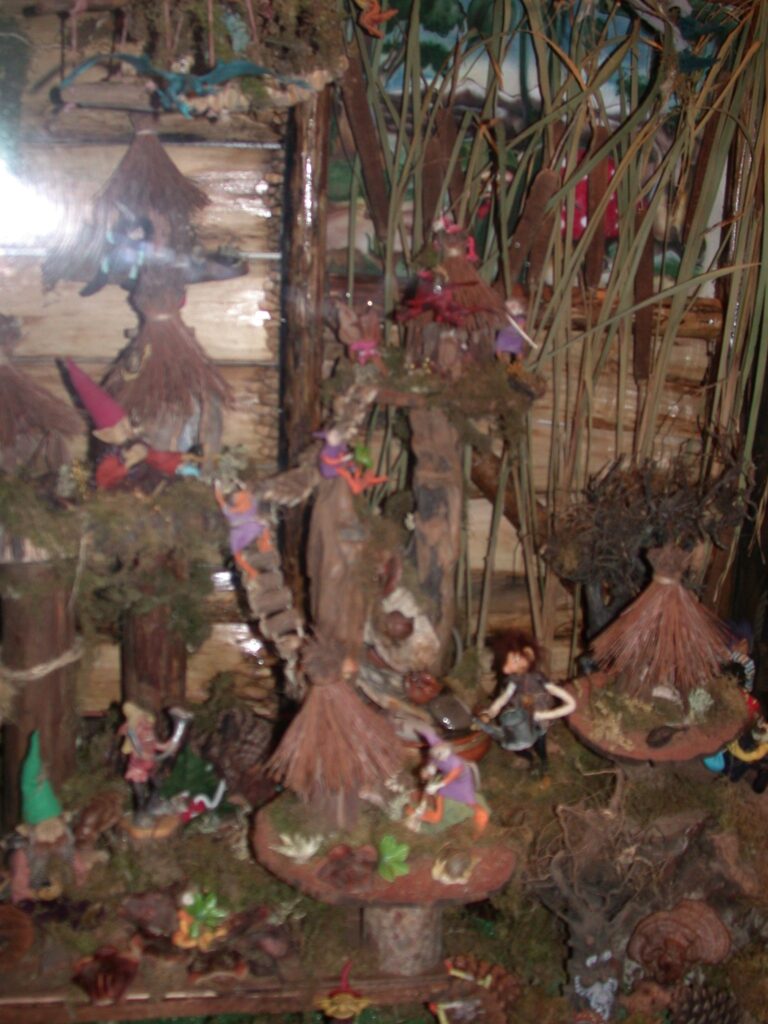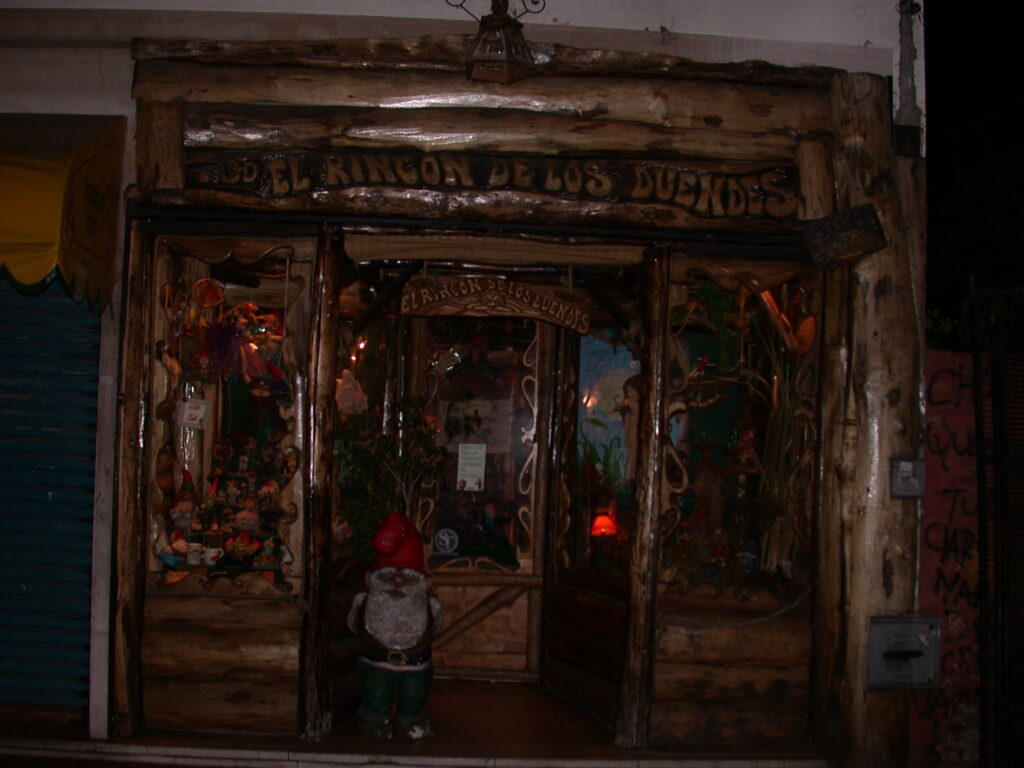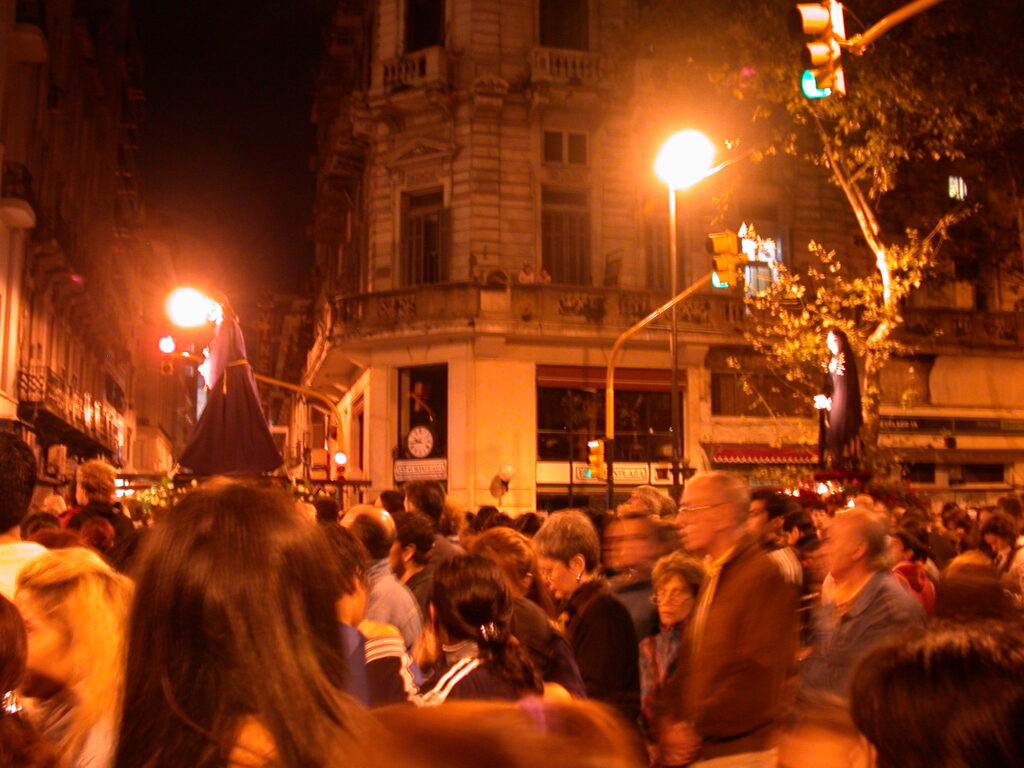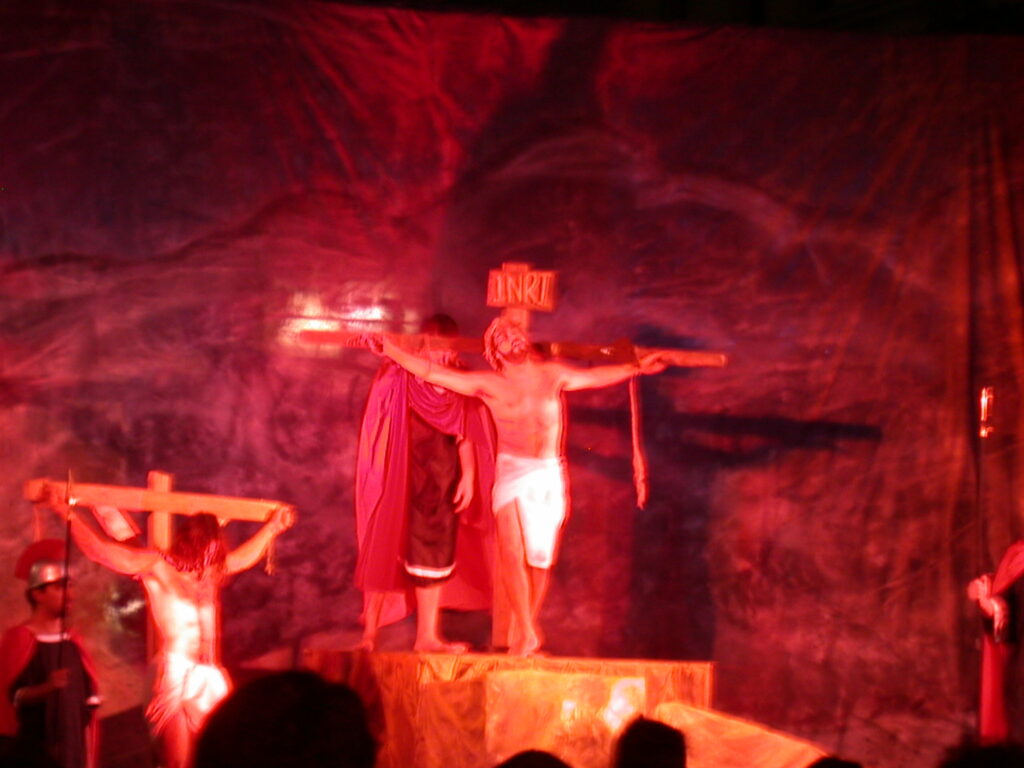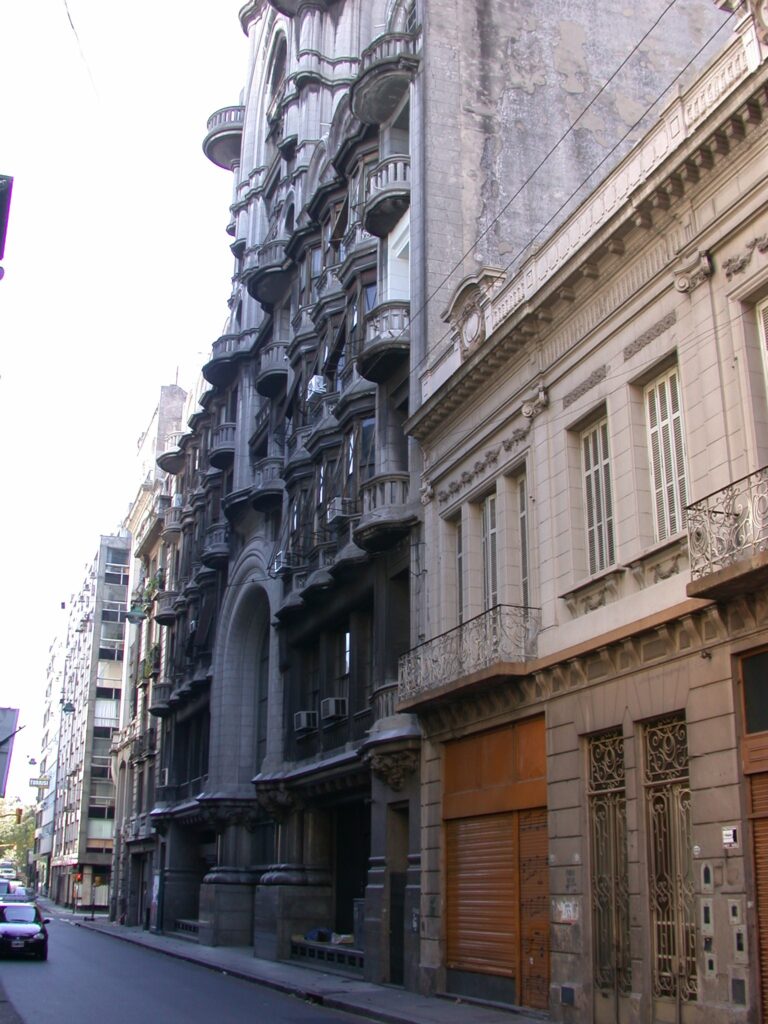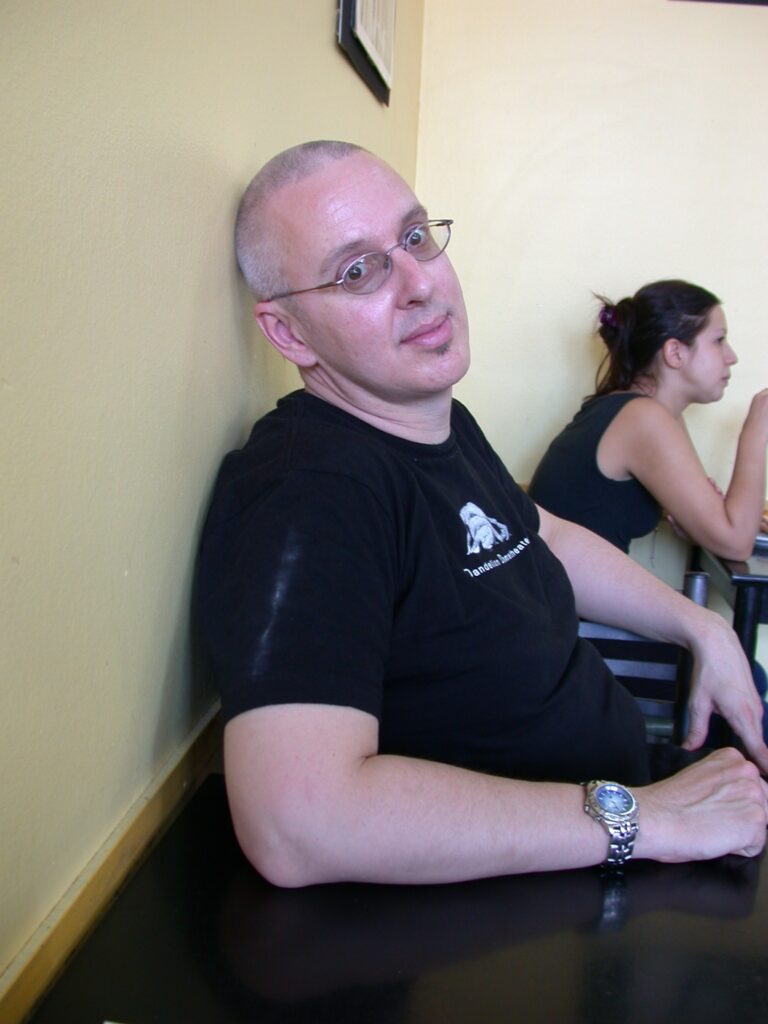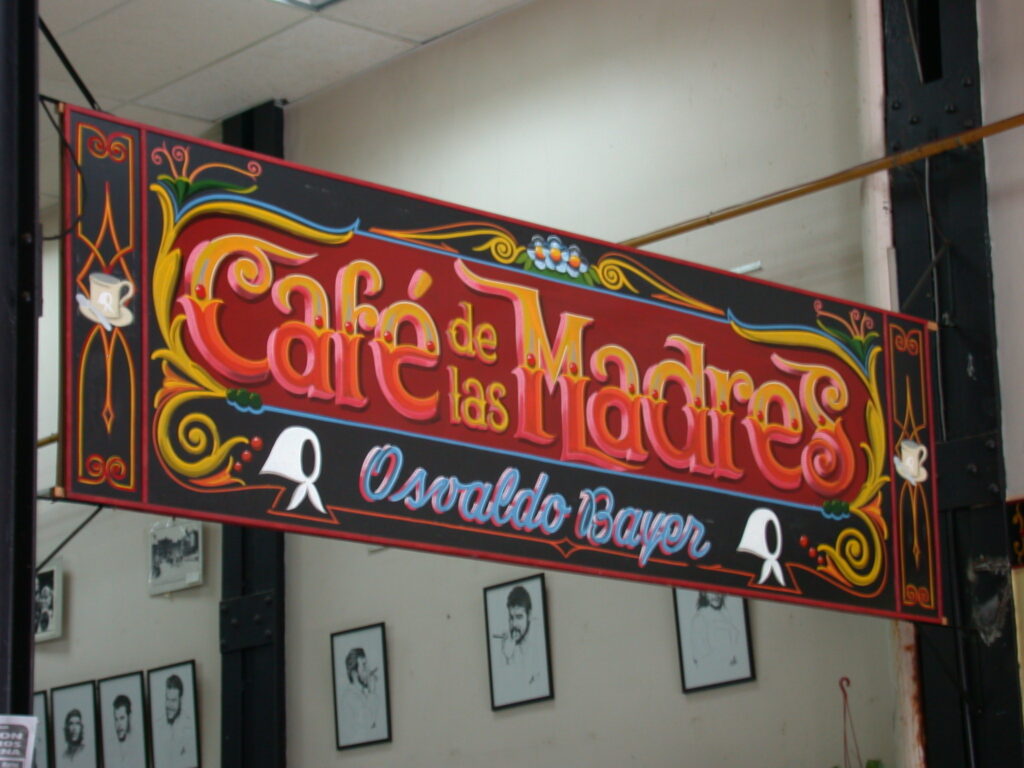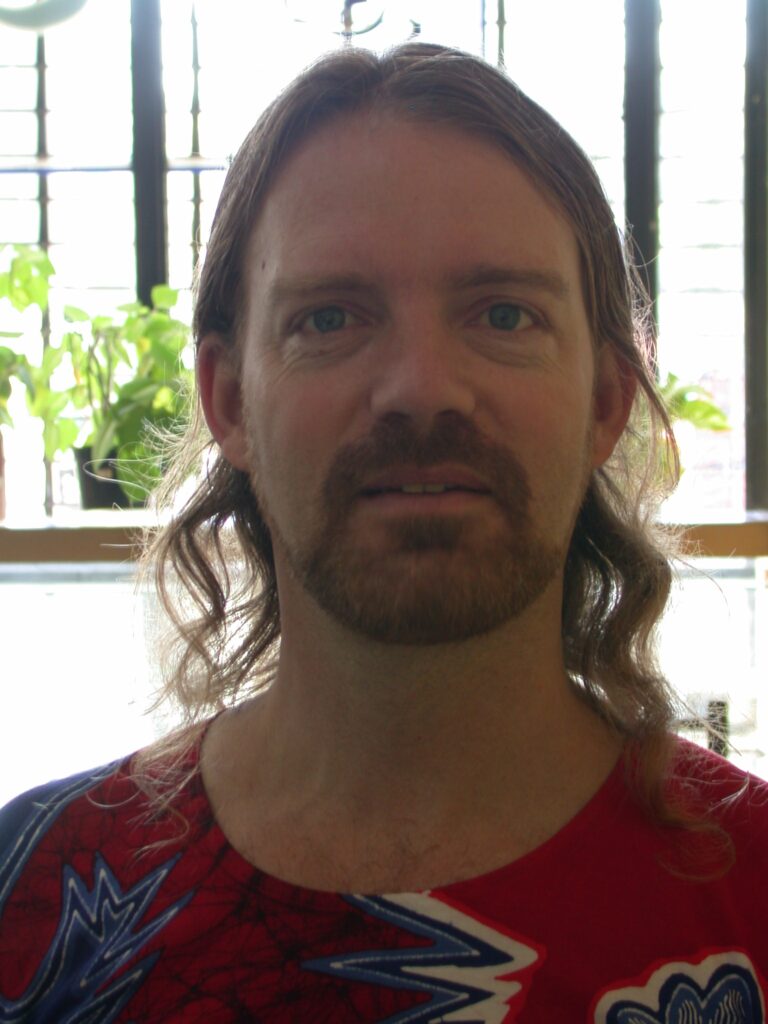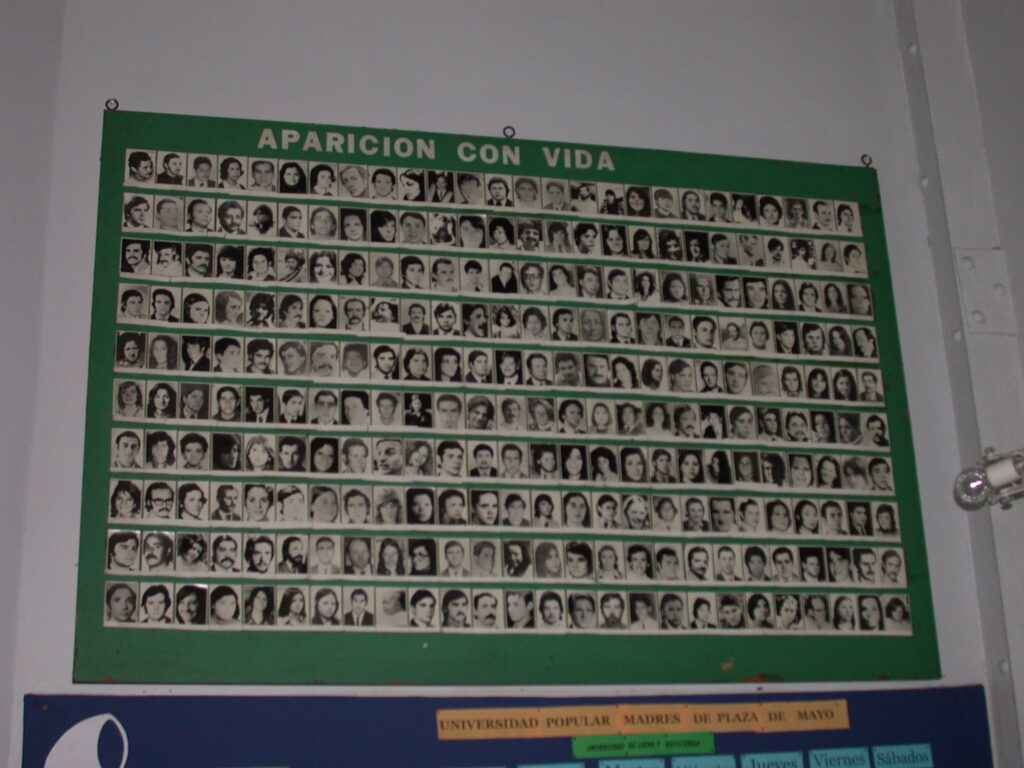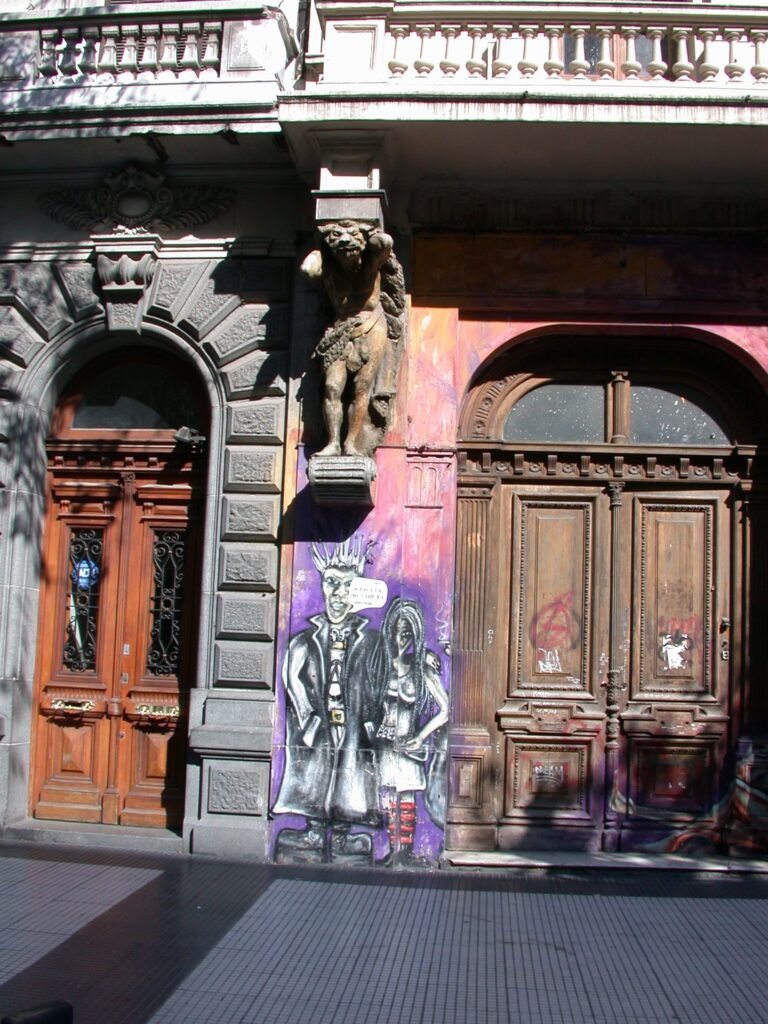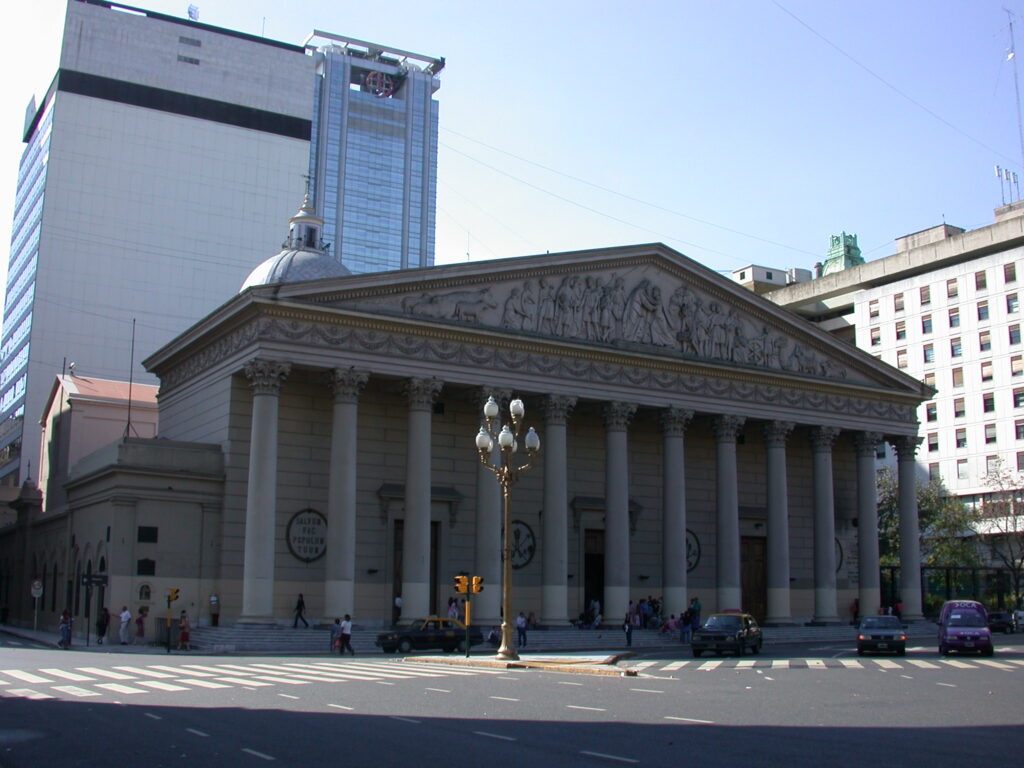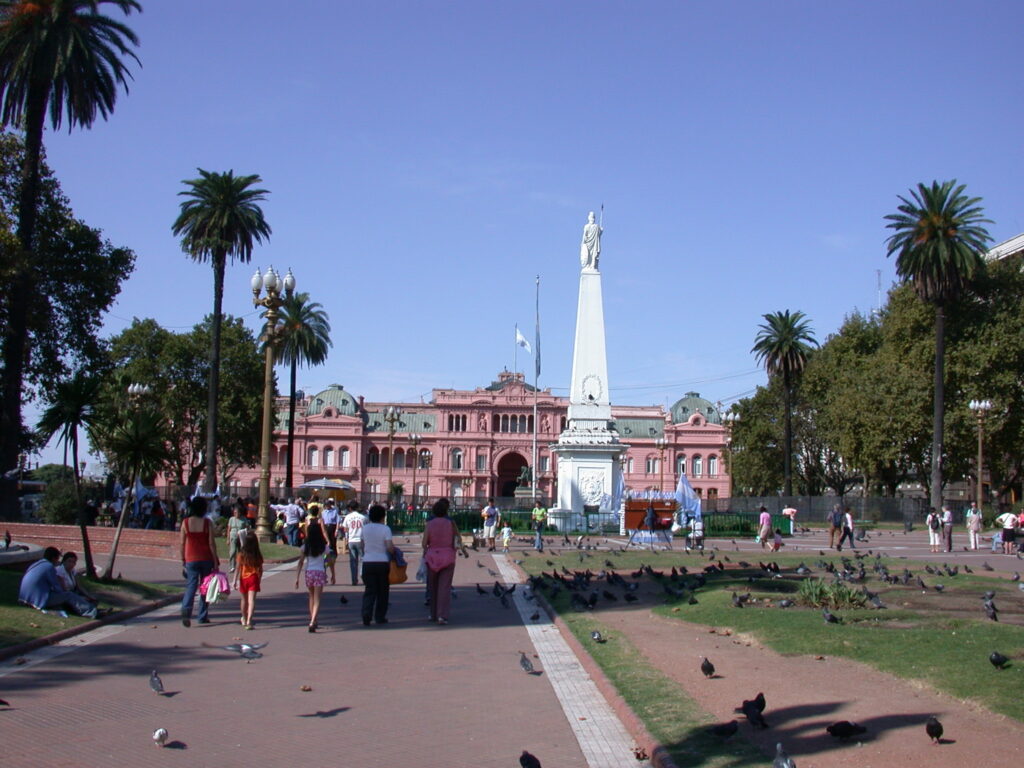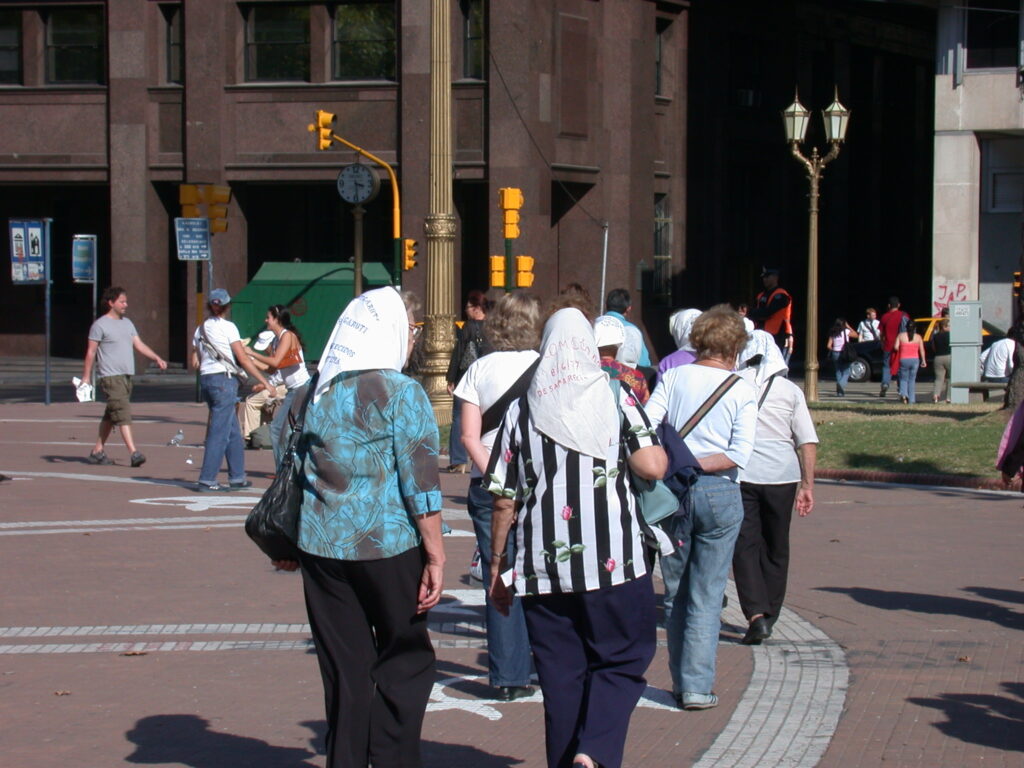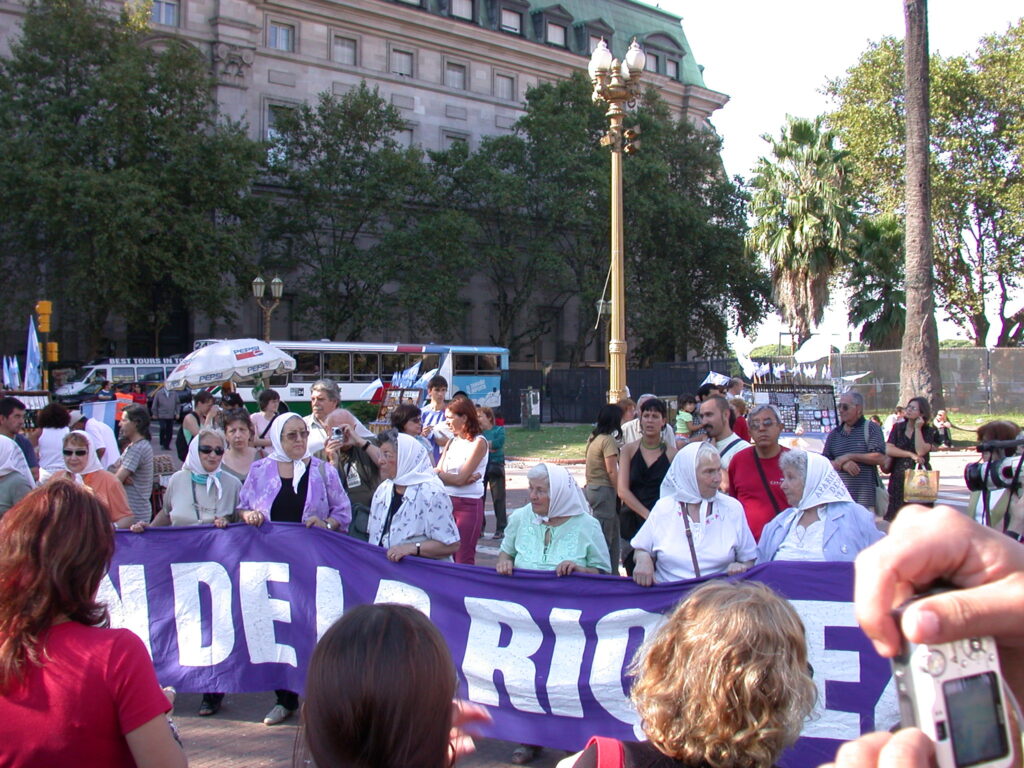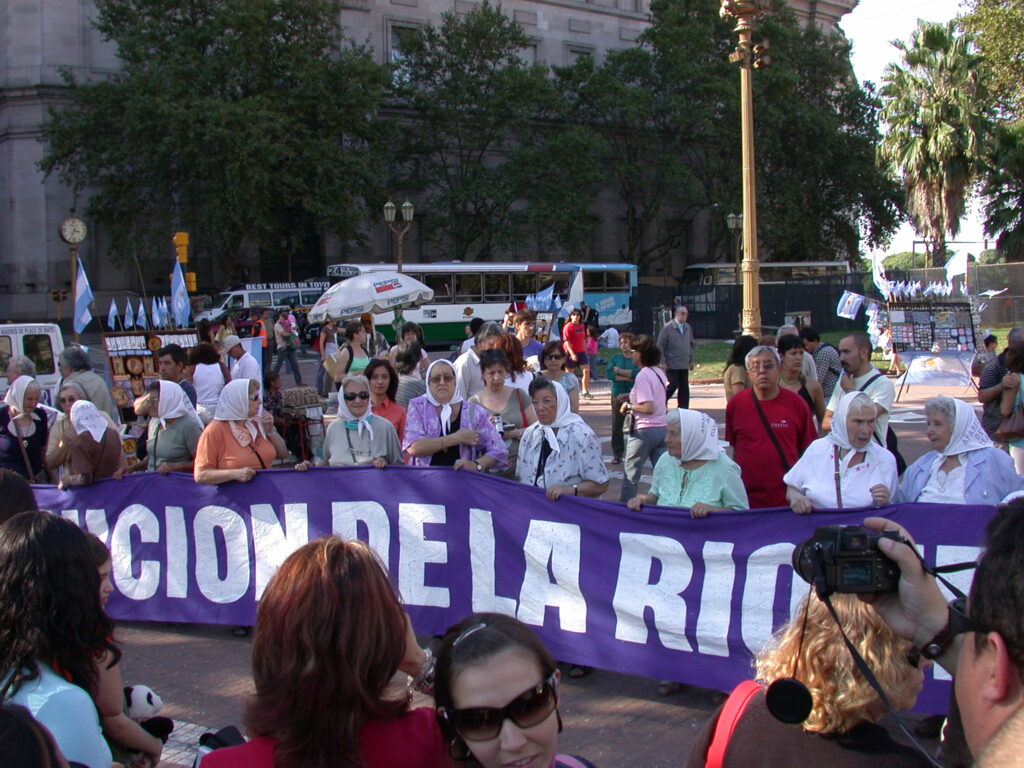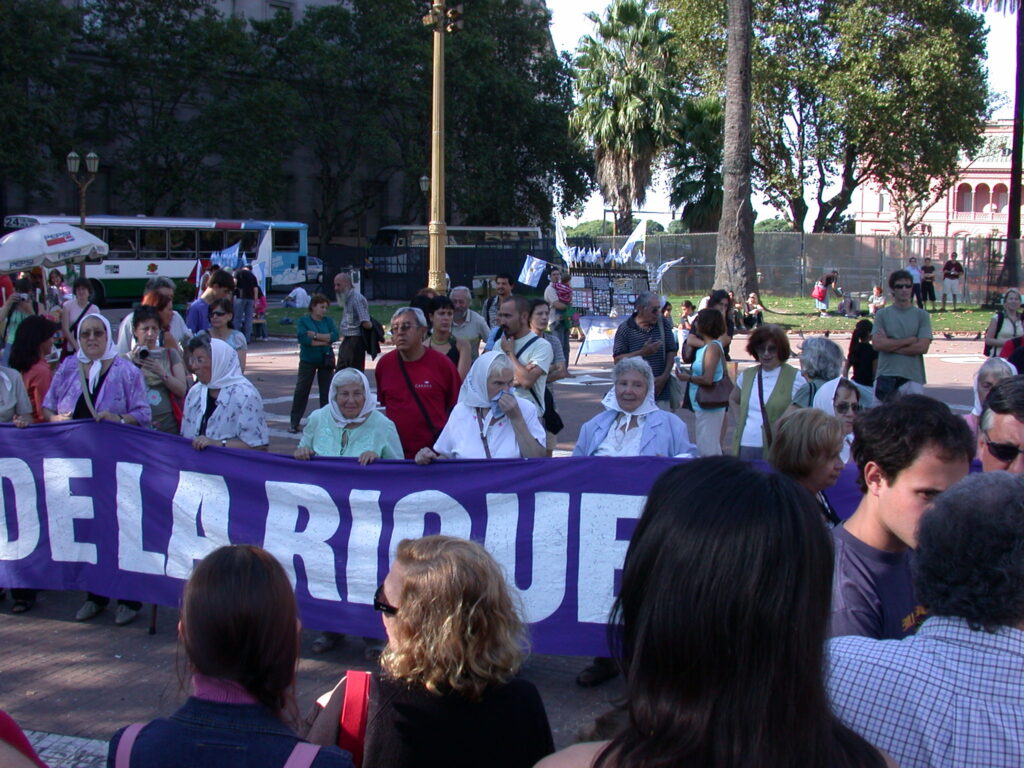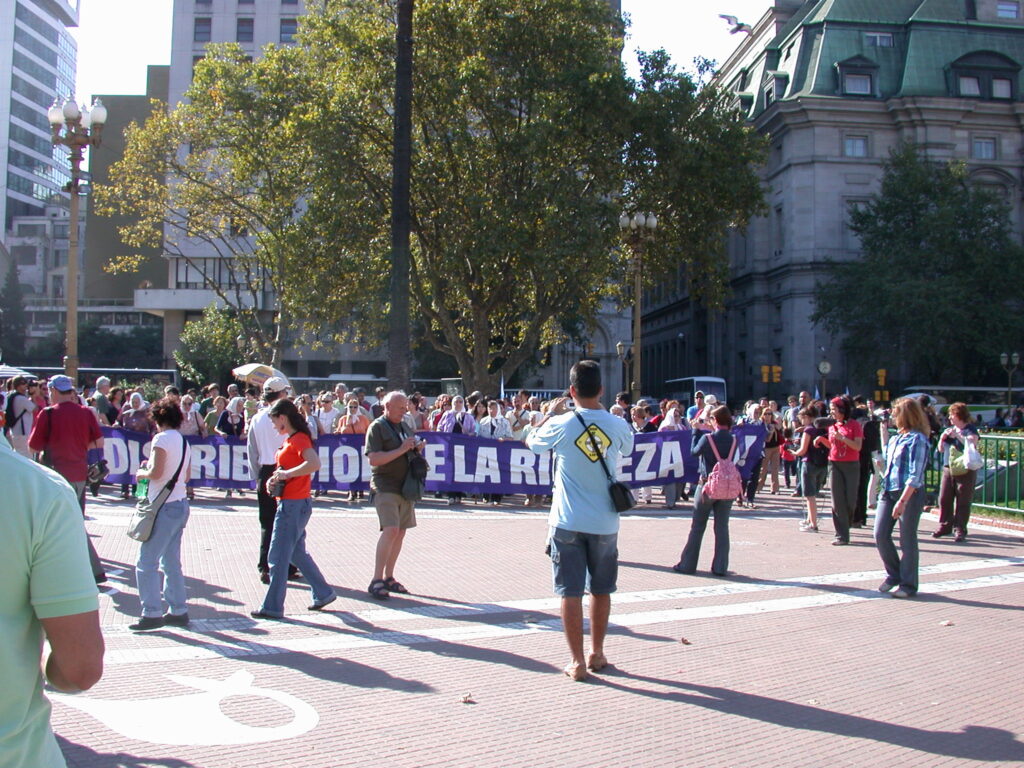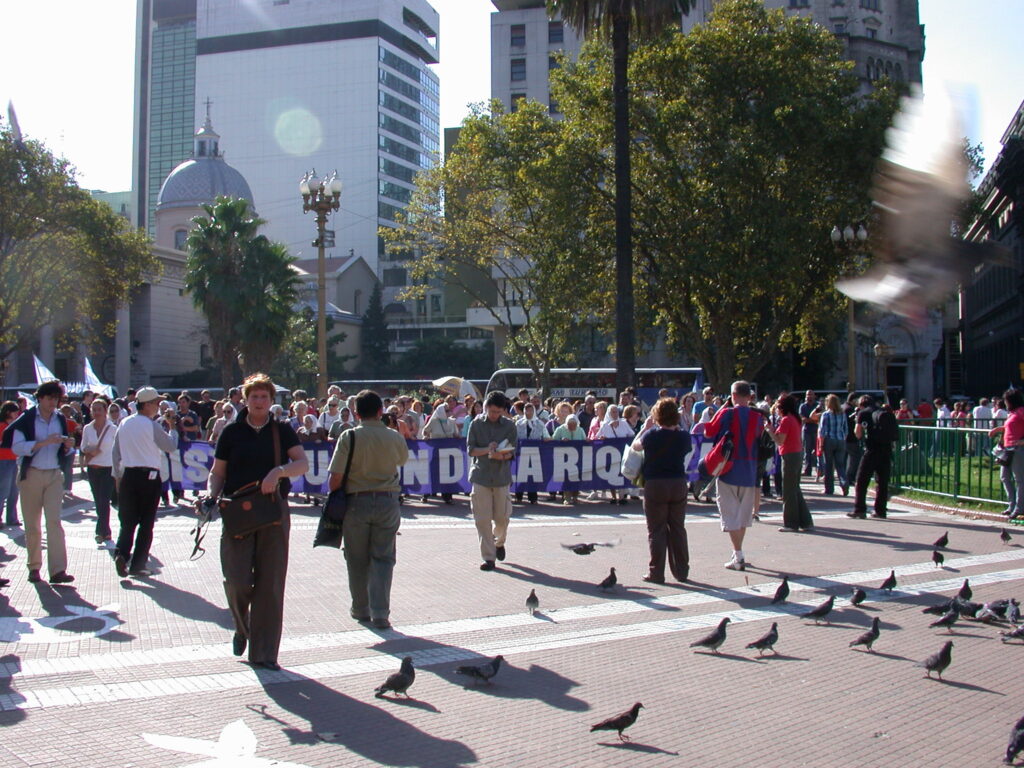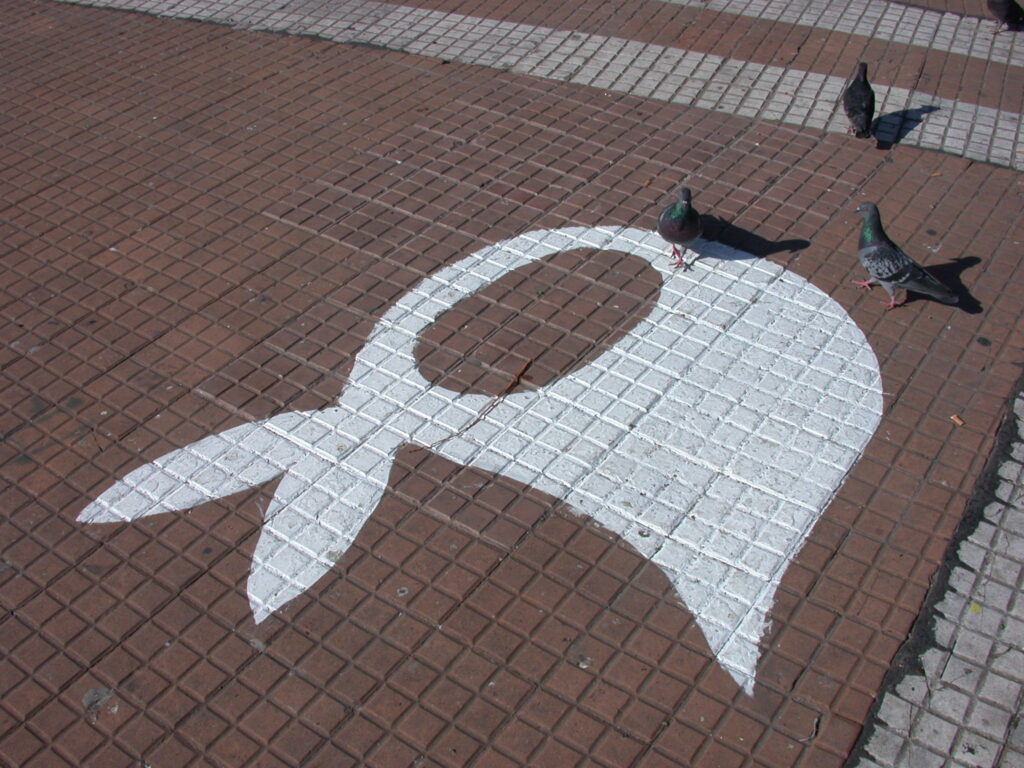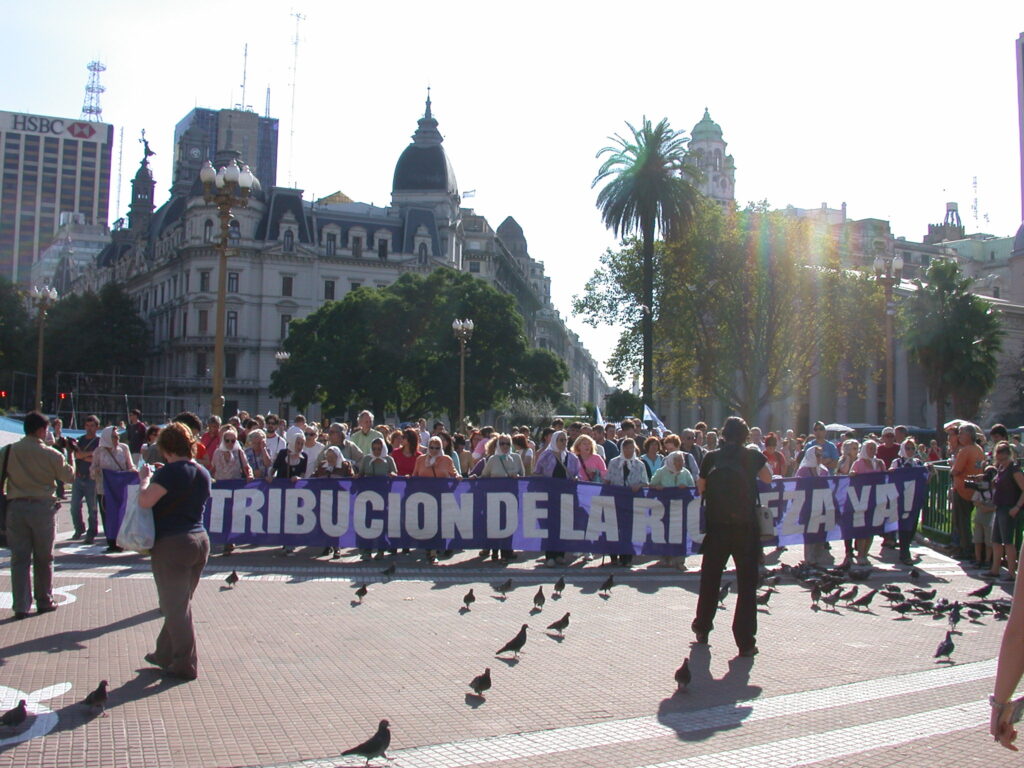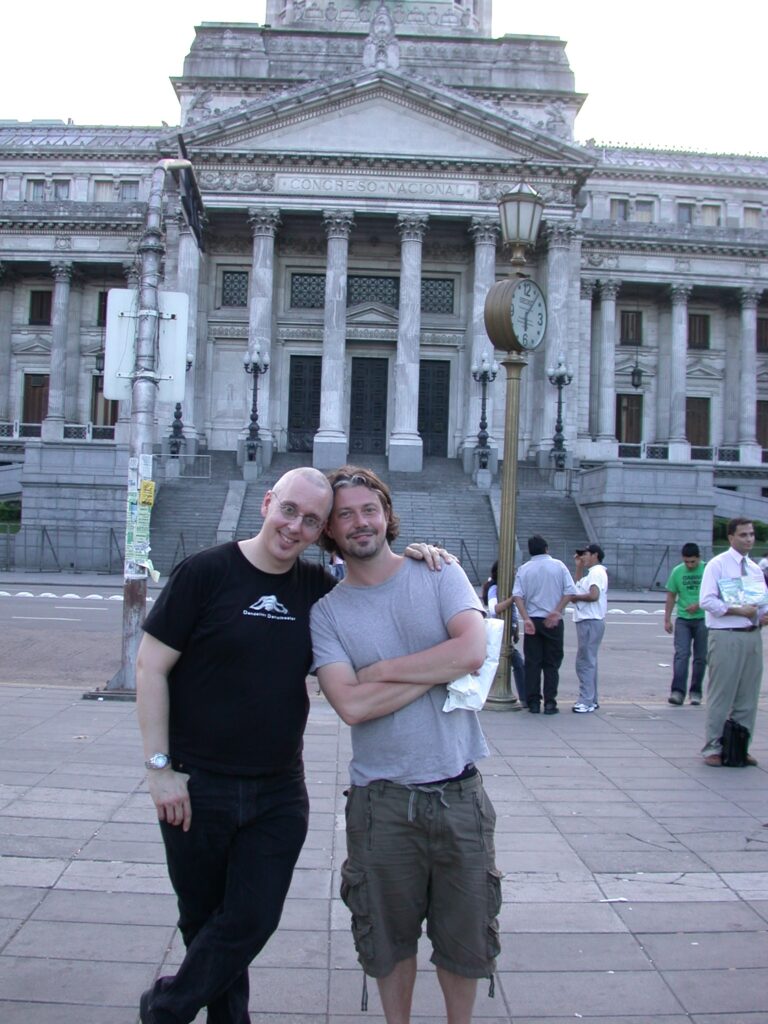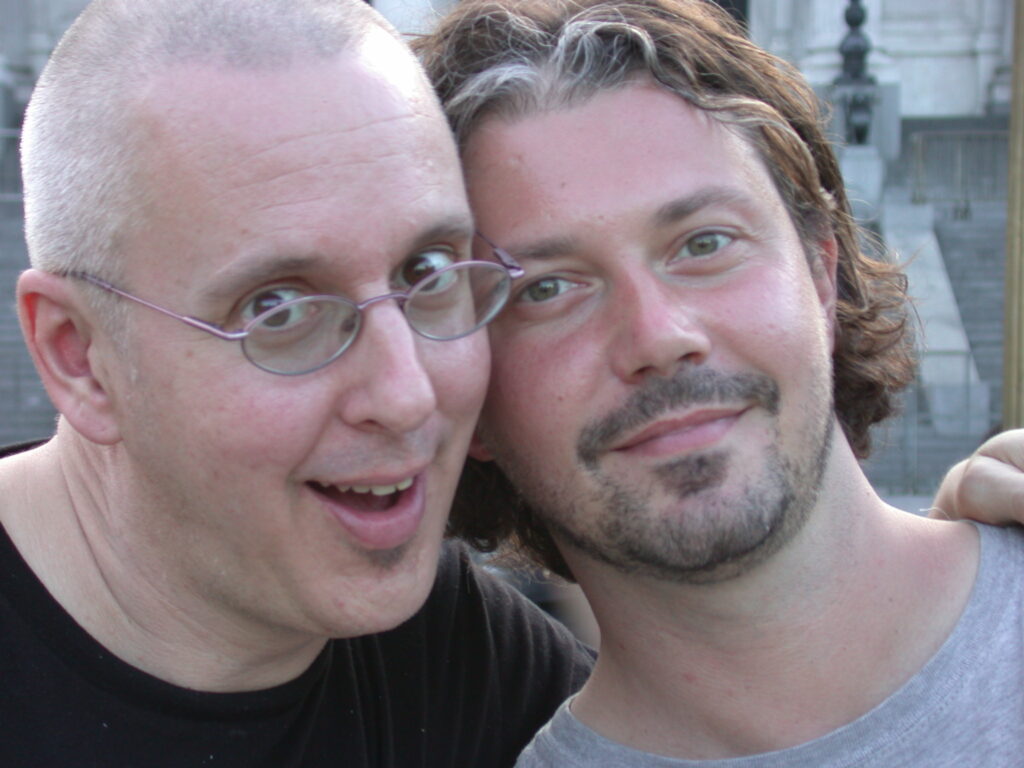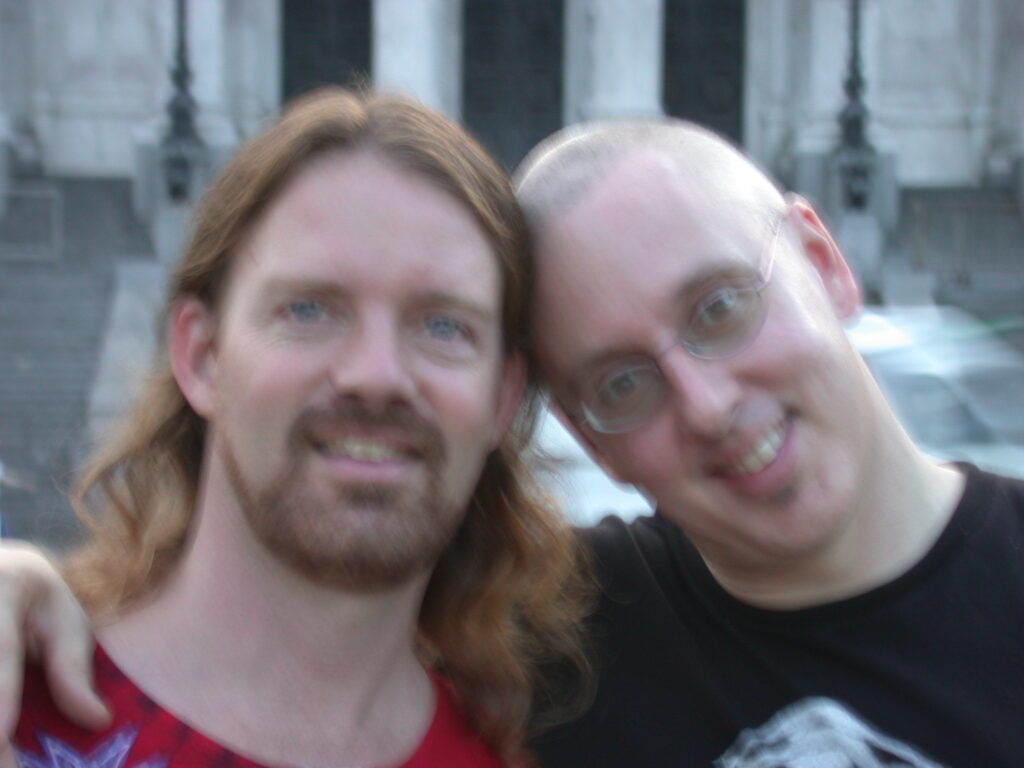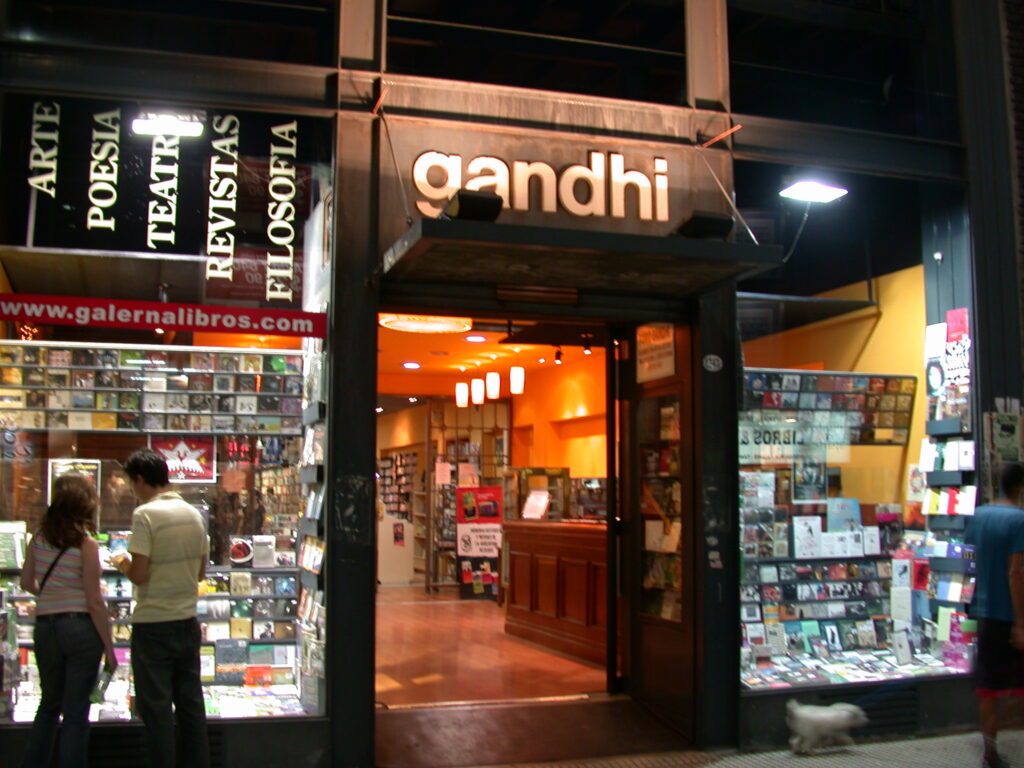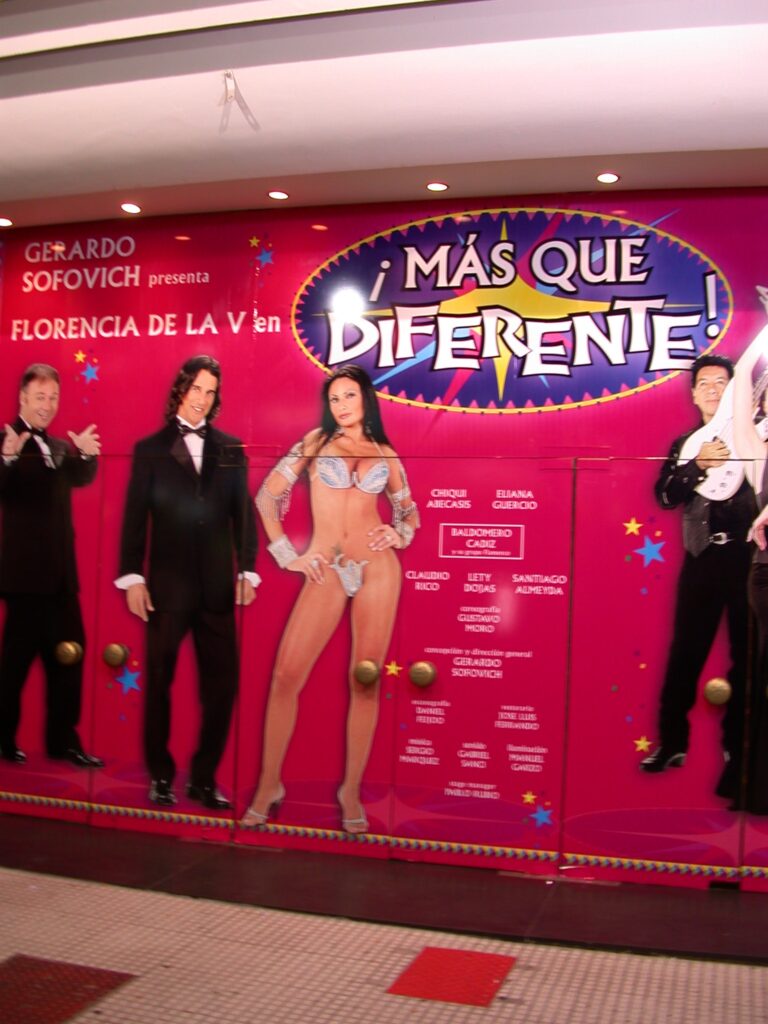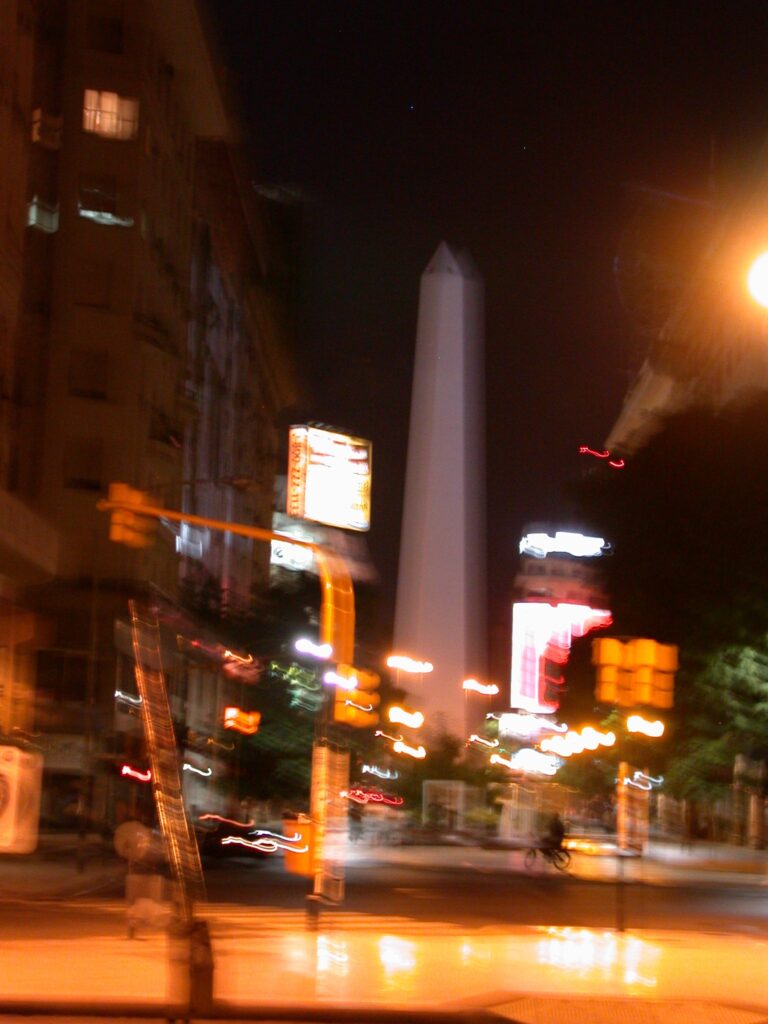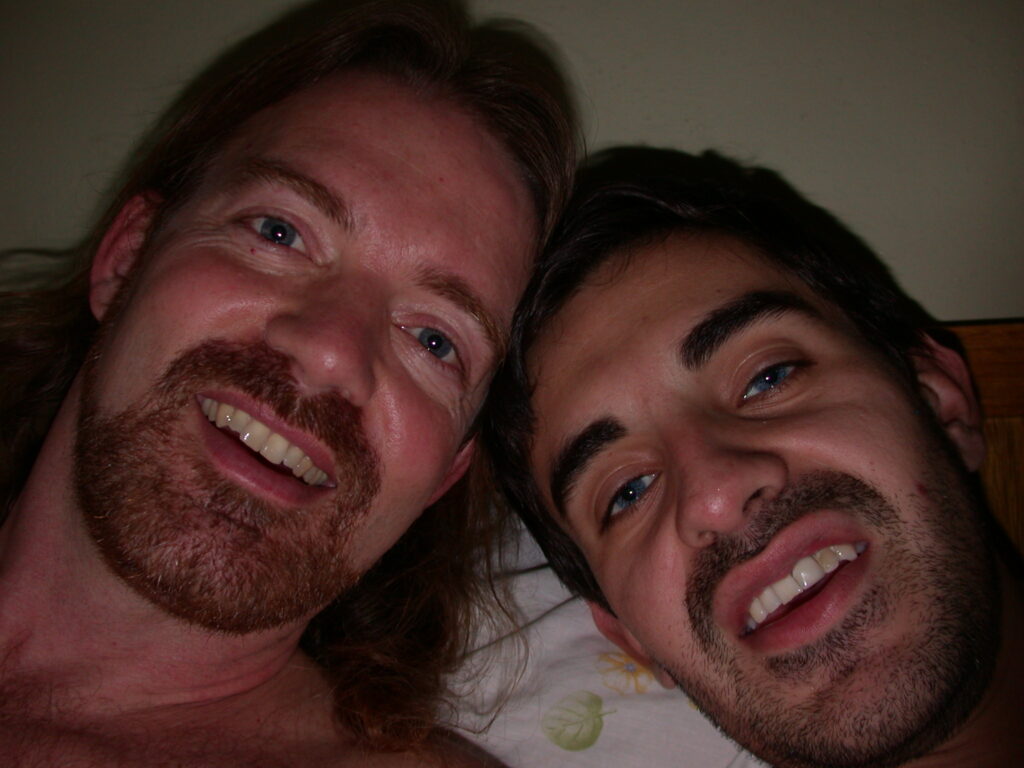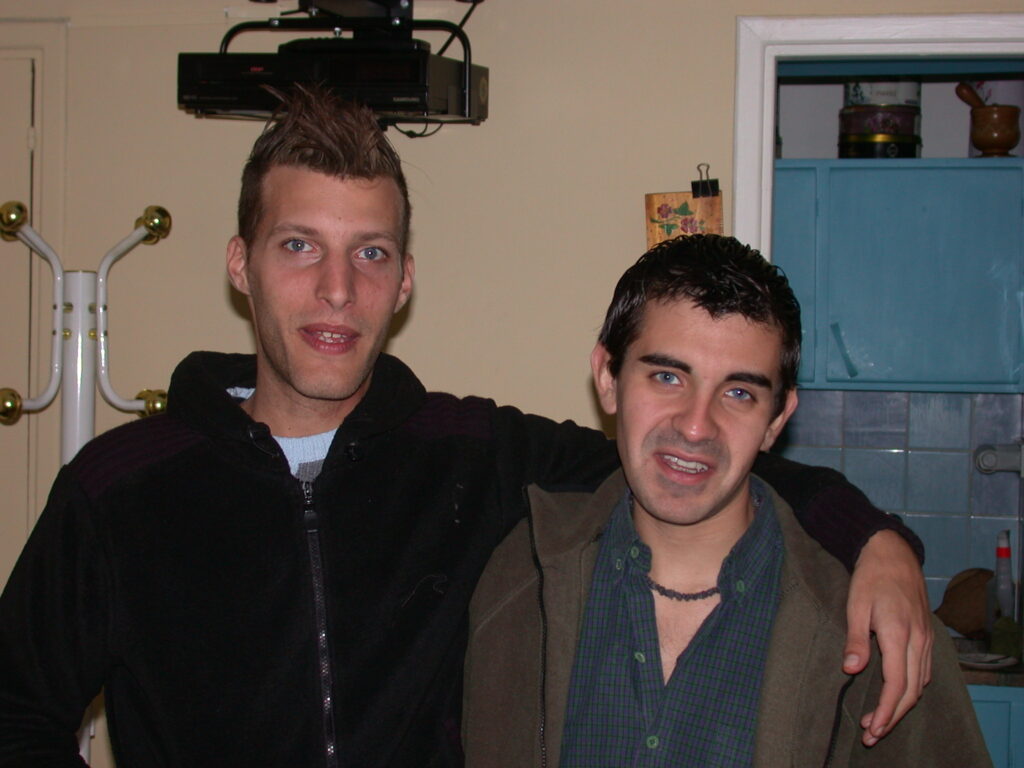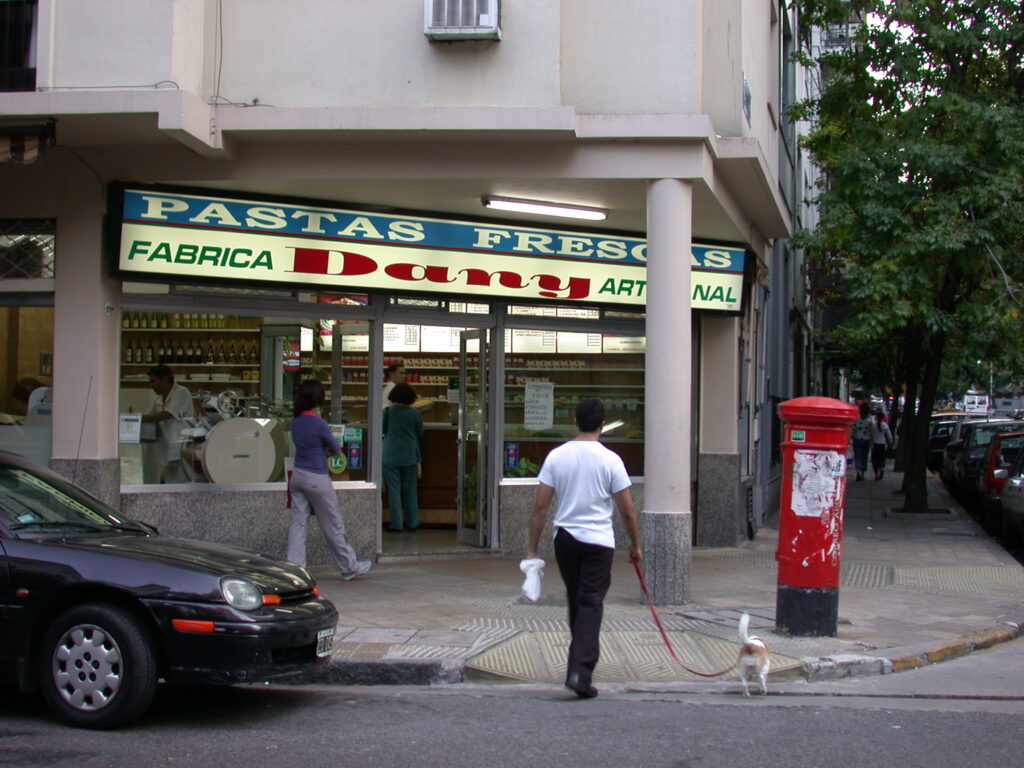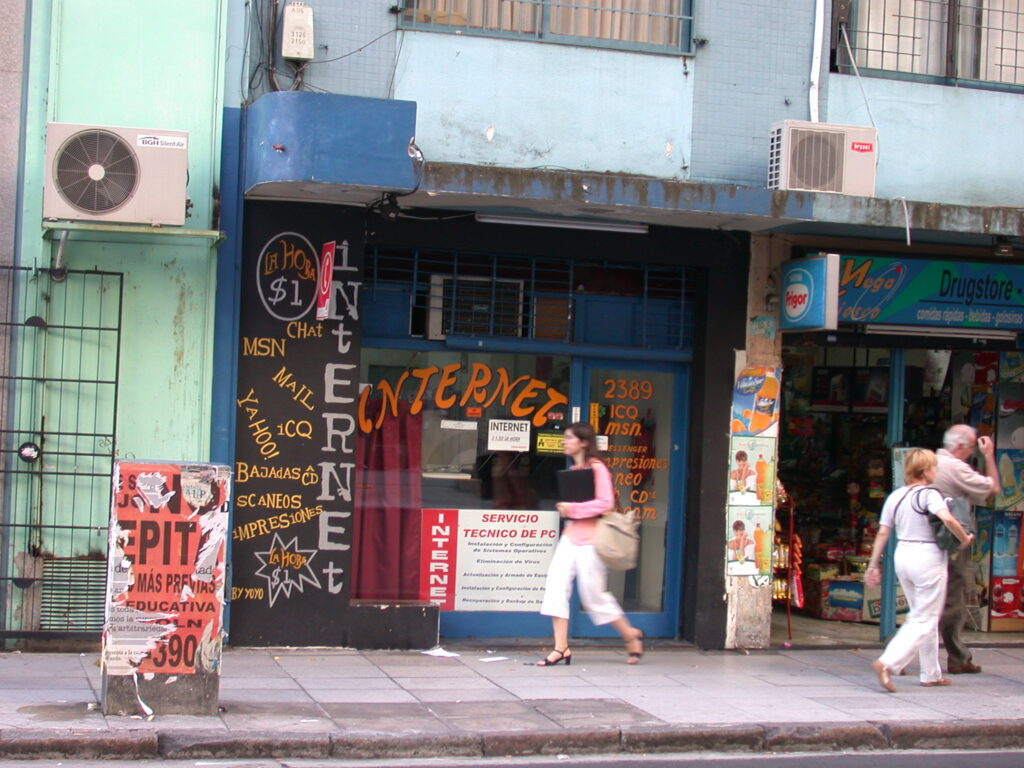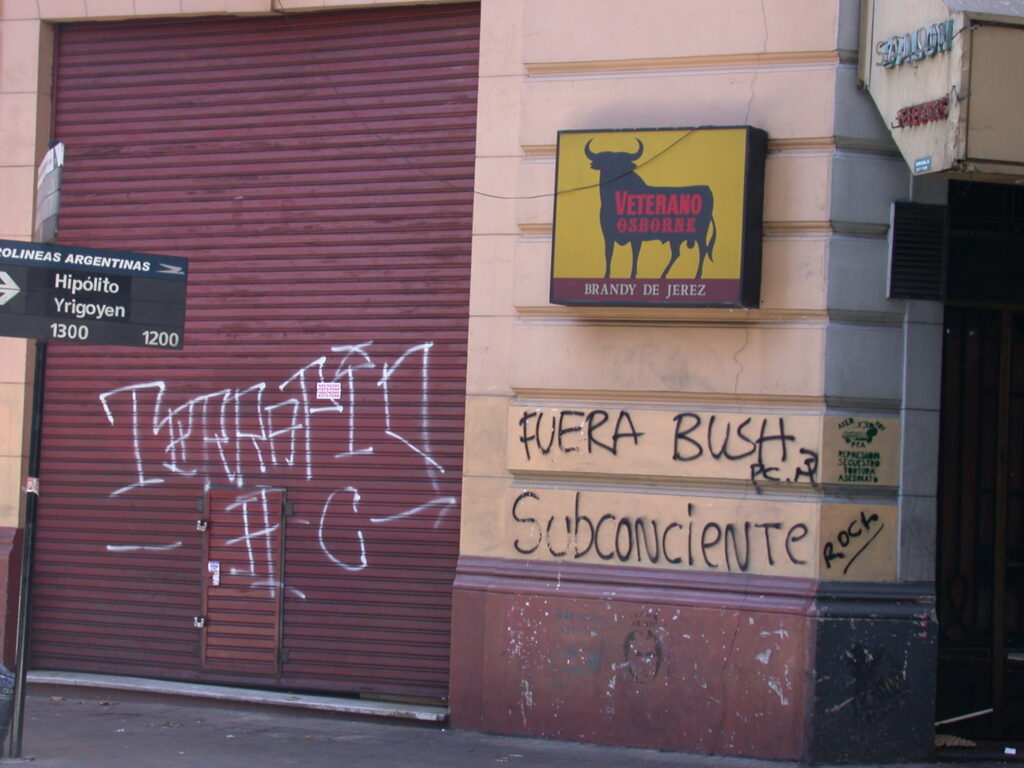Yesterday, I arrived in Buenos Aires. I spent 20 hours in airports and planes with a bit of turbulence along the way. I really don´t like the traveling part of travel–I prefer being there.
I love the views from above the clouds in airplanes. Sometimes it looks like a glacial mountainous landscape or a dark turbulent ocean or a windswept parched desert.
Fog prevented our landing in Buenos Aires for a couple of hours. We circled around and around. Then, after we landed, I made it through passport control and customs with no problem. I waited for my friend Jim e Sparklepant´s flight to land. His flight was delayed due to fog as well.
We waited for an hour in the airport for the taxi scheduled by the hotel to arrive. It didn´t come so we called the hotel. We waited another hour and it still didn´t arrive so we called the hotel and ordered a taxi from the airport stand, which we should have done in the first place, as it turned out to be just as safe and a bit cheaper.
Of course, the taxi driver drove like a bat out of hell. I thought San Franciscans didn´t respect lane boundaries, but Argentinians have made sliding between lanes a national pastime. I took quite a few deep breaths as the trucks, taxis, and cars narrowly missed changing into the same lane at the same time.
Roberto greeted us upon our arrival at Hotel Bayres, in the Viejo Palermo barrio. He was friendly, and I was a bit grumpy about the taxi. Jim e and I made a pact to converse as much as possible in Spanish so he can become fluent and I can learn. I´m understanding much of what I hear, but occasionally I miss the meaning entirely.
The hotel is inexpensive ($30 per night with shared bath and $40 with separate bath) and the rooms are quaint. The rate includes a continental breakfast served at any time of day.
Before taking a nap, Jim e and I walked to Miranda, a charming restaurant recommended by Roberto. We had pasta with delicious sauces and hearty bread with an herb butter. The servers were very handsome, as are many of the guys and women in Buenos Aires.
Buenos Aires is a busy city with lots of traffic and less respect for pedestrians than in San Francisco. However, if you walk a block or two from the large avenues, you can find relatively quiet streets, much more pleasant for a stroll. Many of the streets are in disrepair with what seem to be sidewalk improvement projects possibly initiated by local residents. Palermo Viejo has a certain charm with some old buildings and lots of shops and restaurants.
After a nap, I met an Internet friend named Daniel. We walked around Palermo Viejo again. Both of us were tired. We ate a snack of bruschetta and drank a beverage at a local restaurant. We talked about his recent trip to Europe and what to do while in Buenos Aires. He is a handsome and cosmopolitan fellow and I´d like to get to know him better.
He walked me back to the hotel and I waited with him for his bus to arrive. Then, I went back to the hotel, chatted with Jim e, played on the Internet a bit, and crashed for 12 hours!
This morning I woke up and Jim e had already left. Roberto pulled my continental breakfast together, which include a dulce de leche topping for the toast.
I must change money today because after the banks close at 3pm, they will be closed for several days for Easter holidays. Another Internet friend named Edgardo is on his way here by taxi to help me change dollars into pesos and hang out until he has to go to work at 5pm. Then, I´ll meet Andy, another Internet friend as he comes out of his appointment at the dentist at 6pm.
Fortunately, the hotel has two computers always available for Internet access, so I should be able to continue writing a lot for the next week or more.
